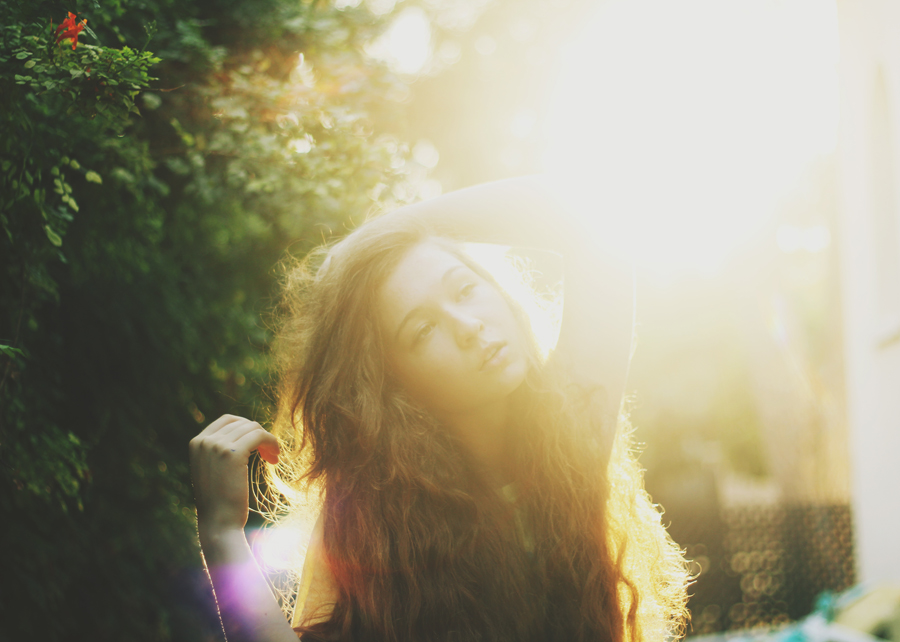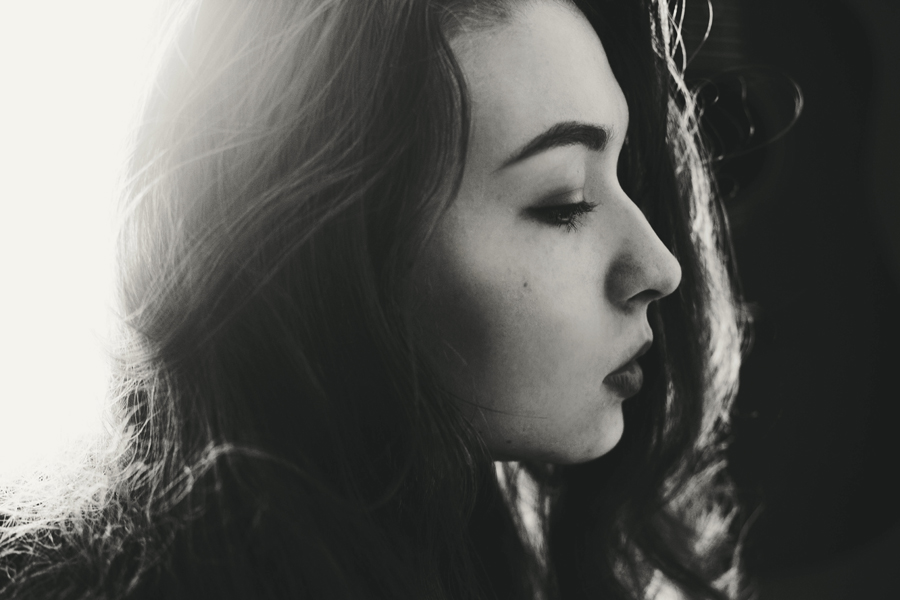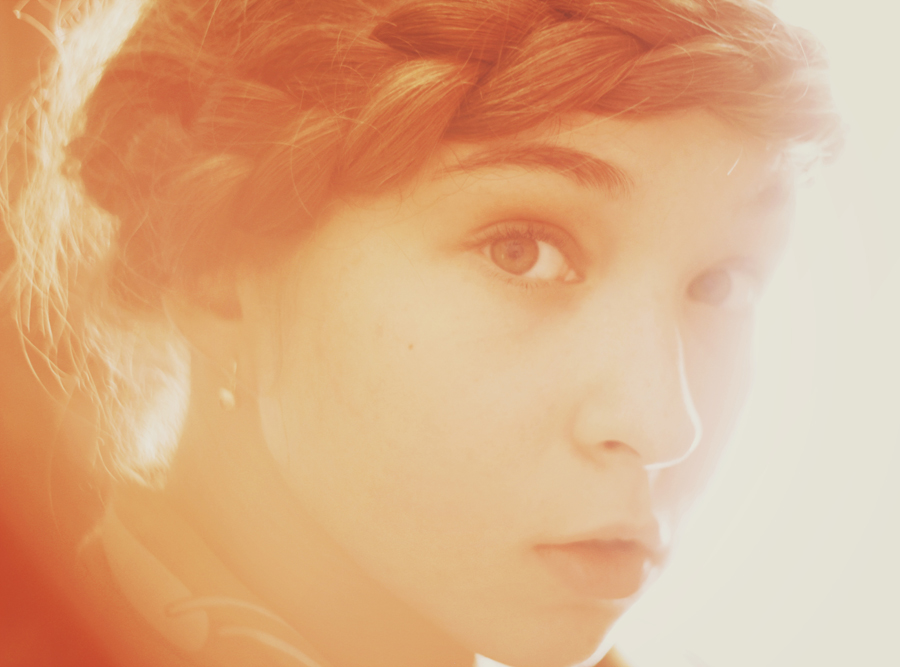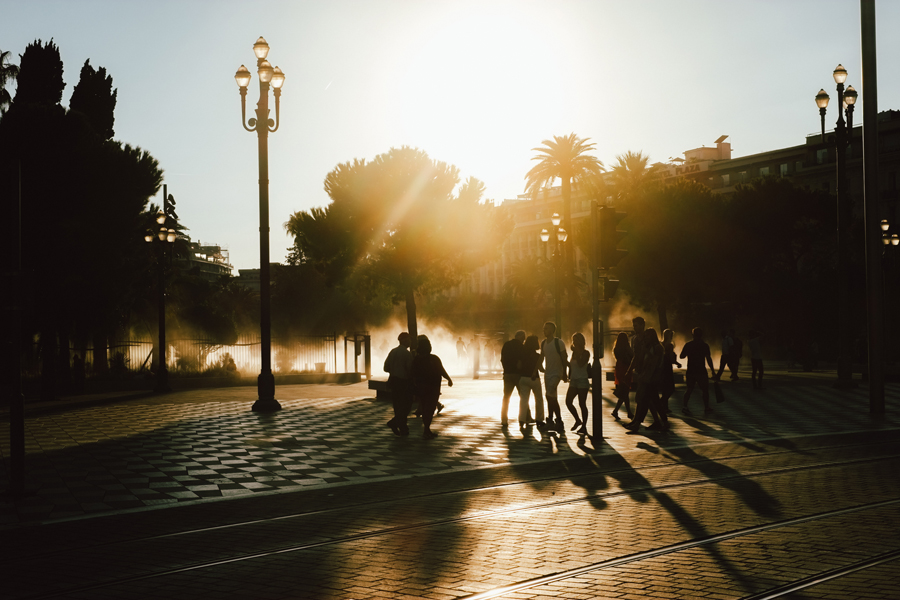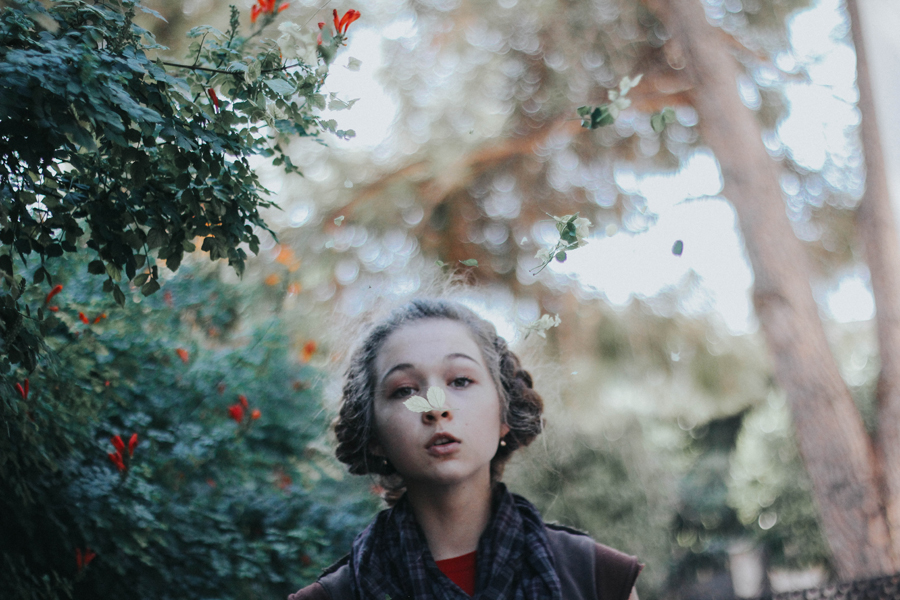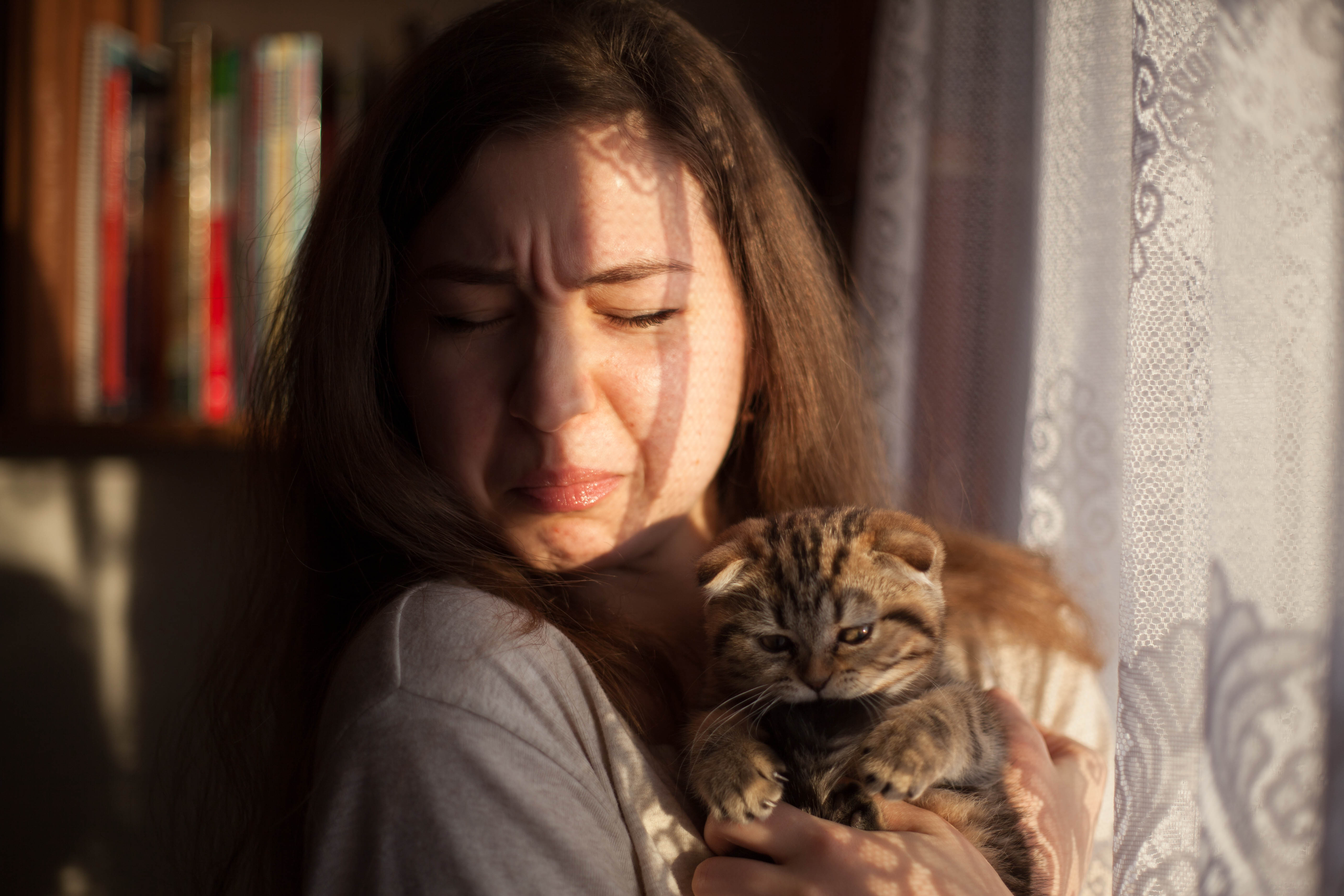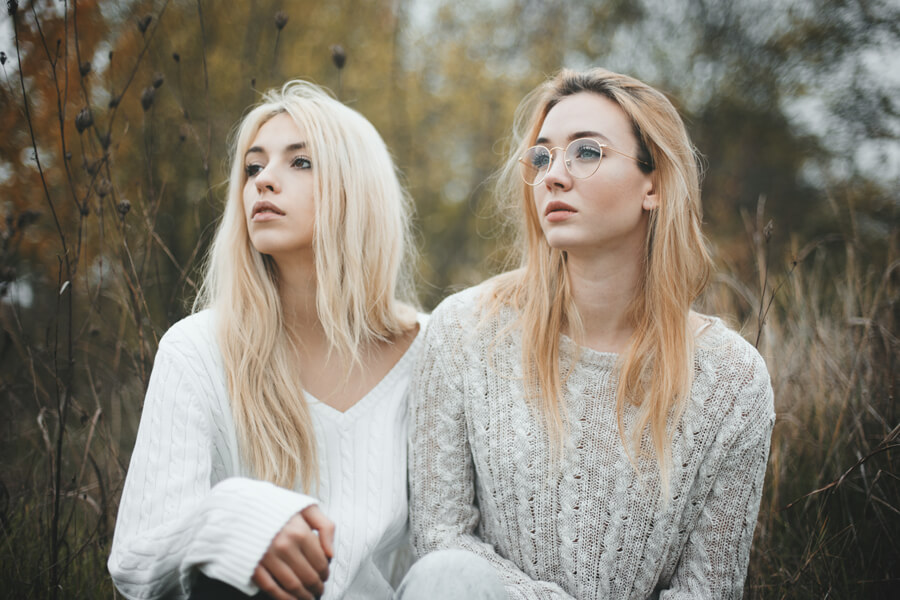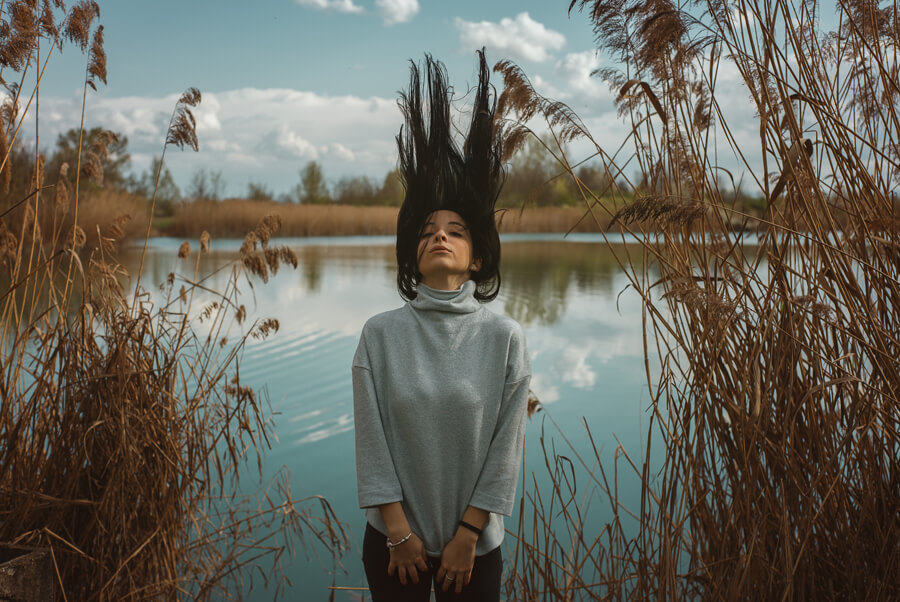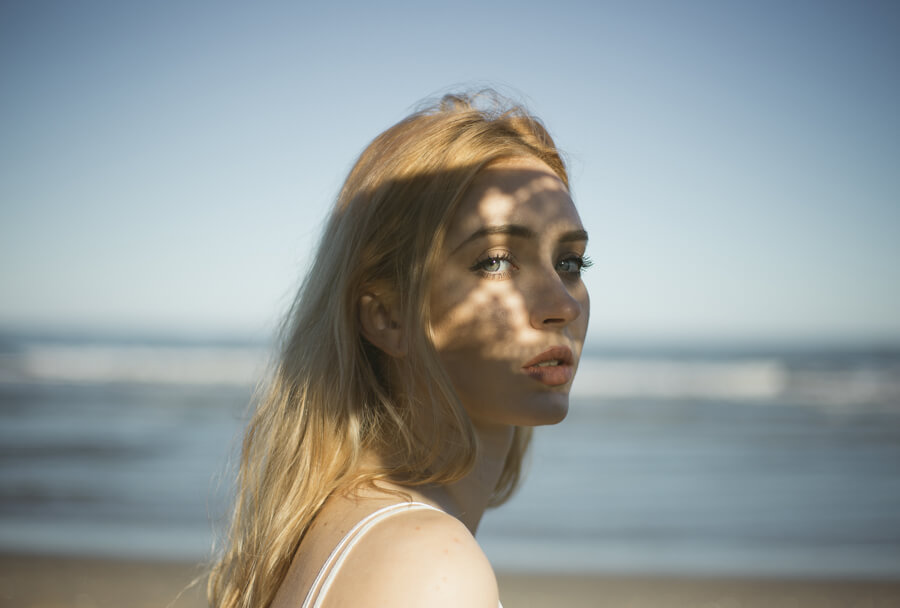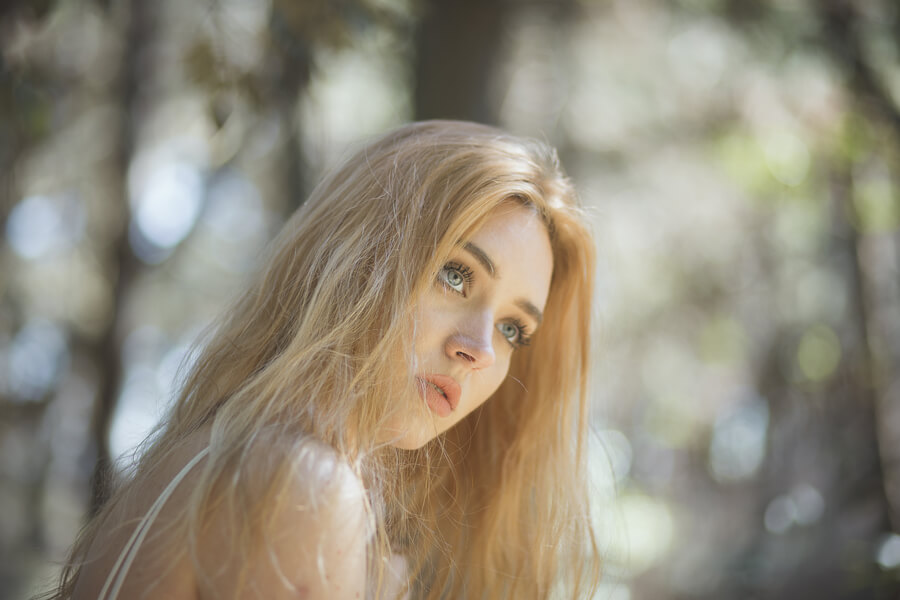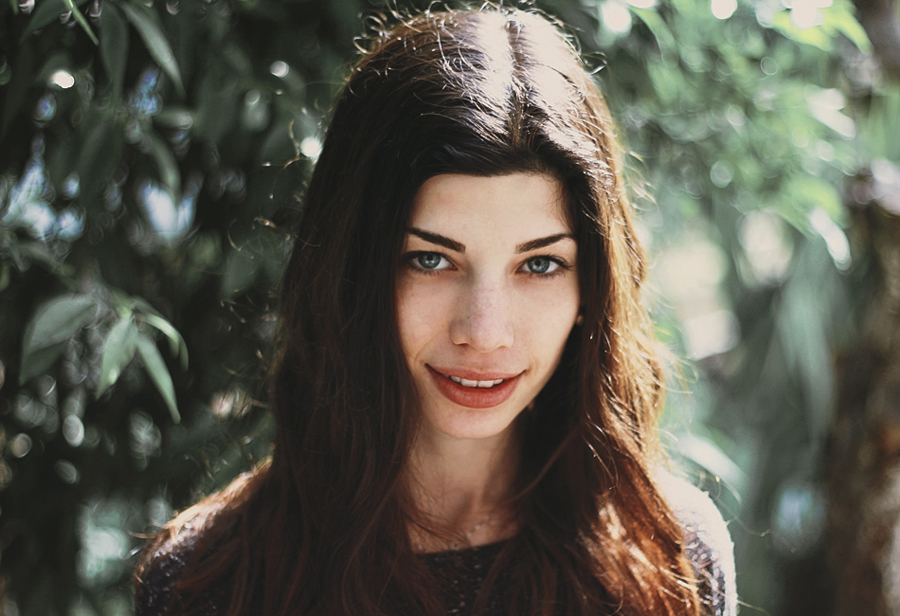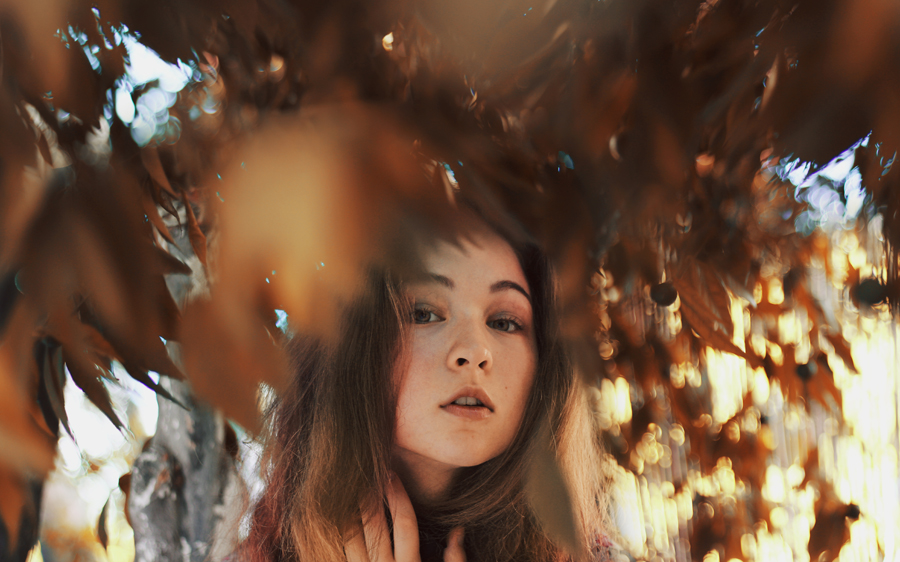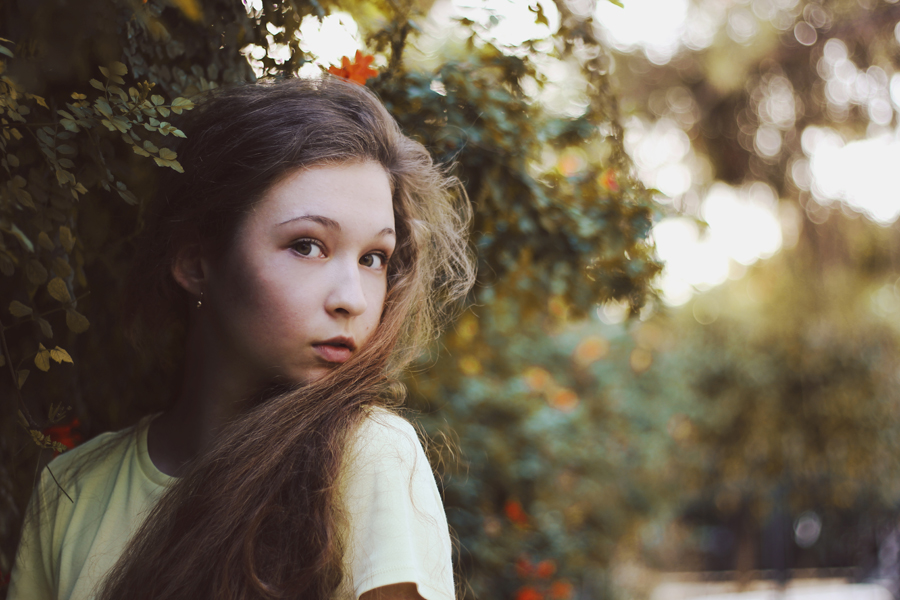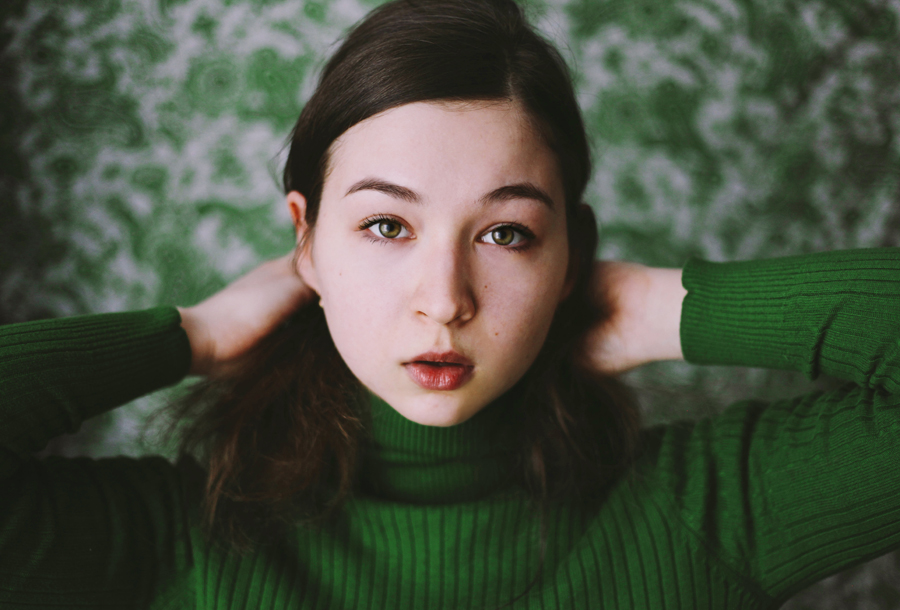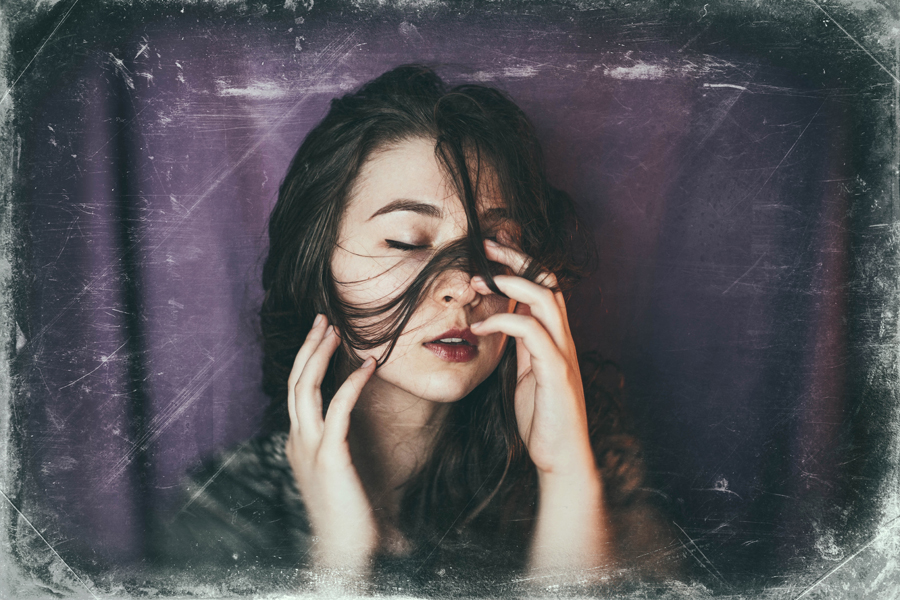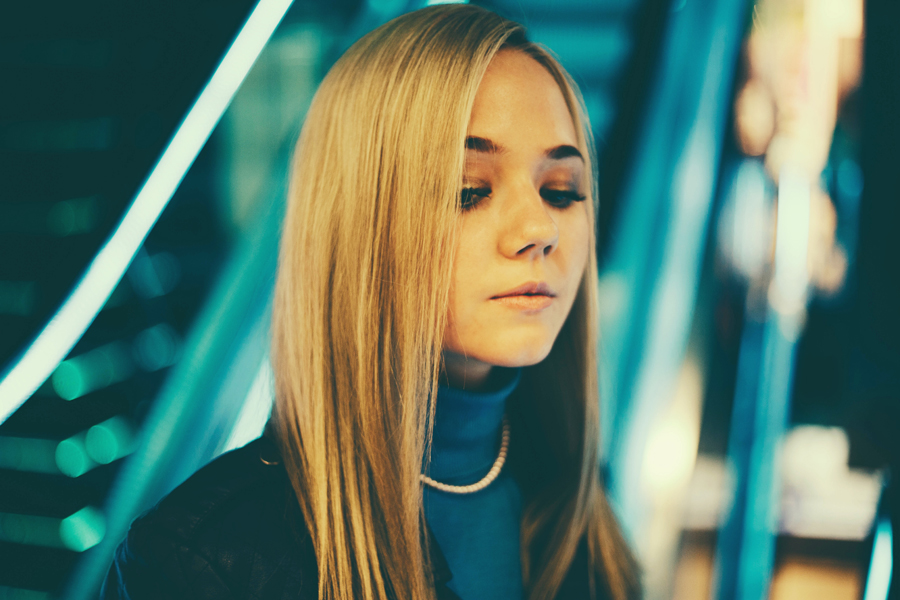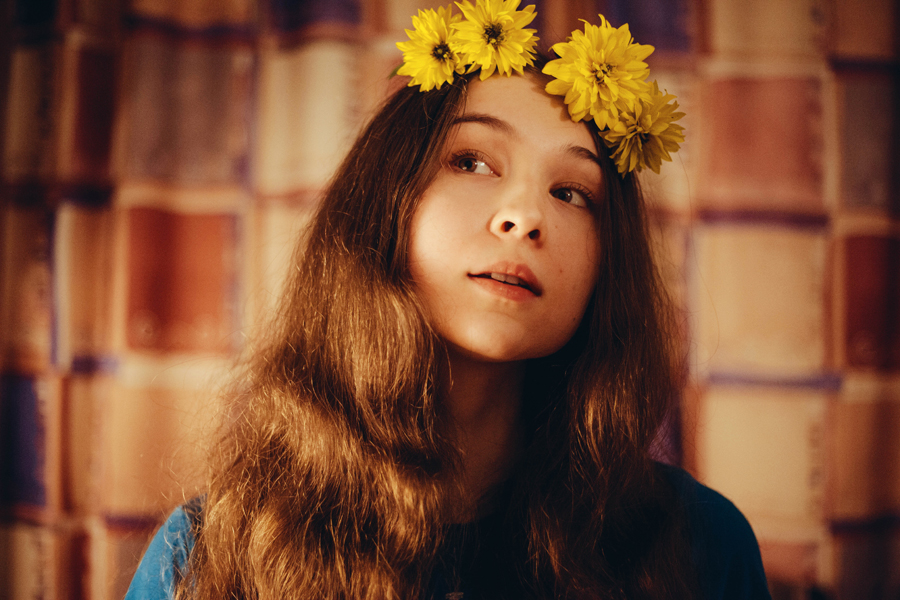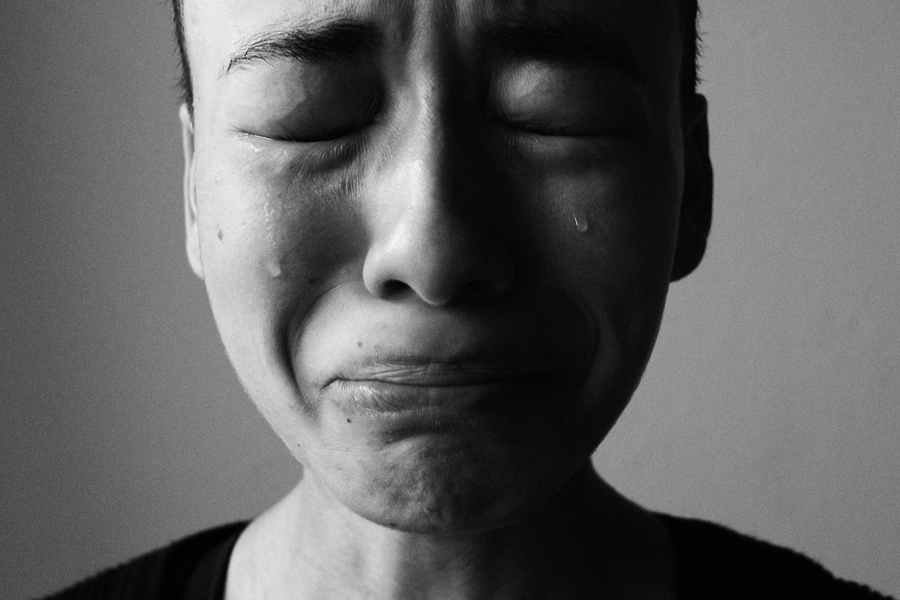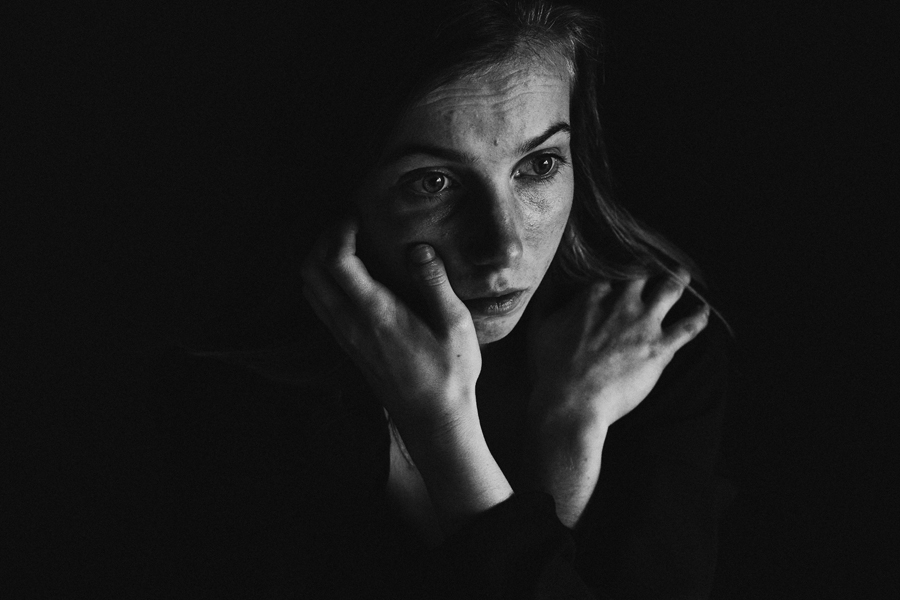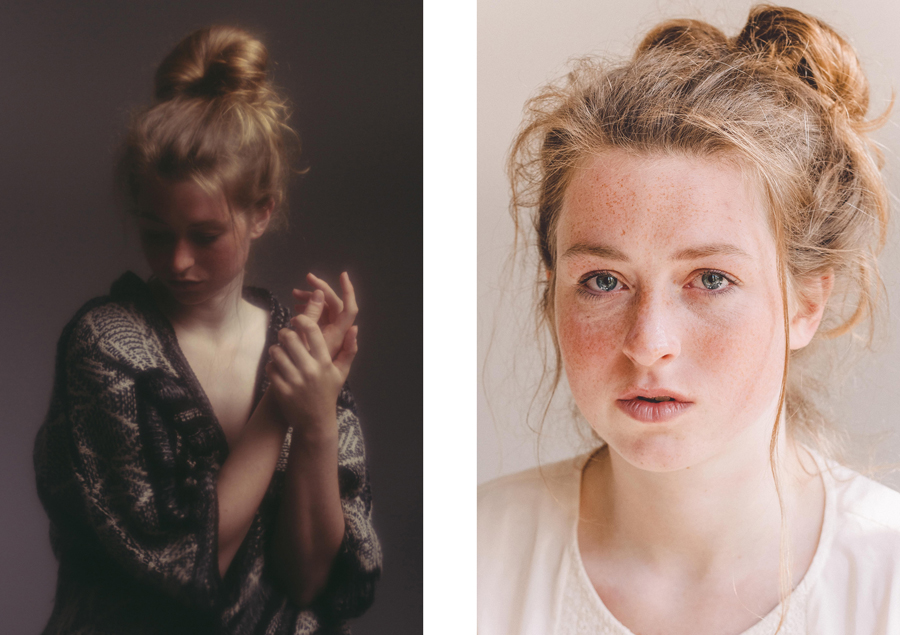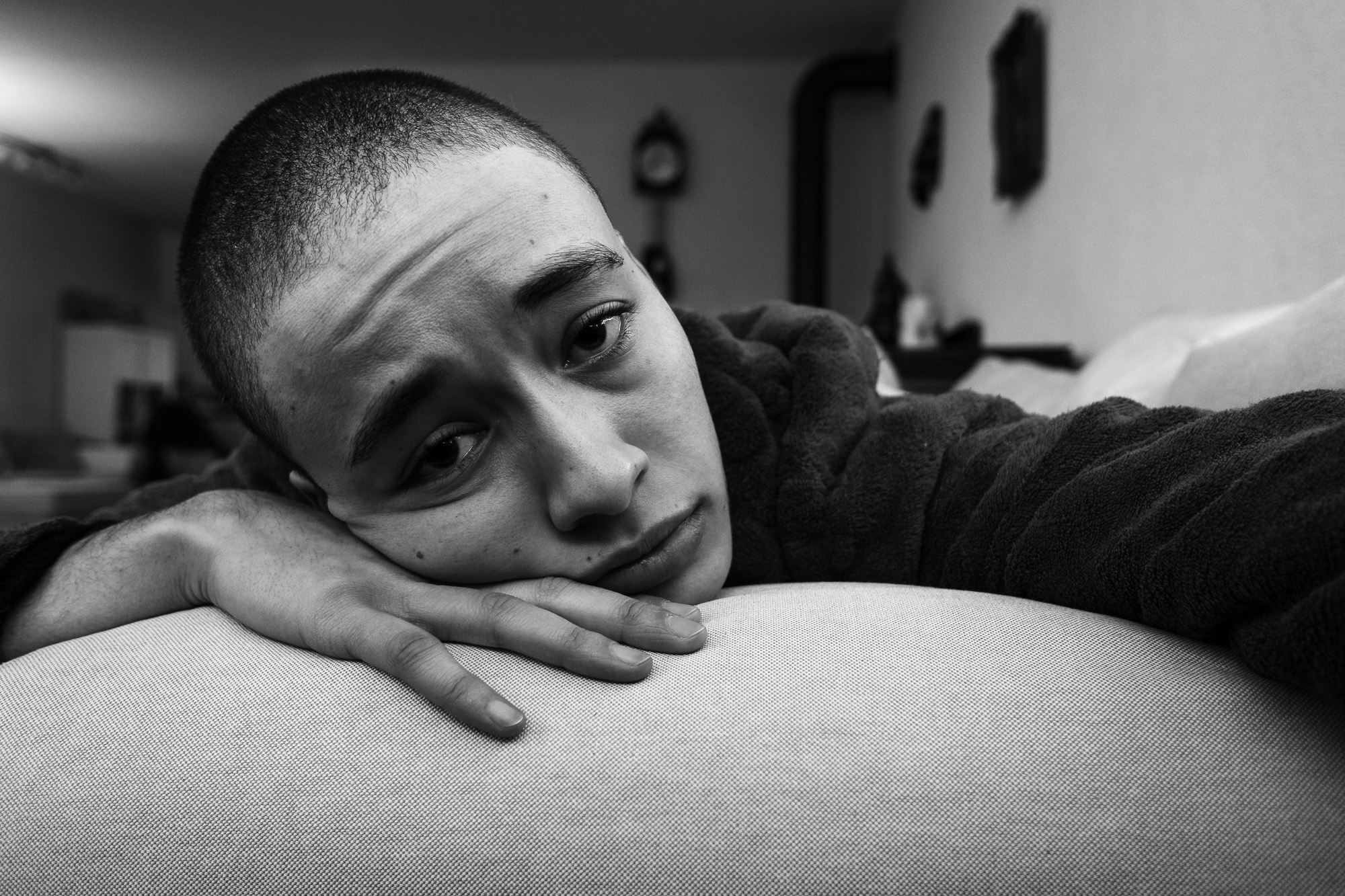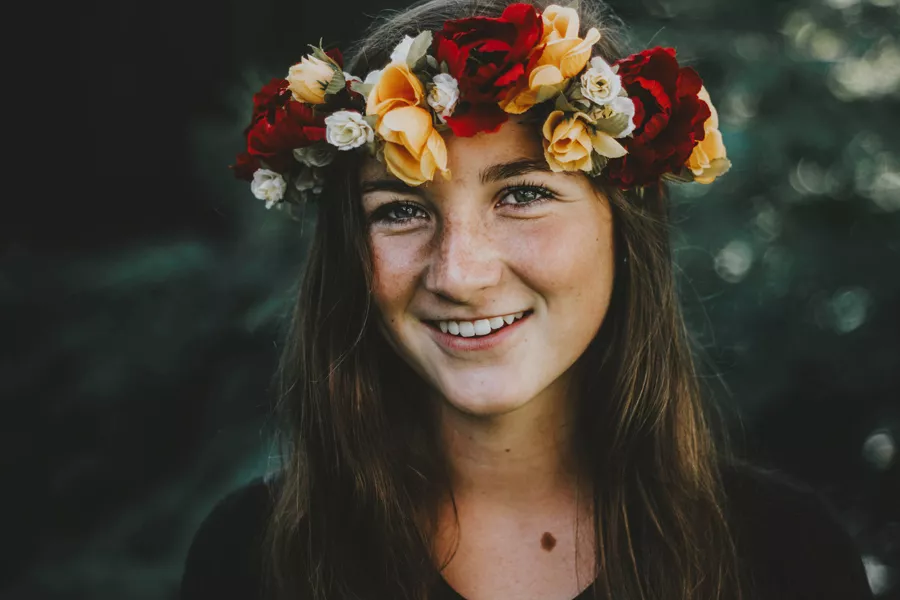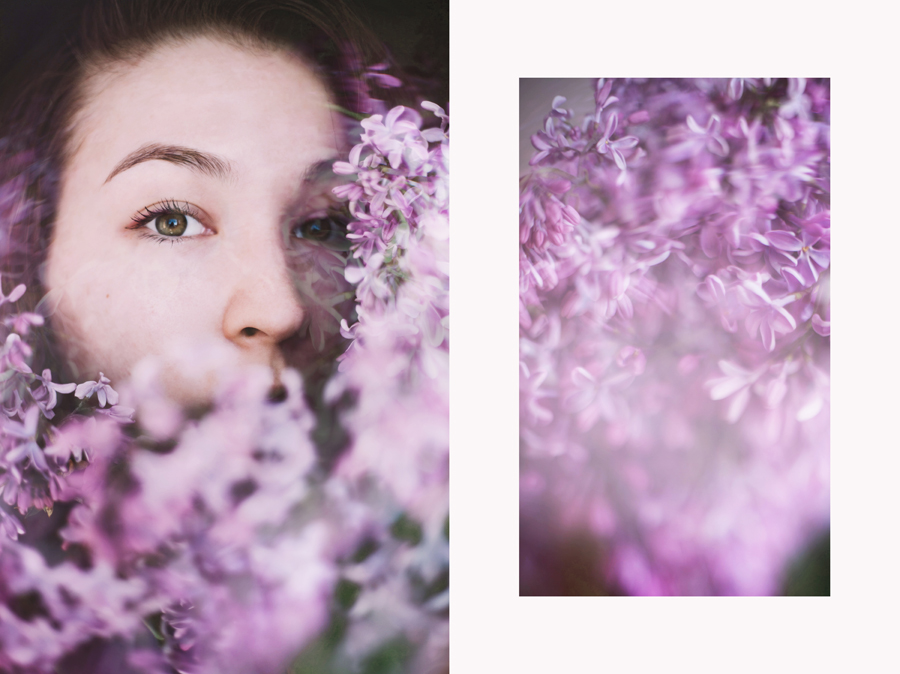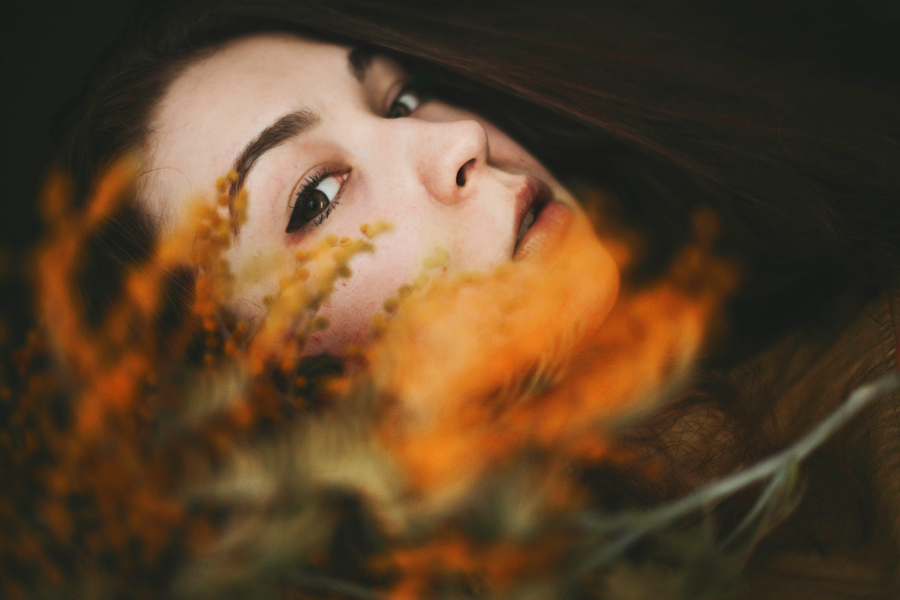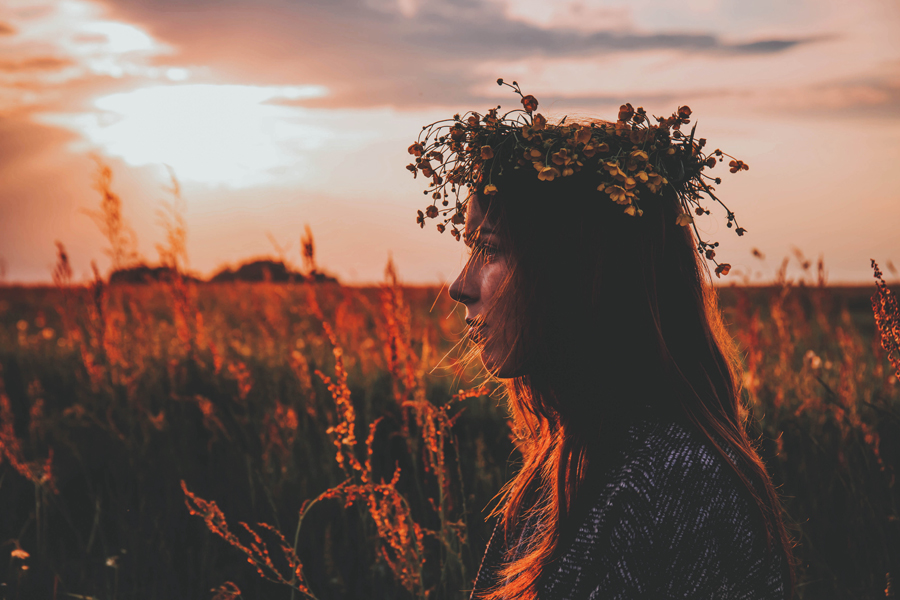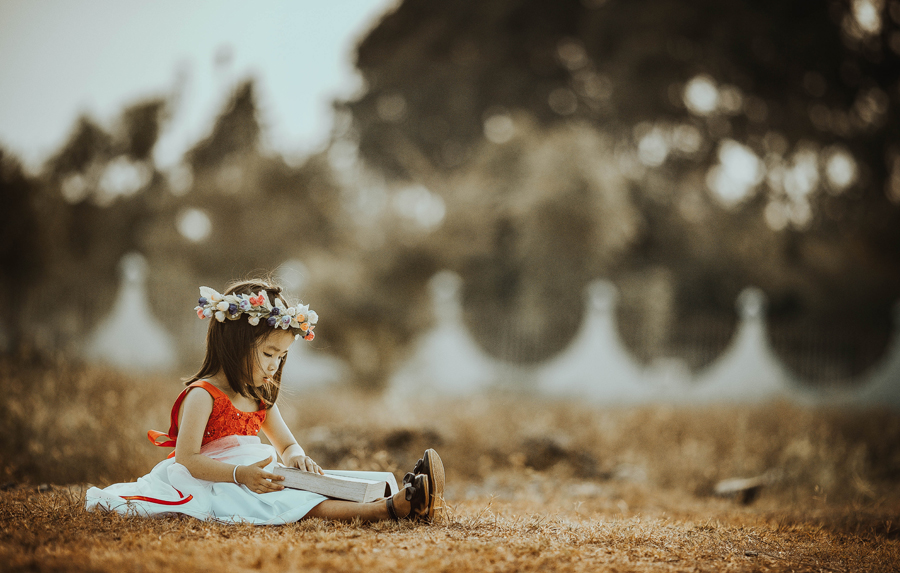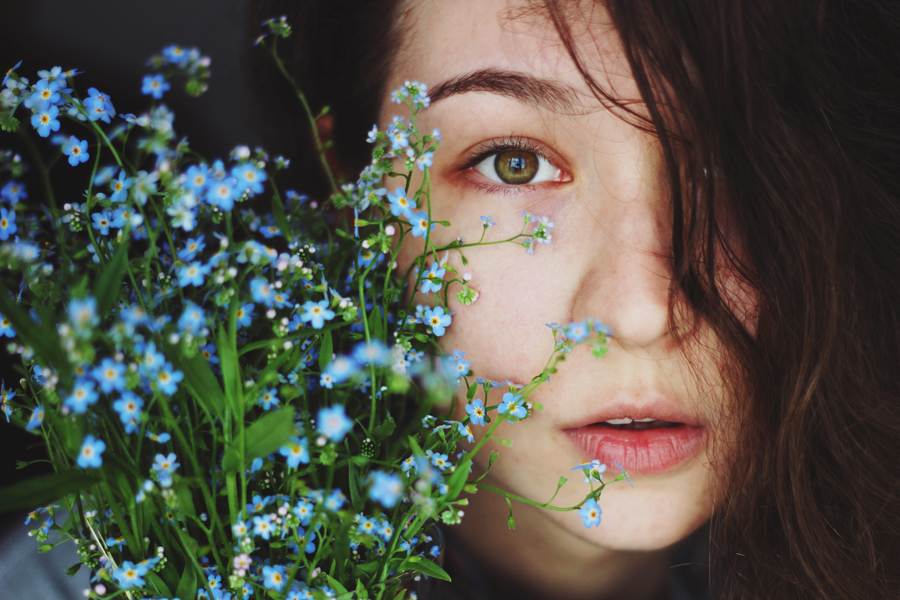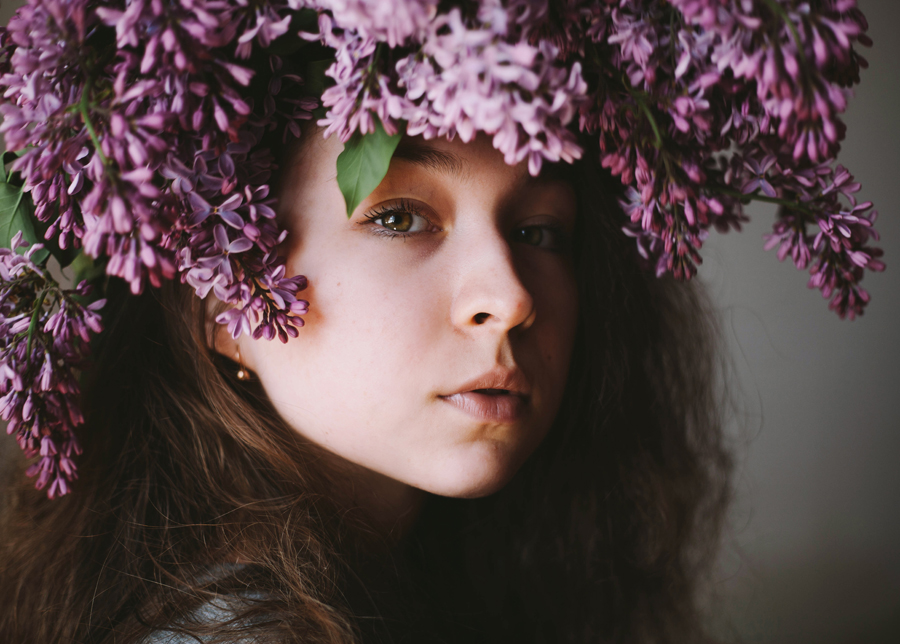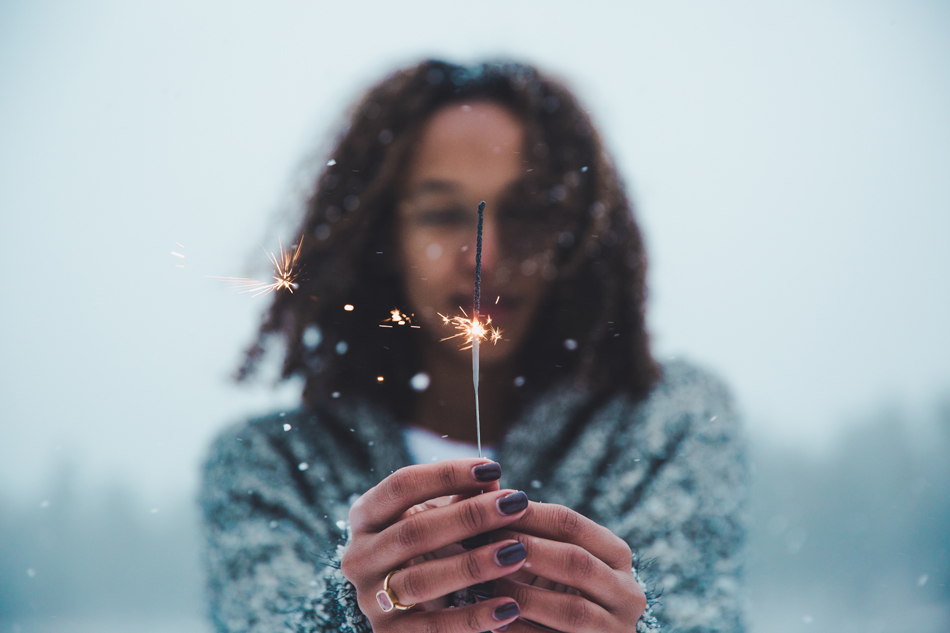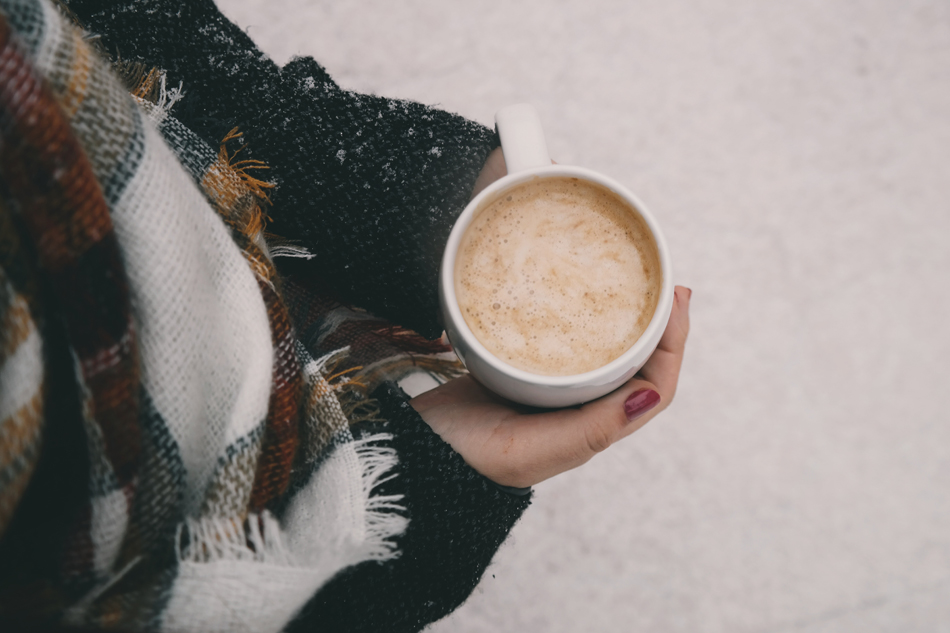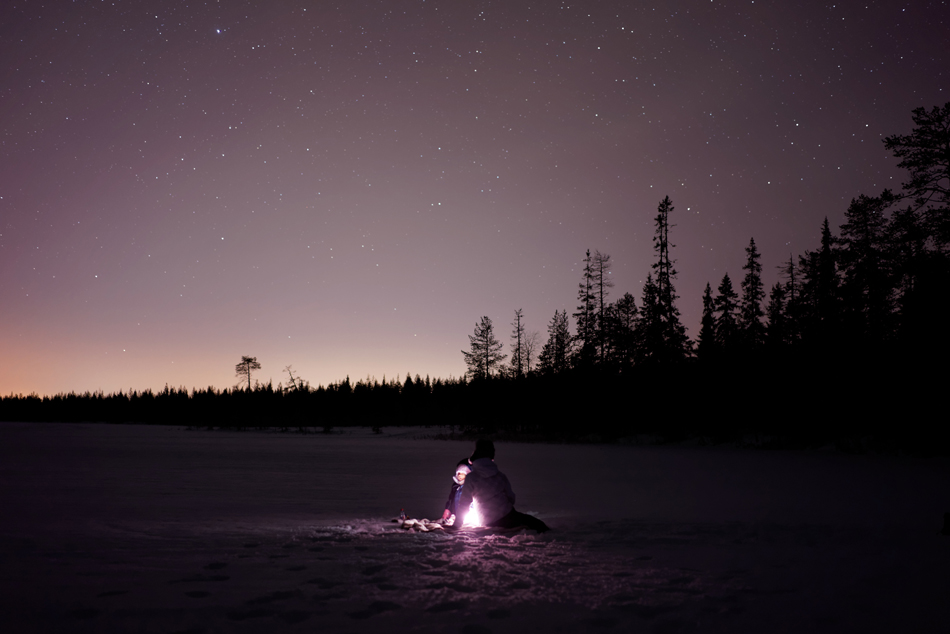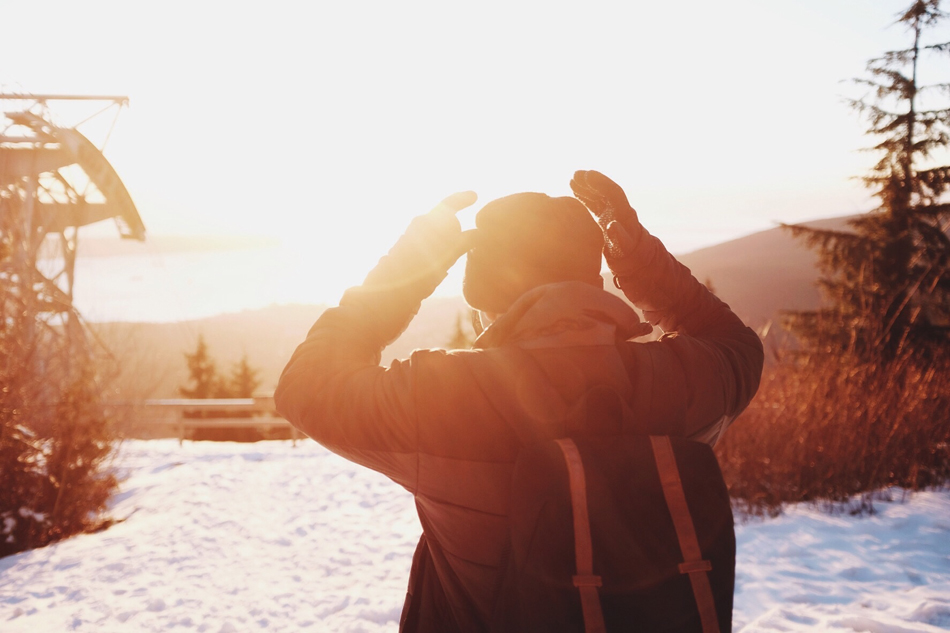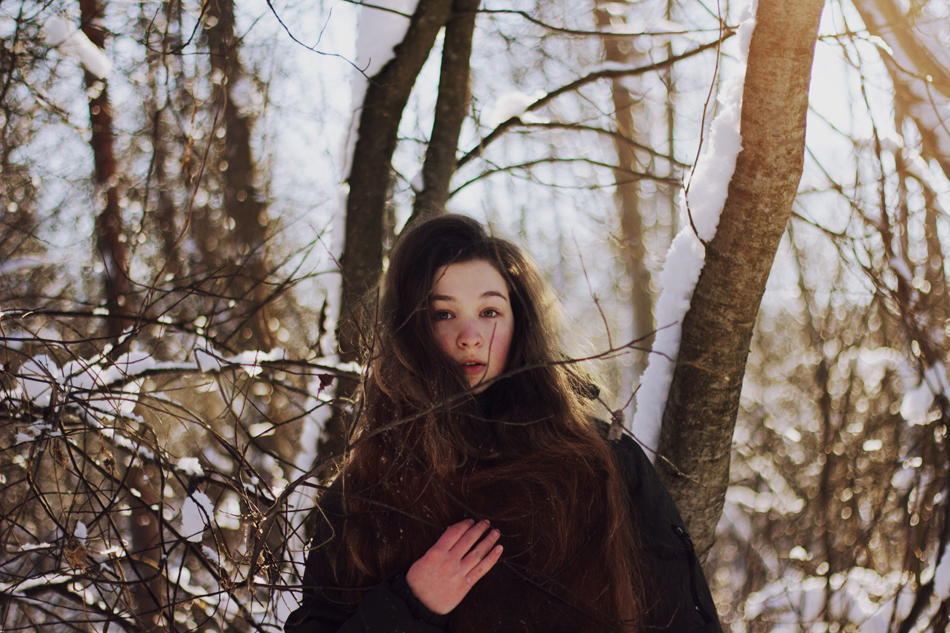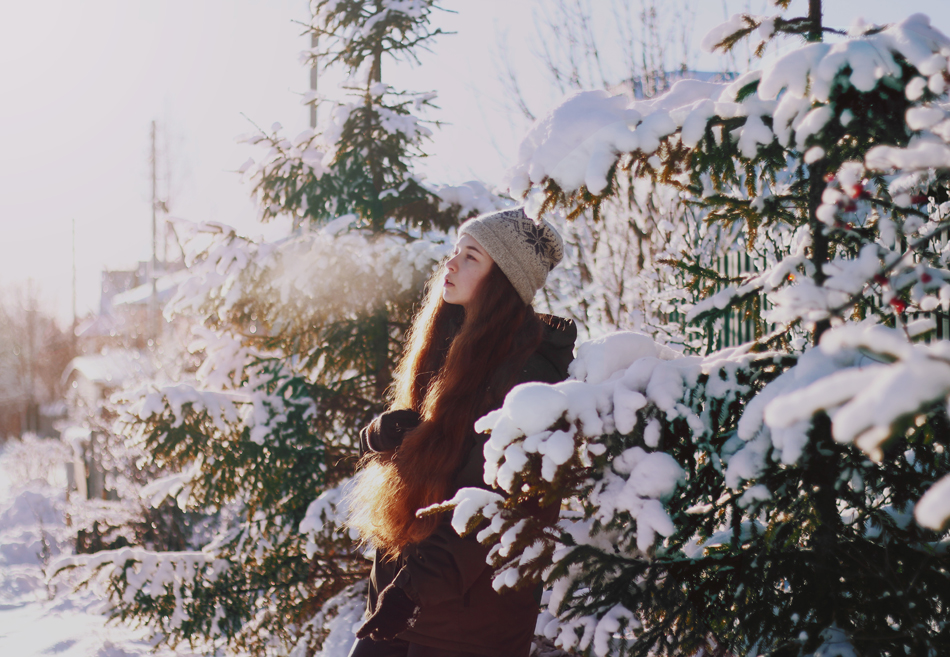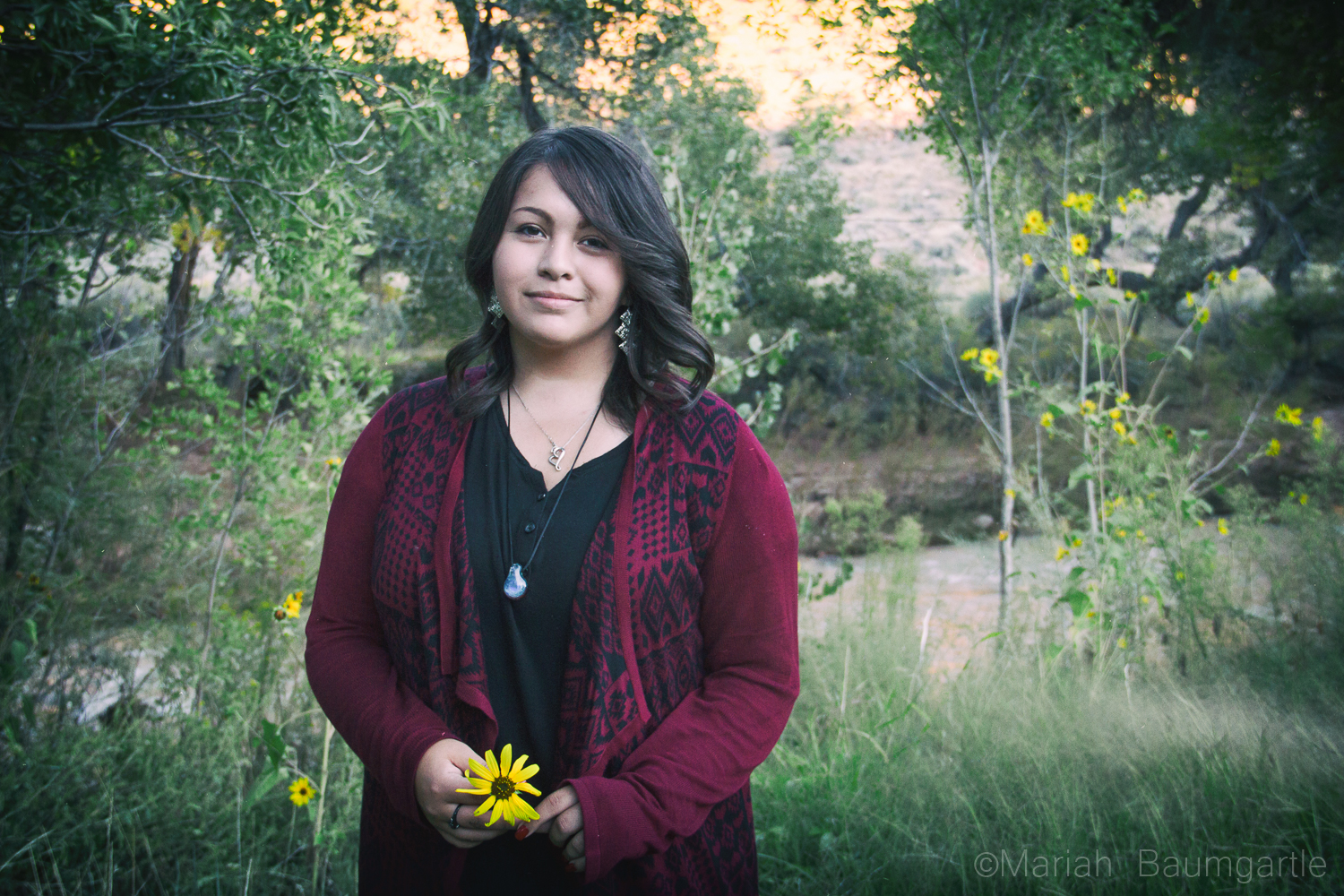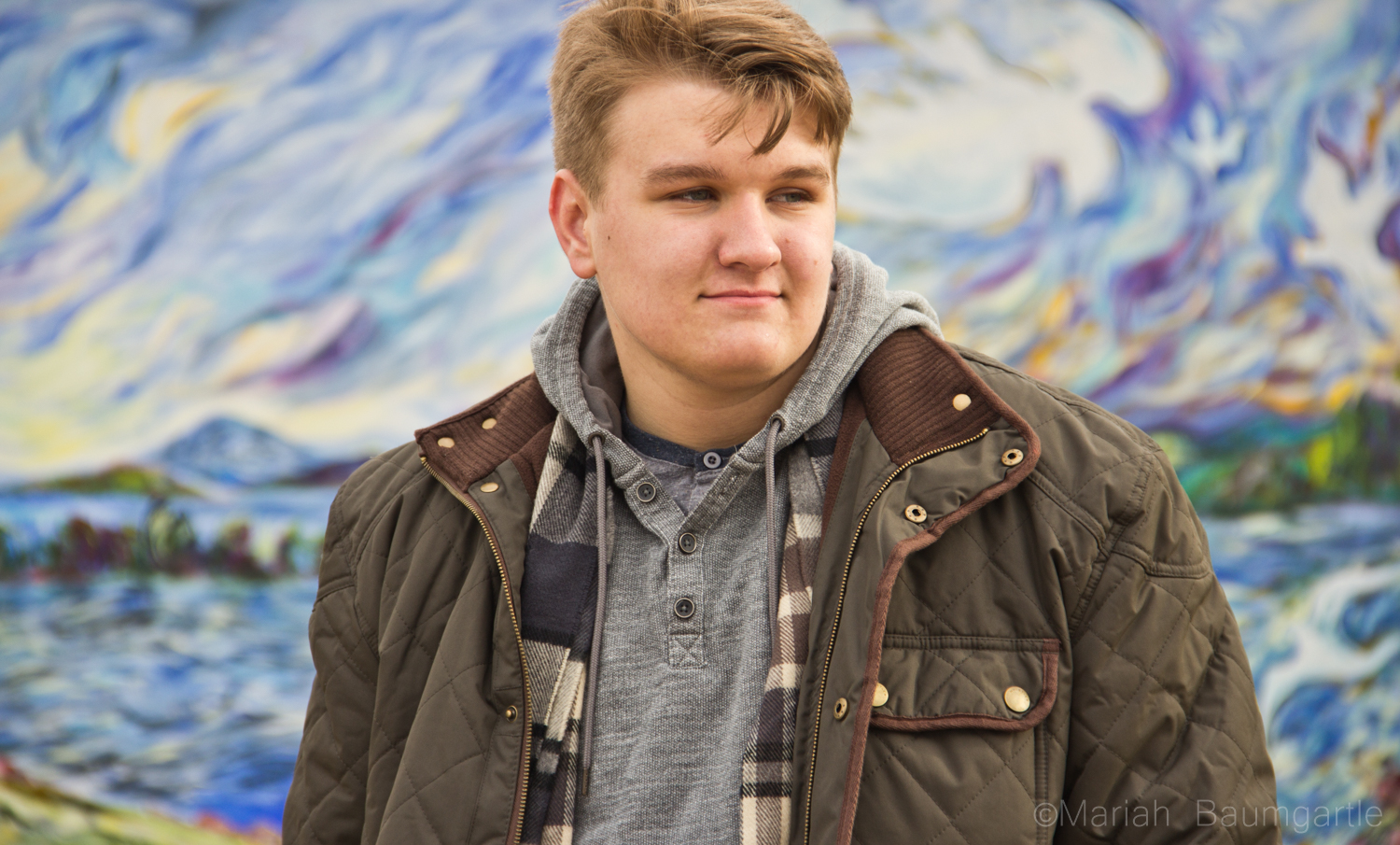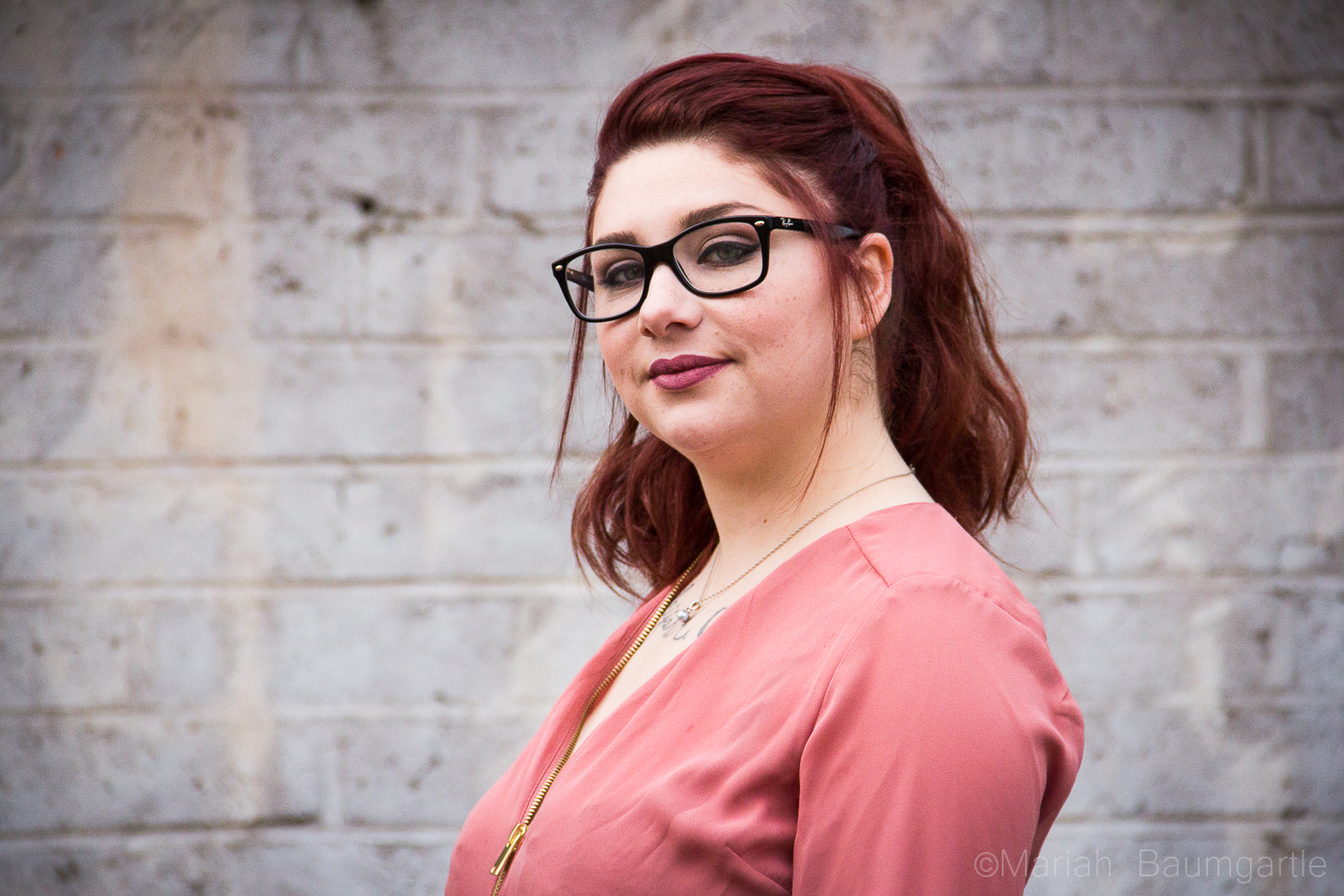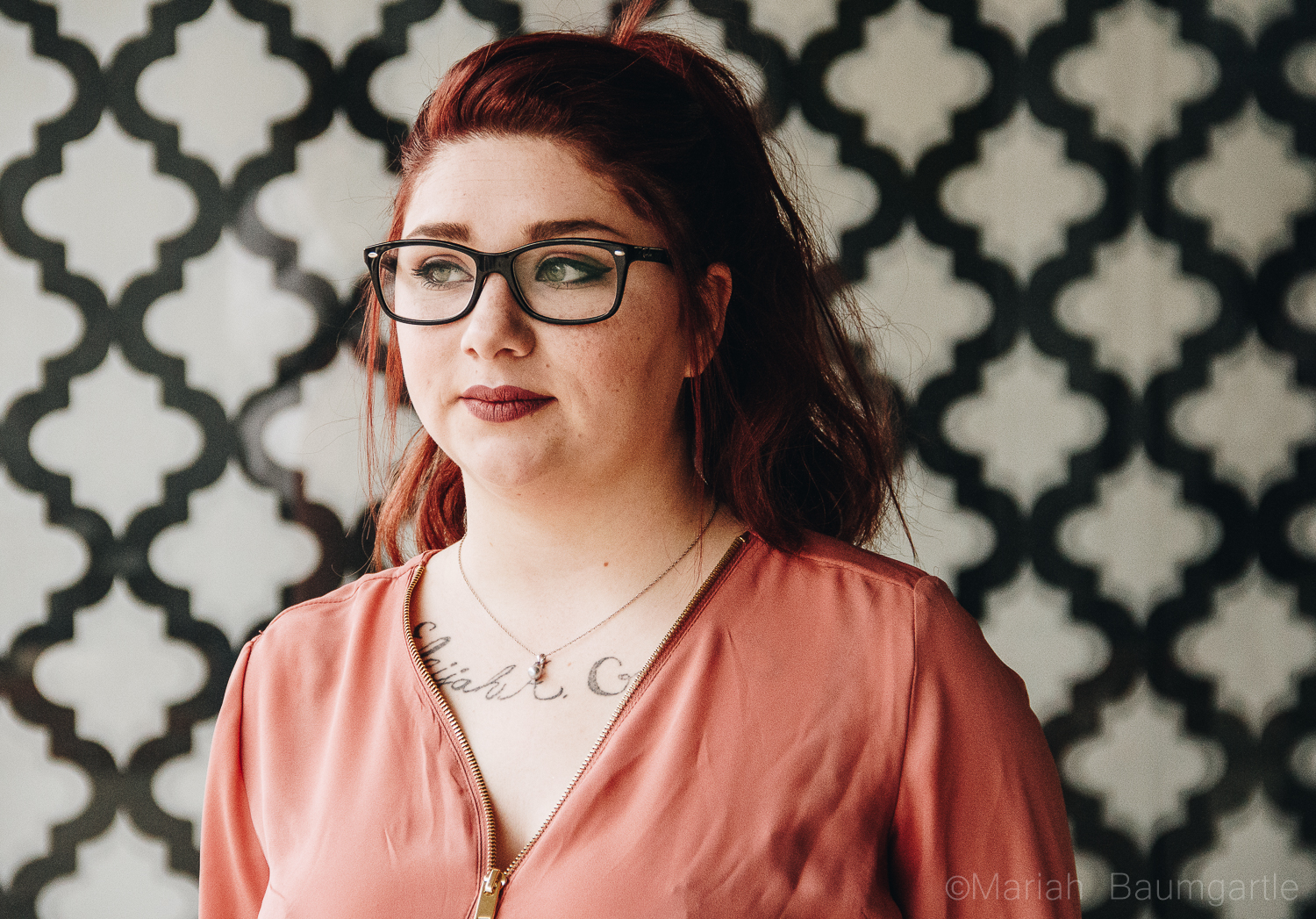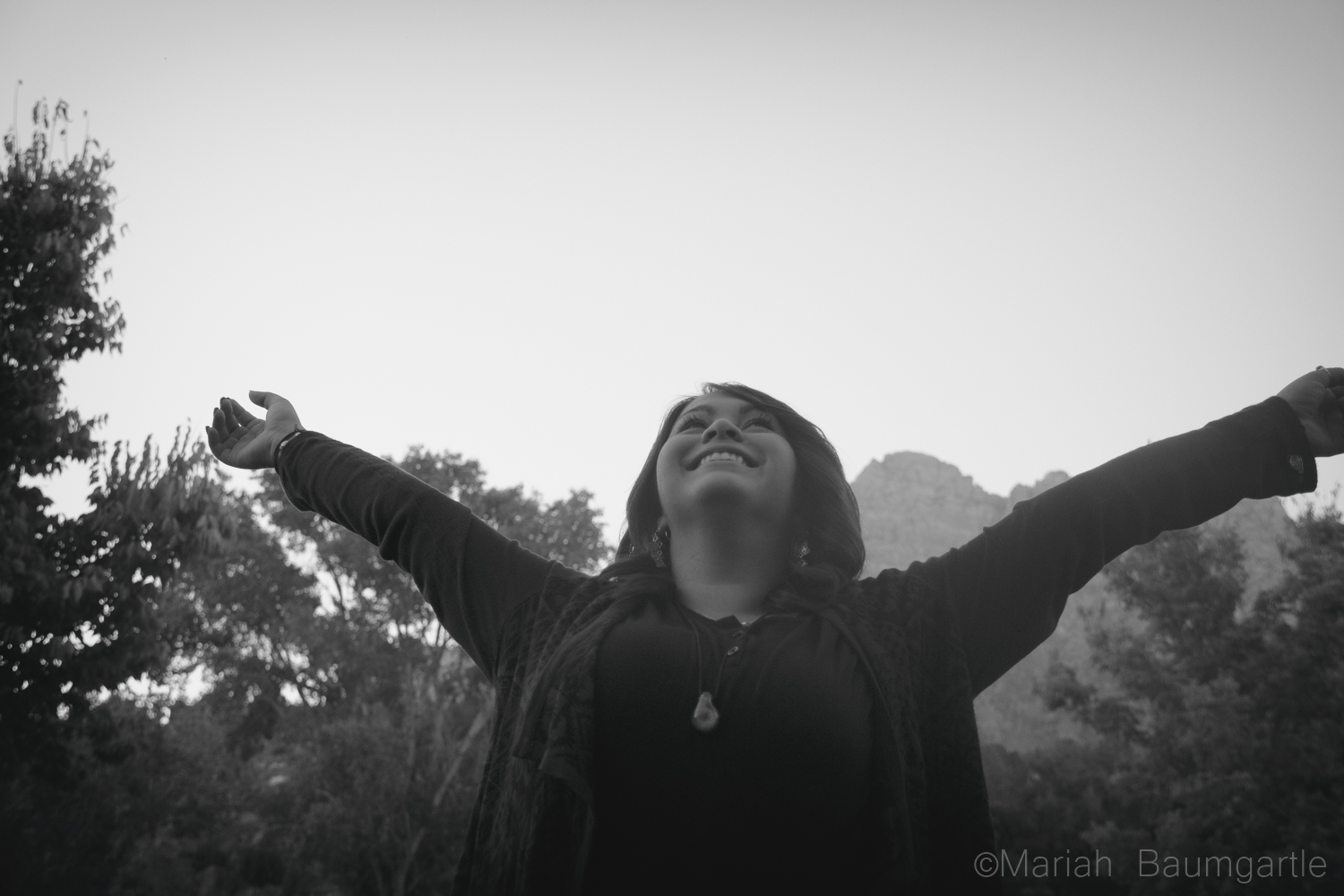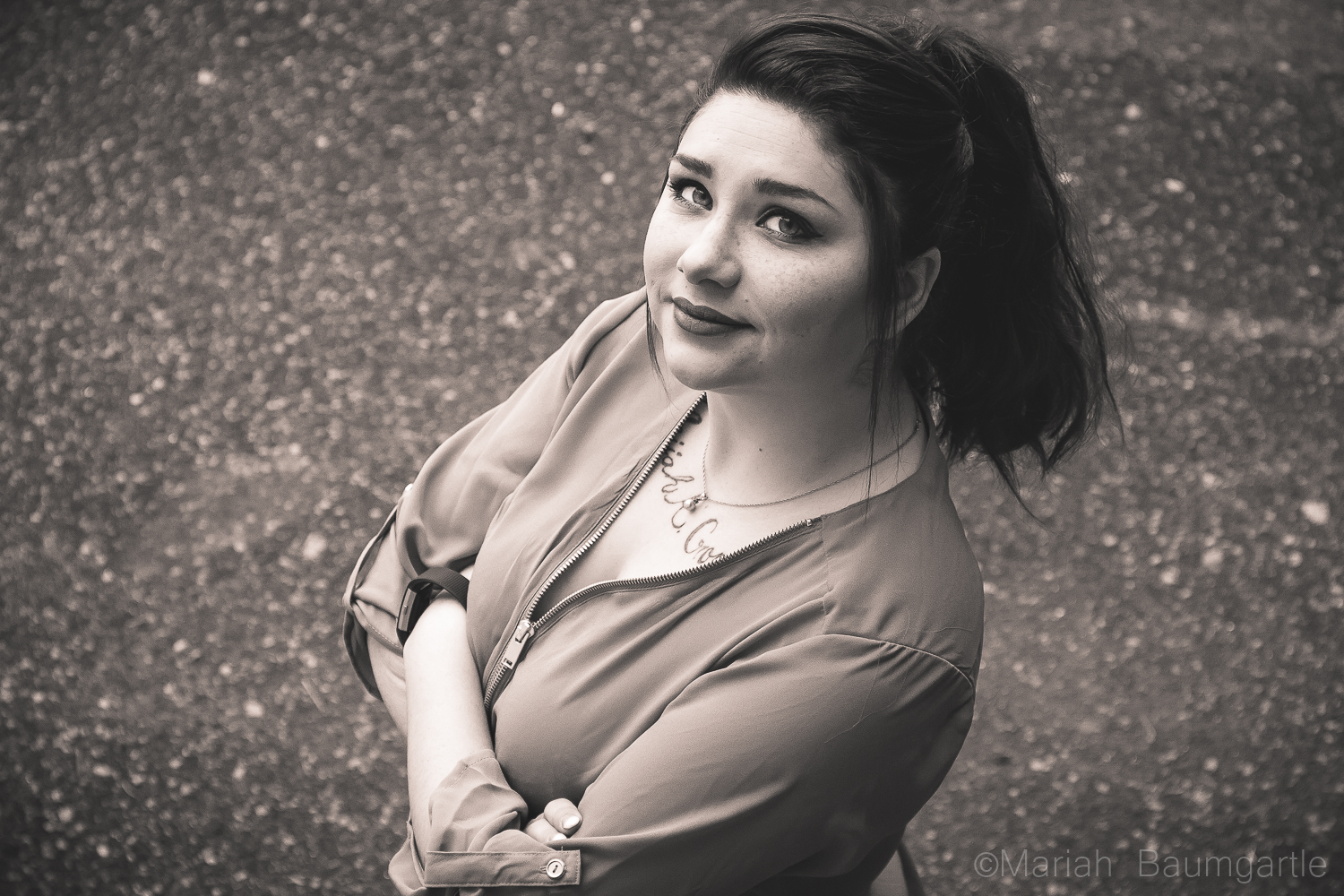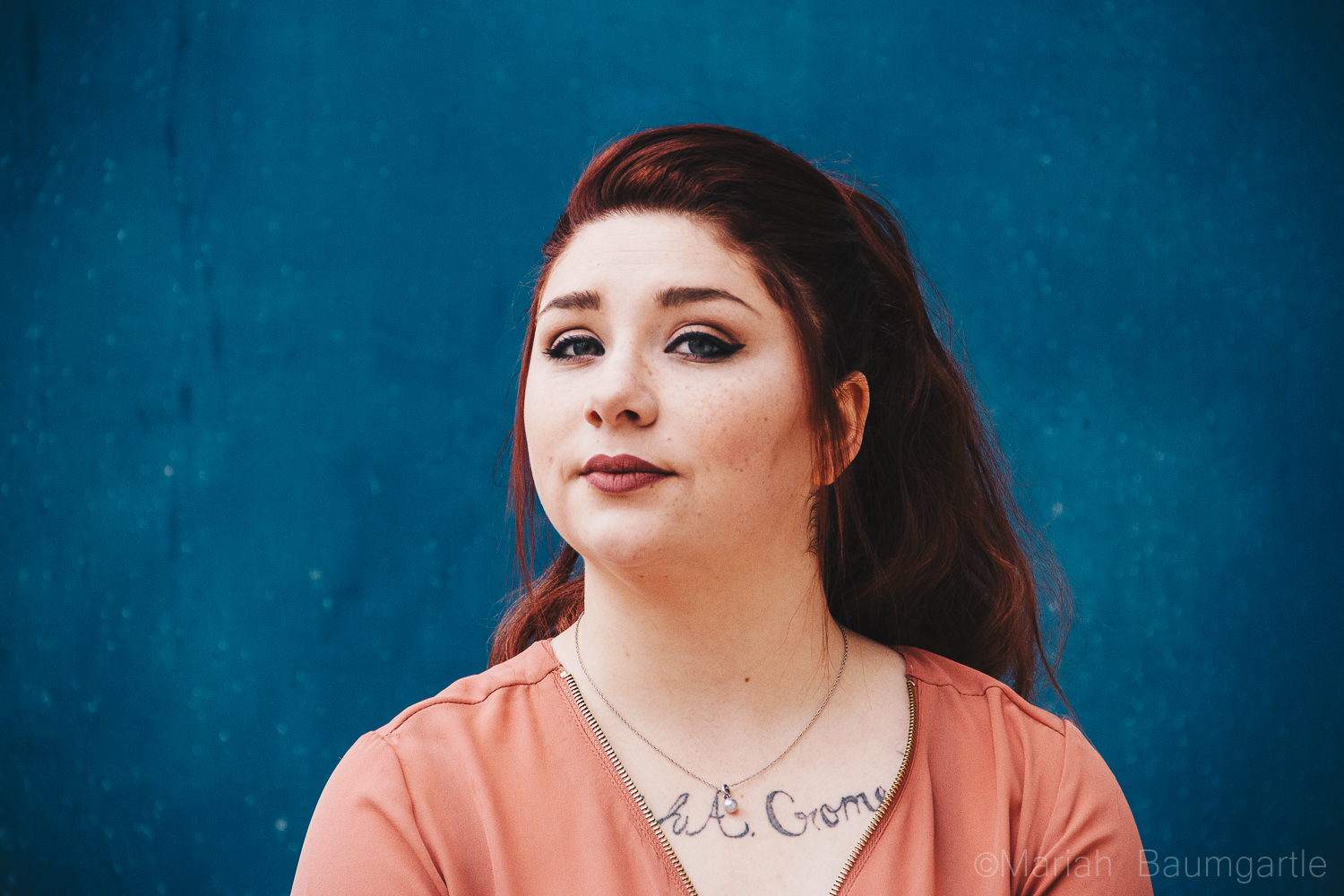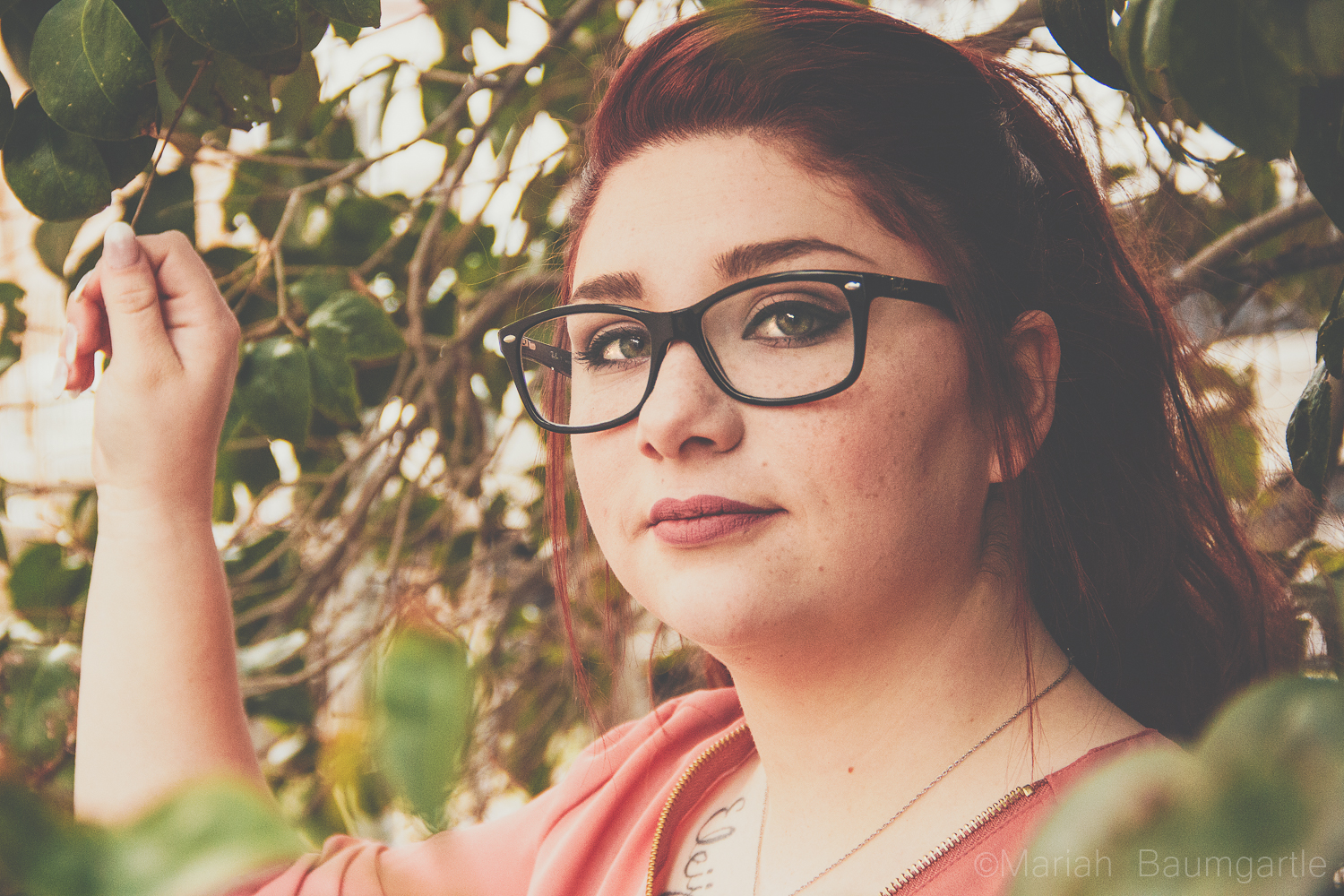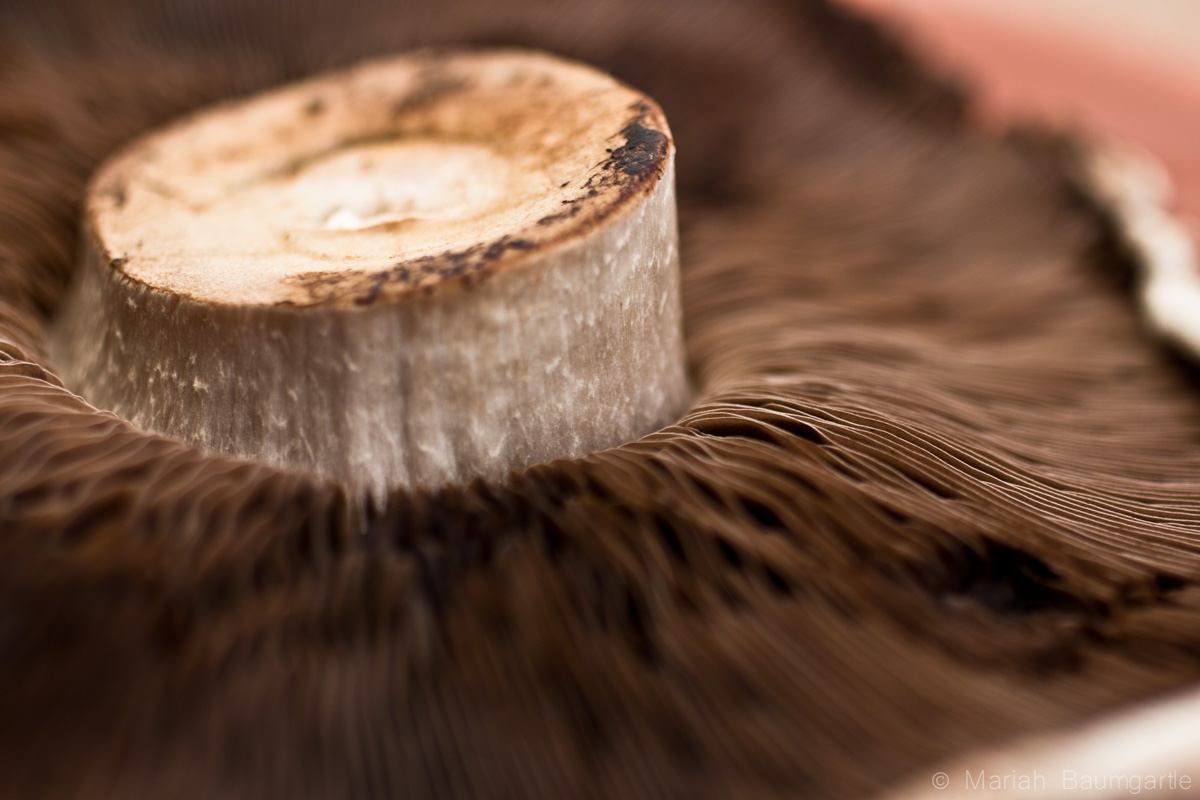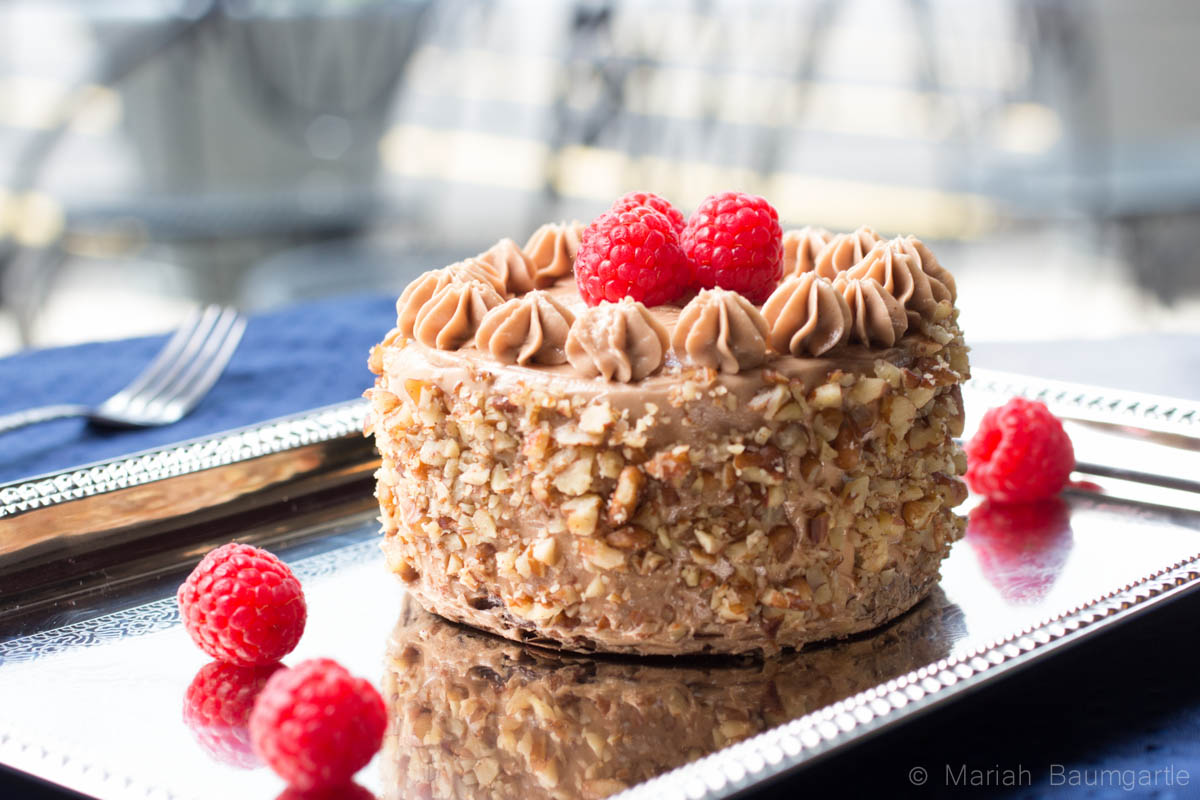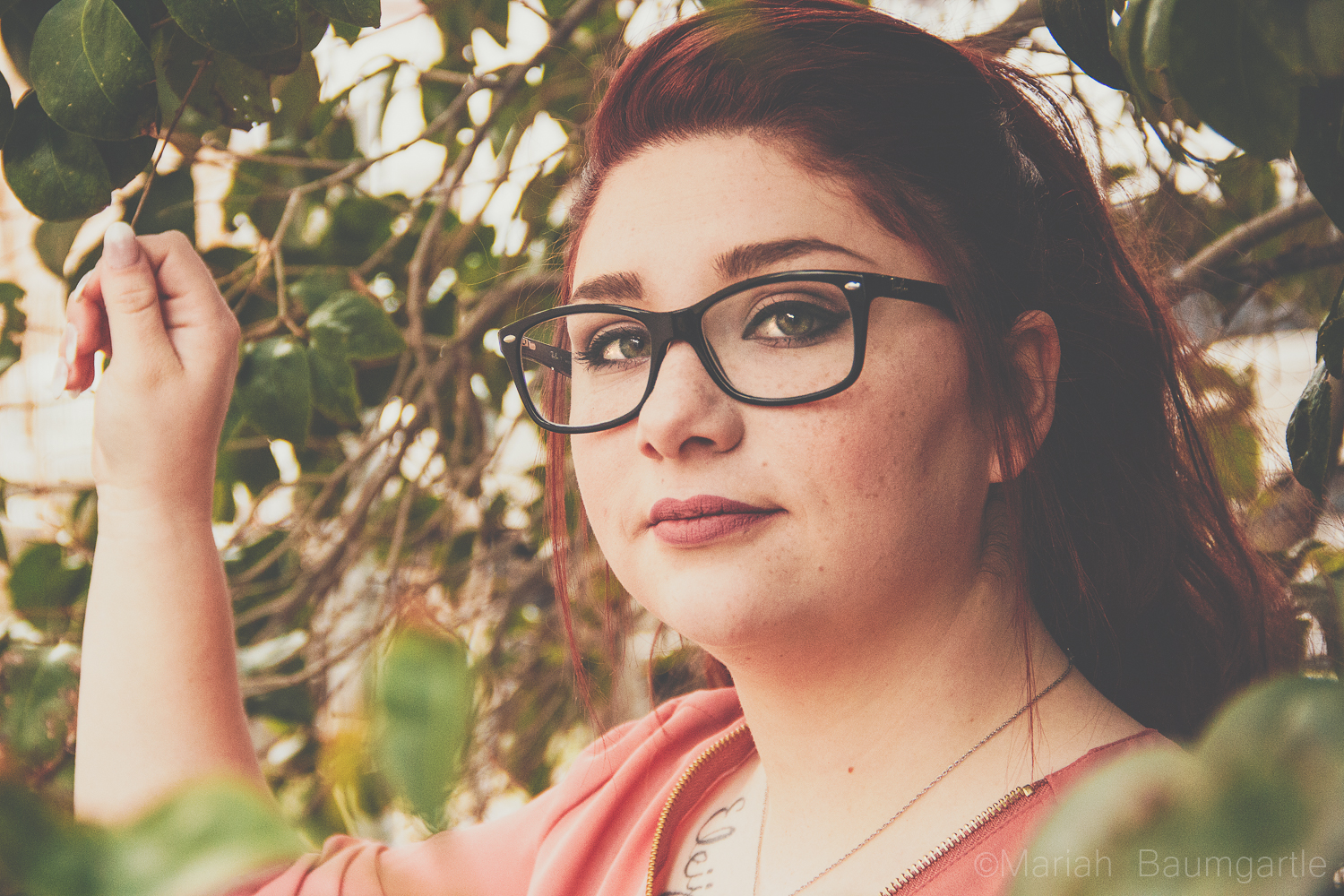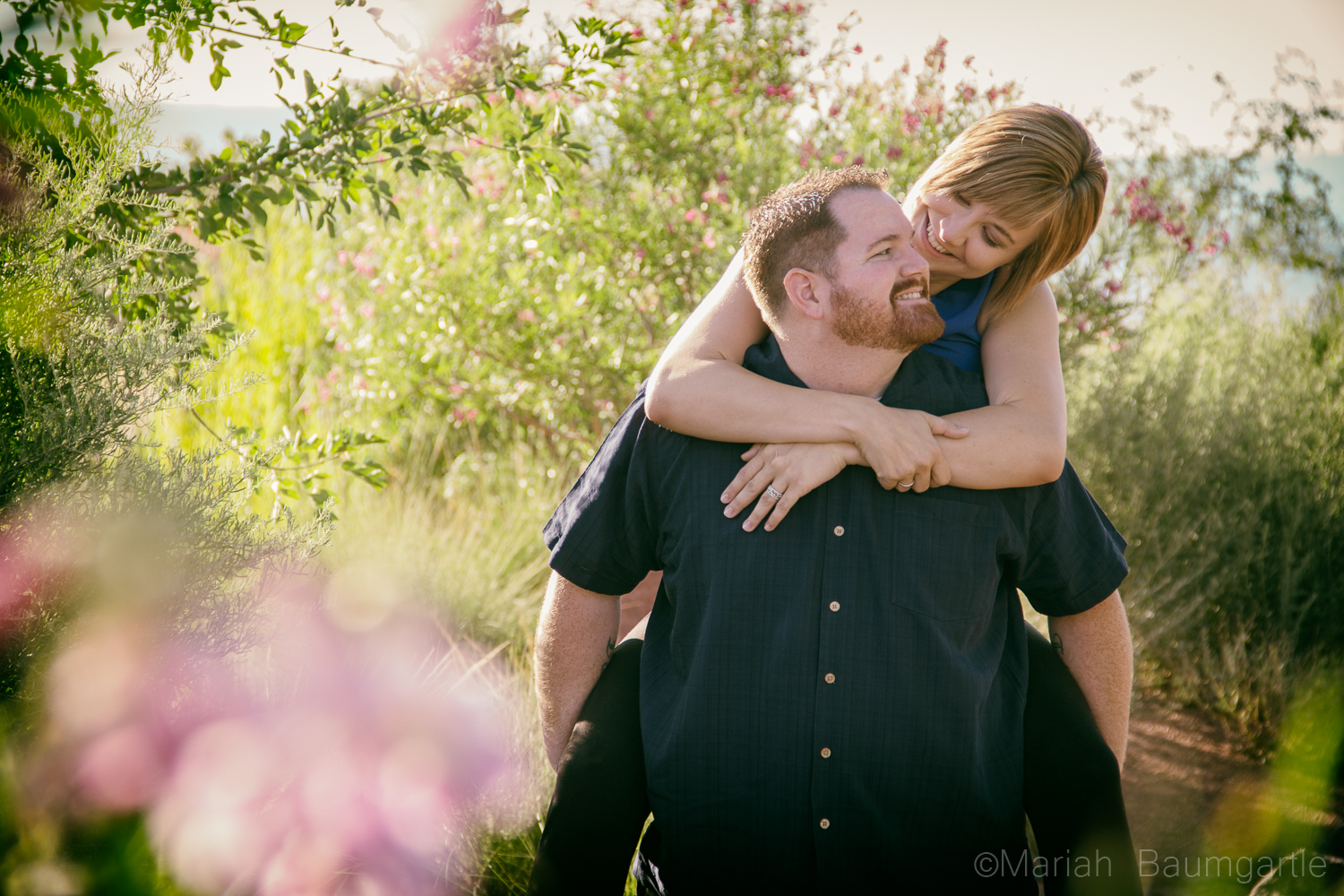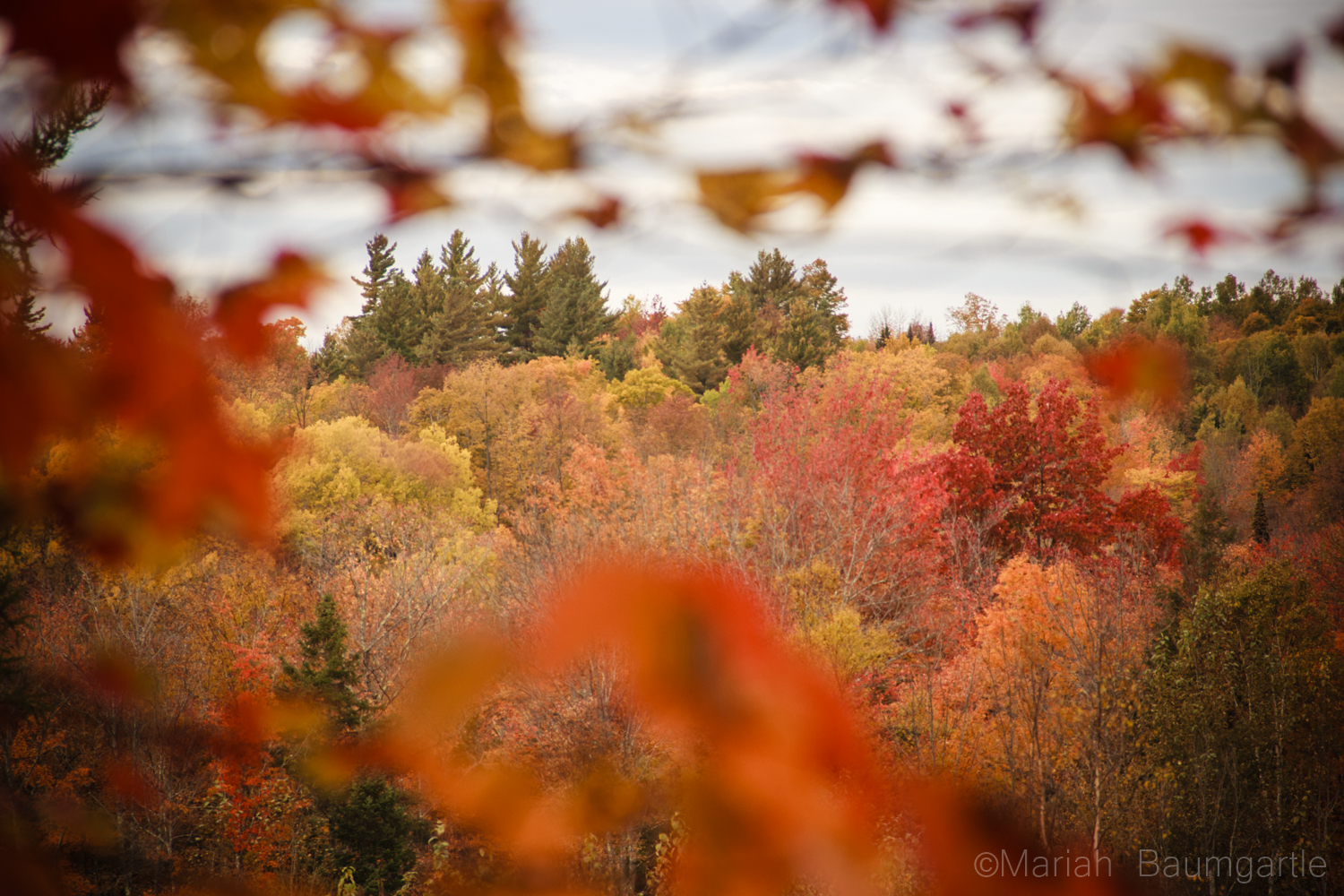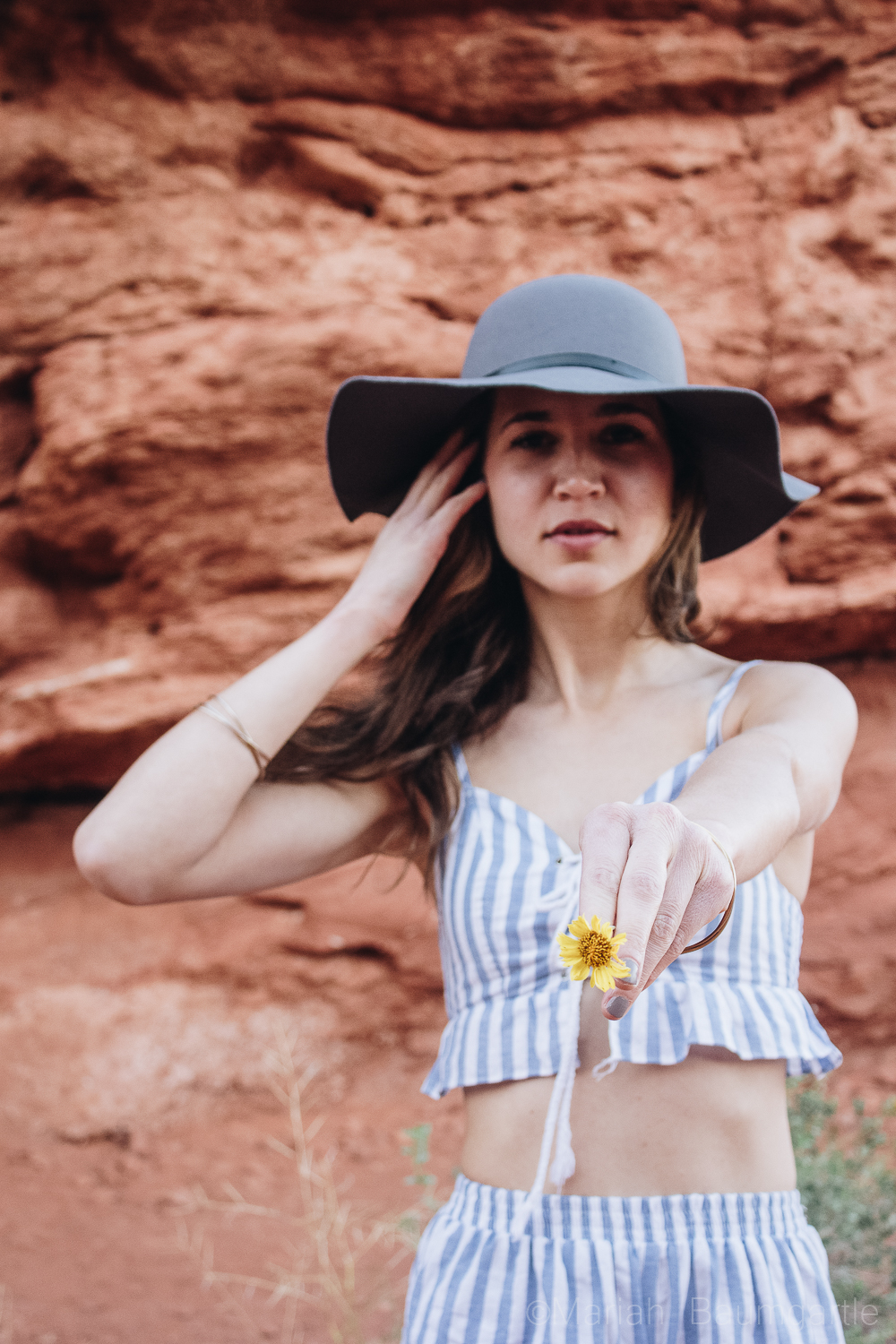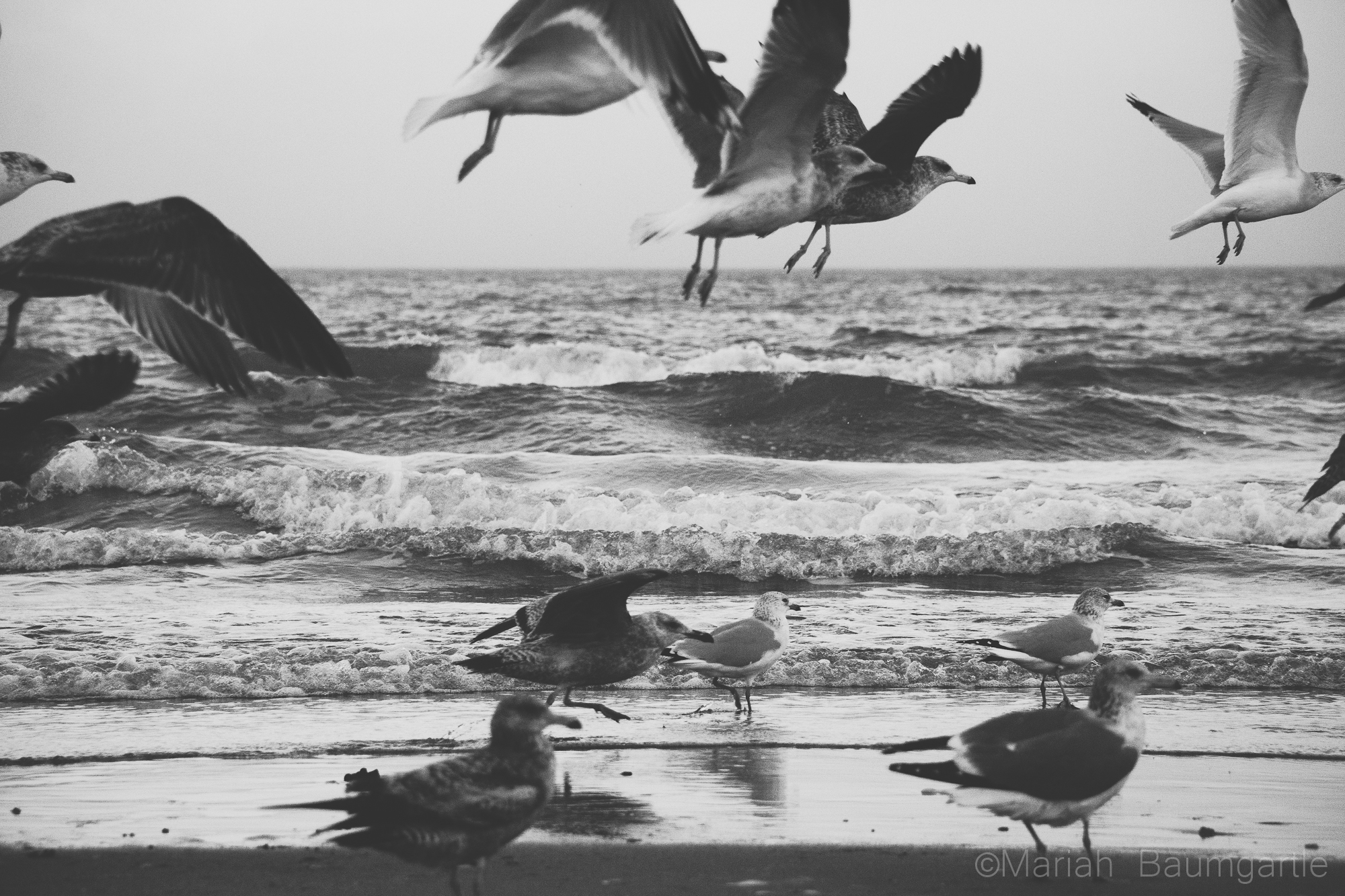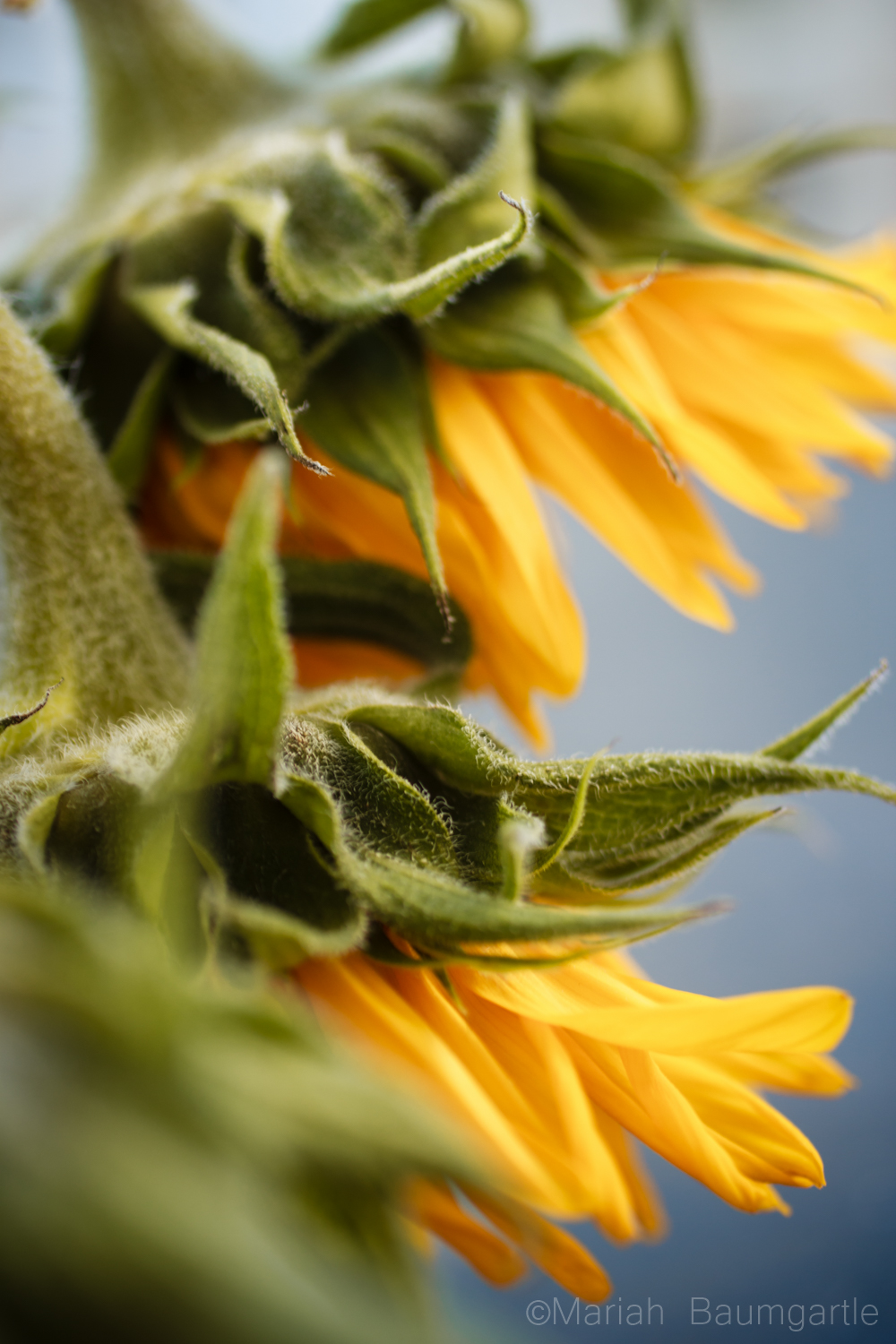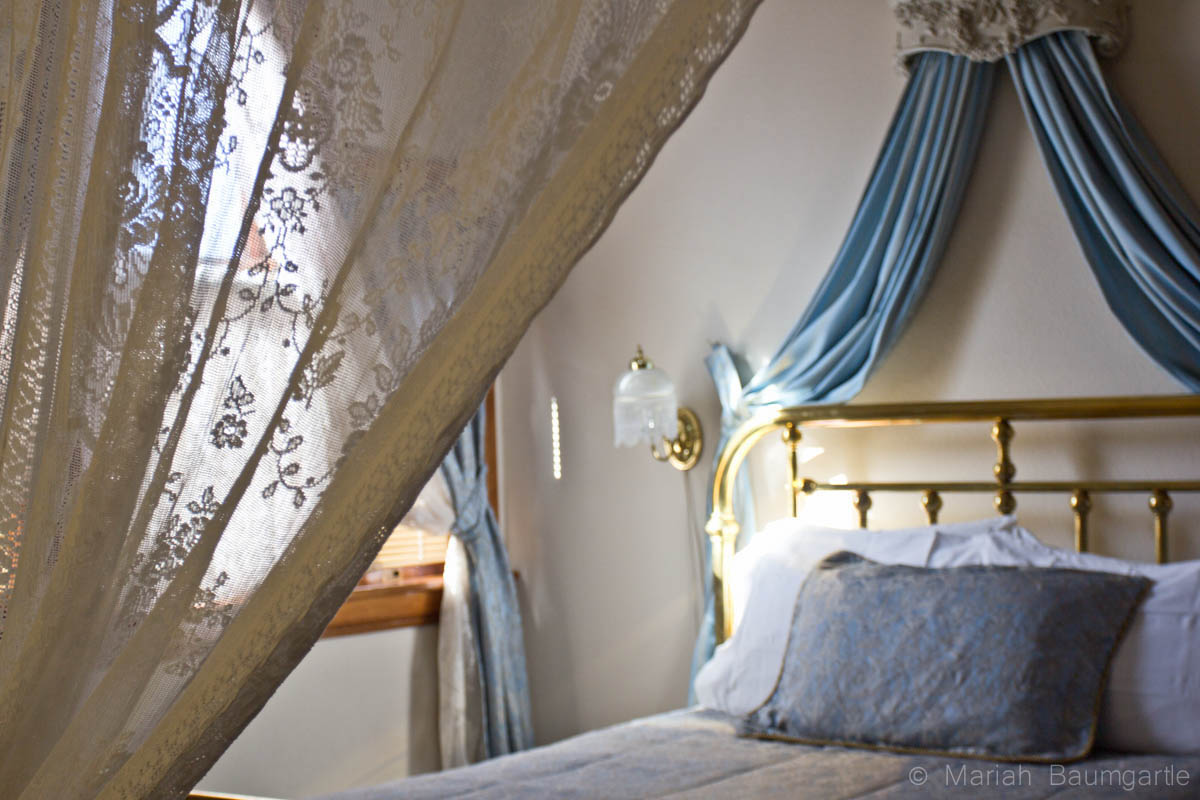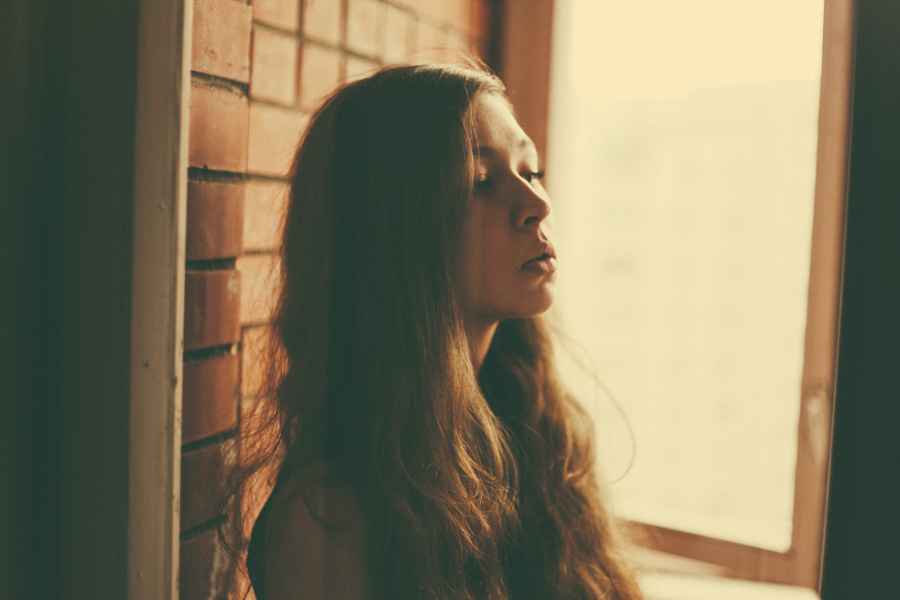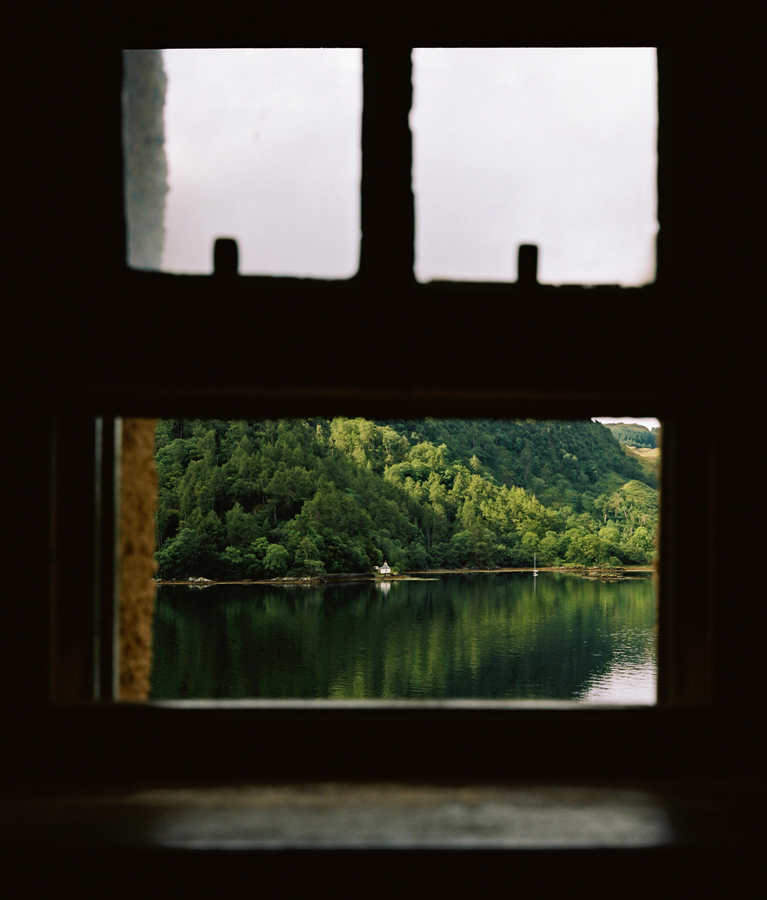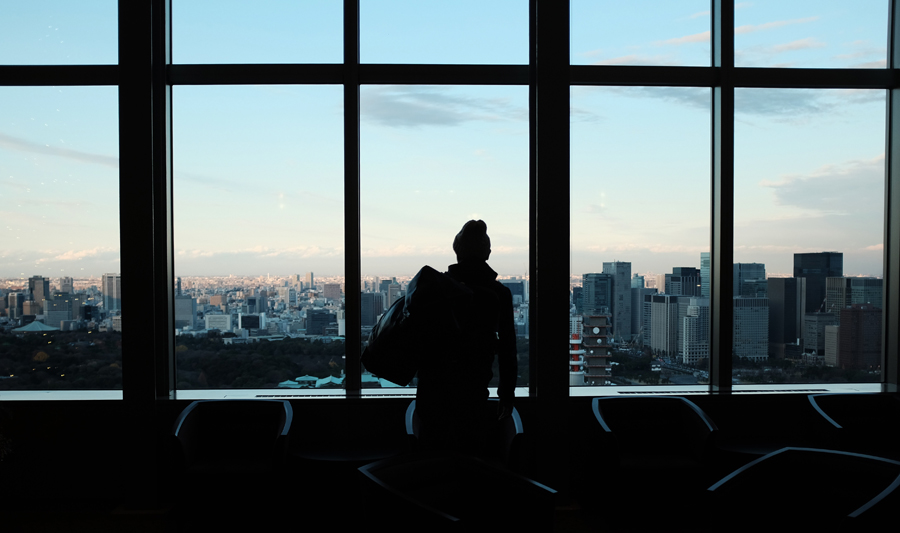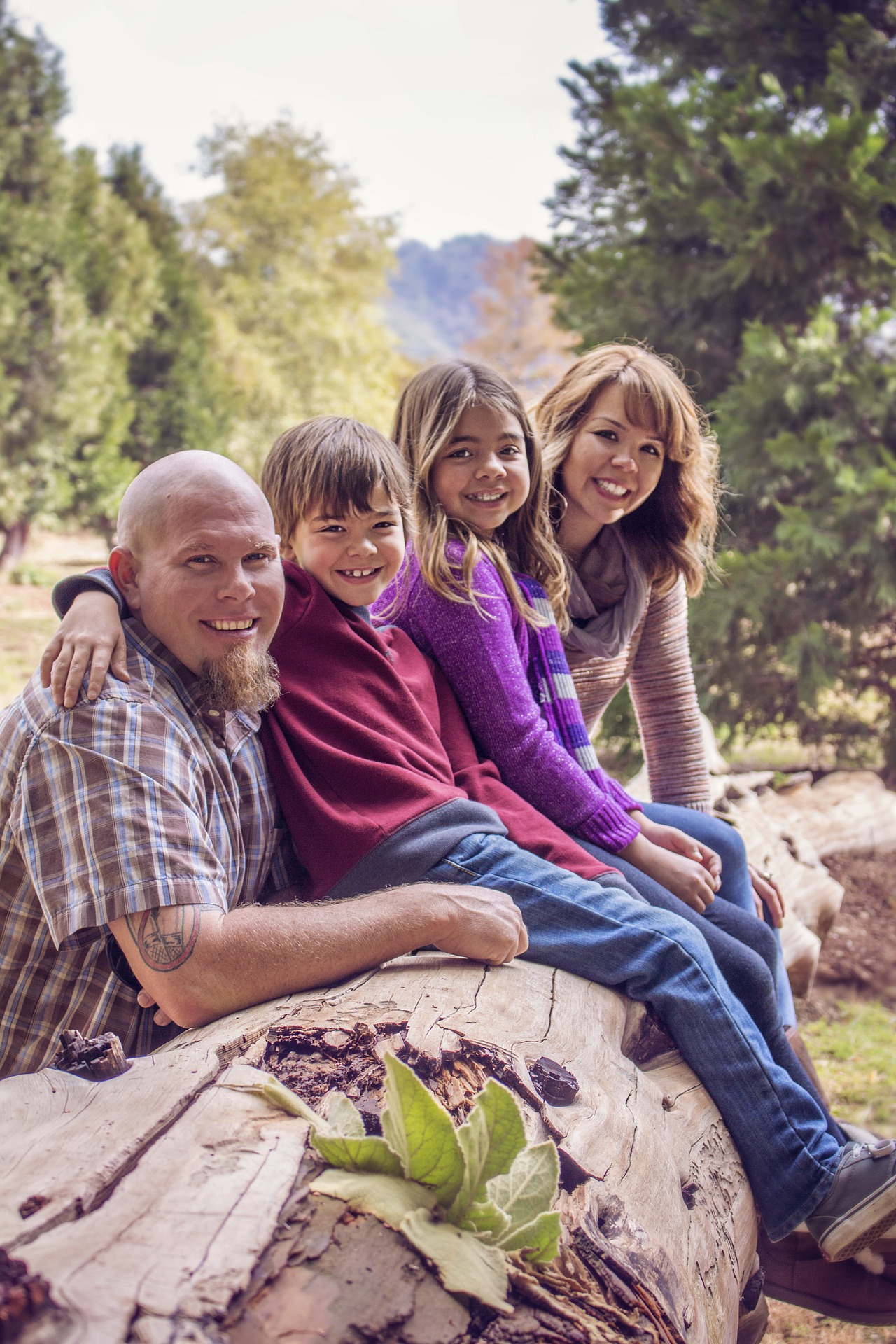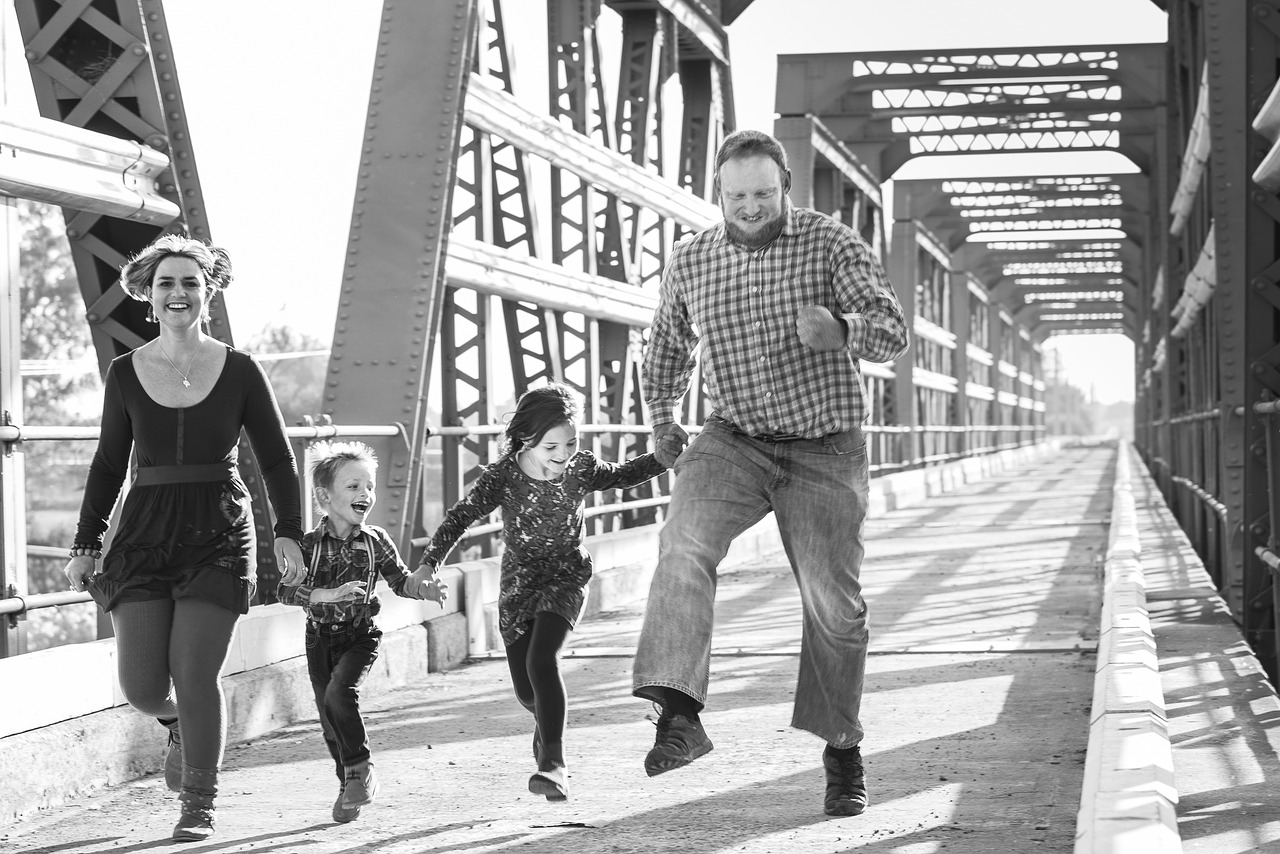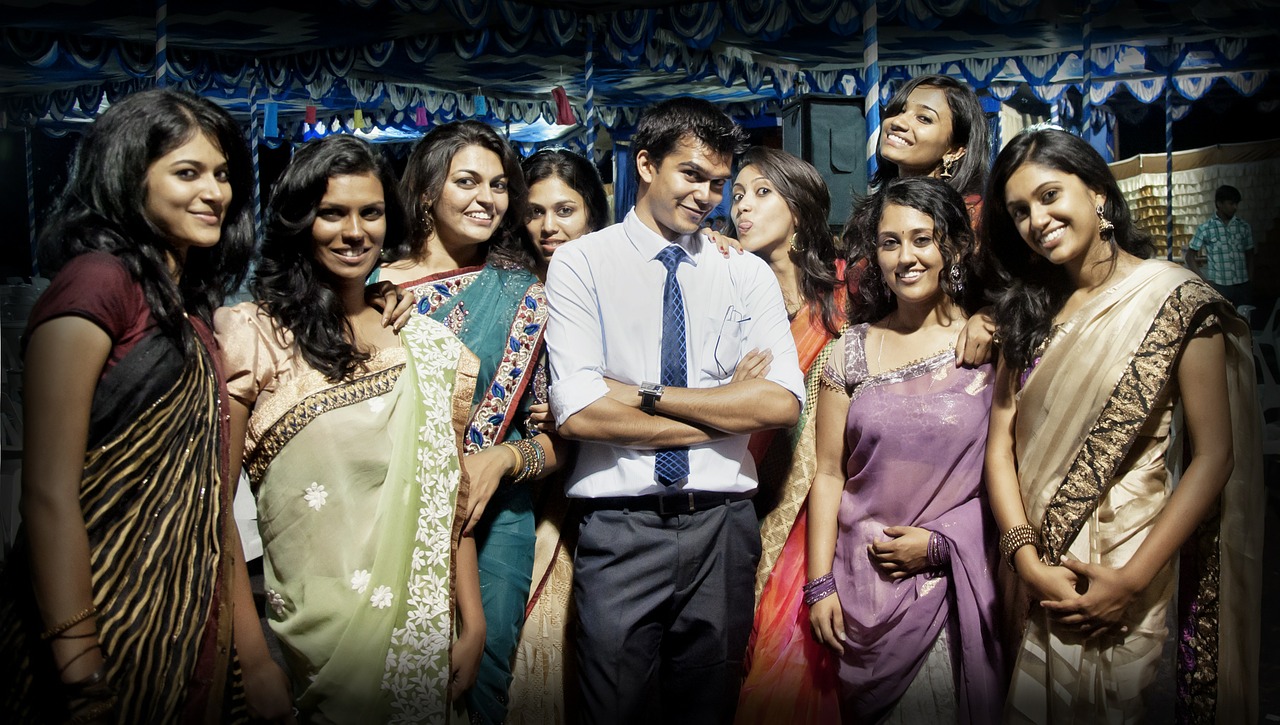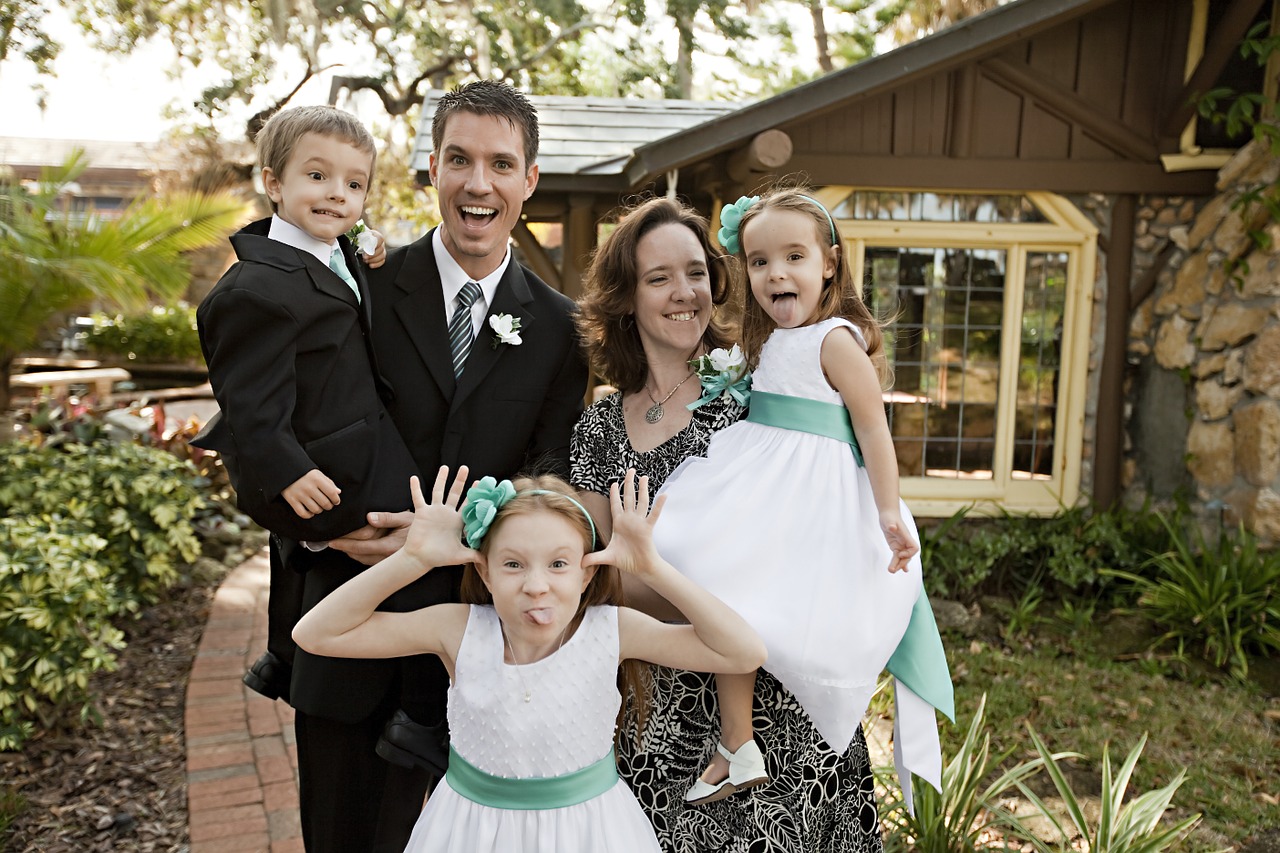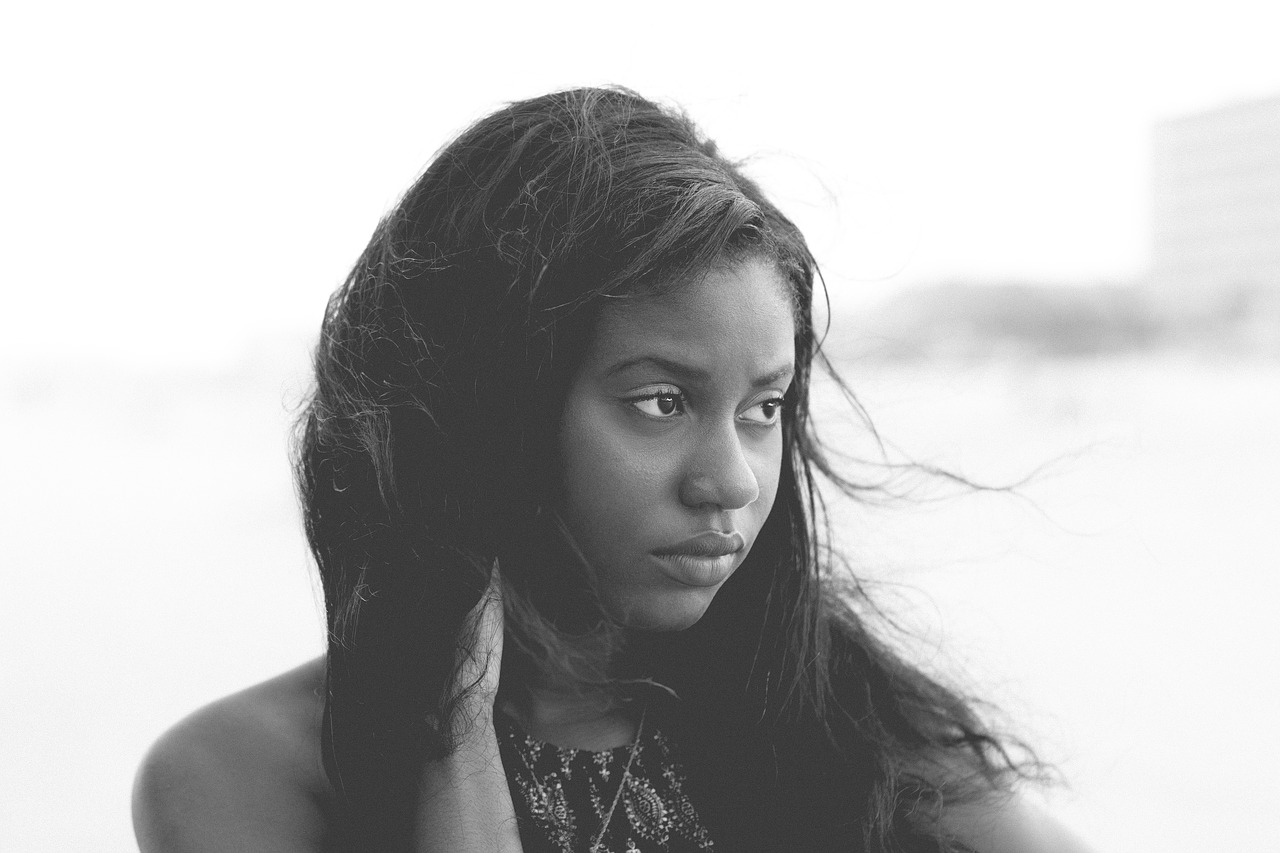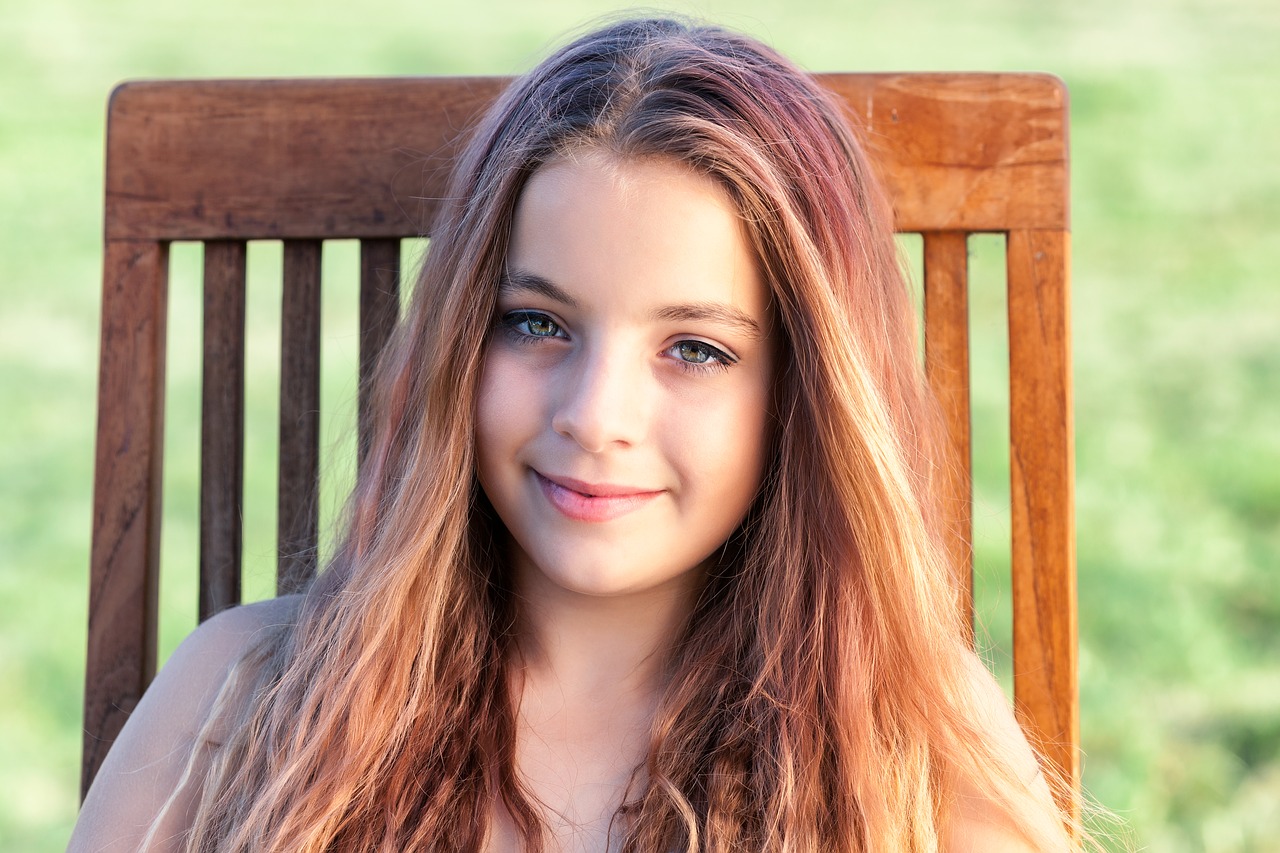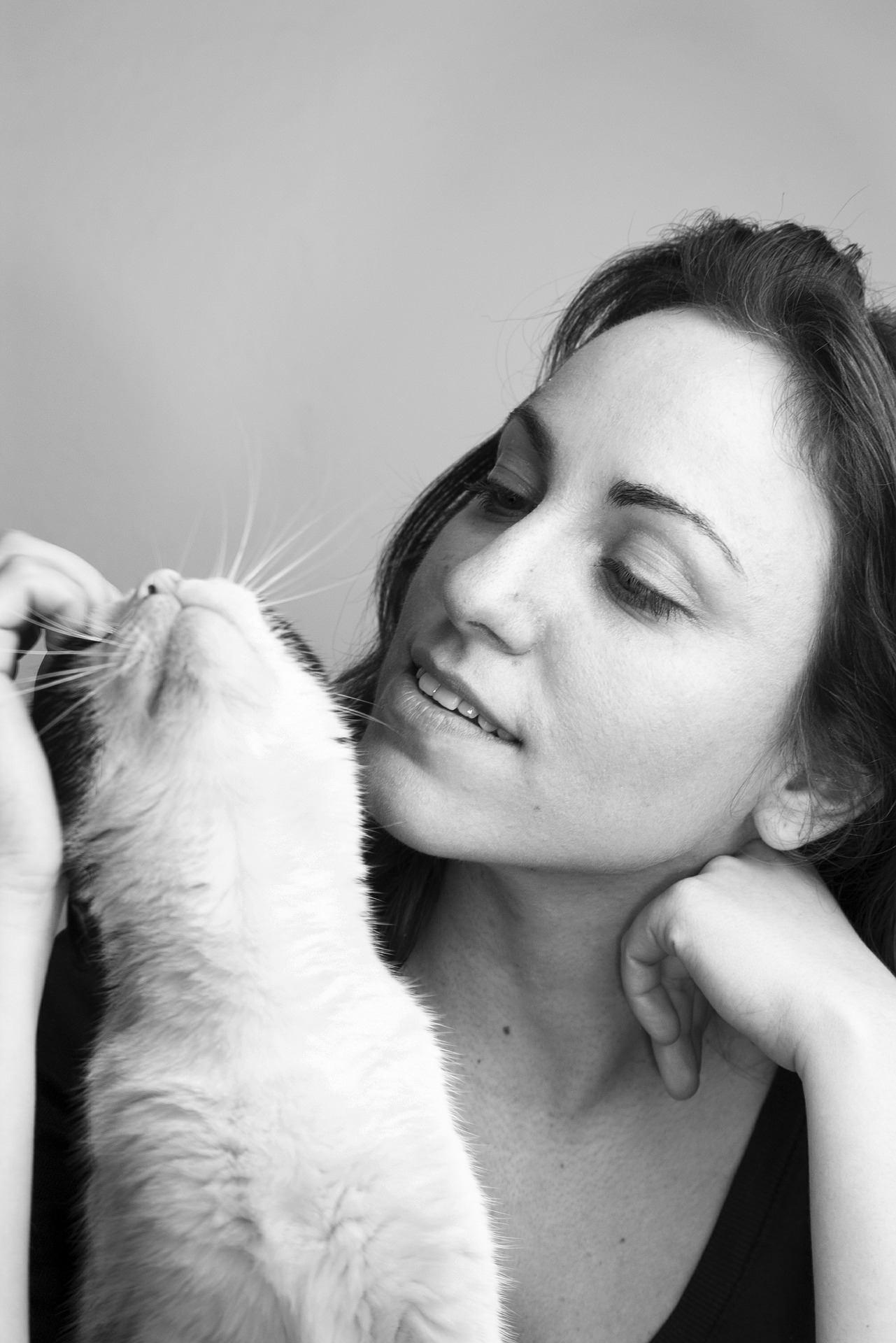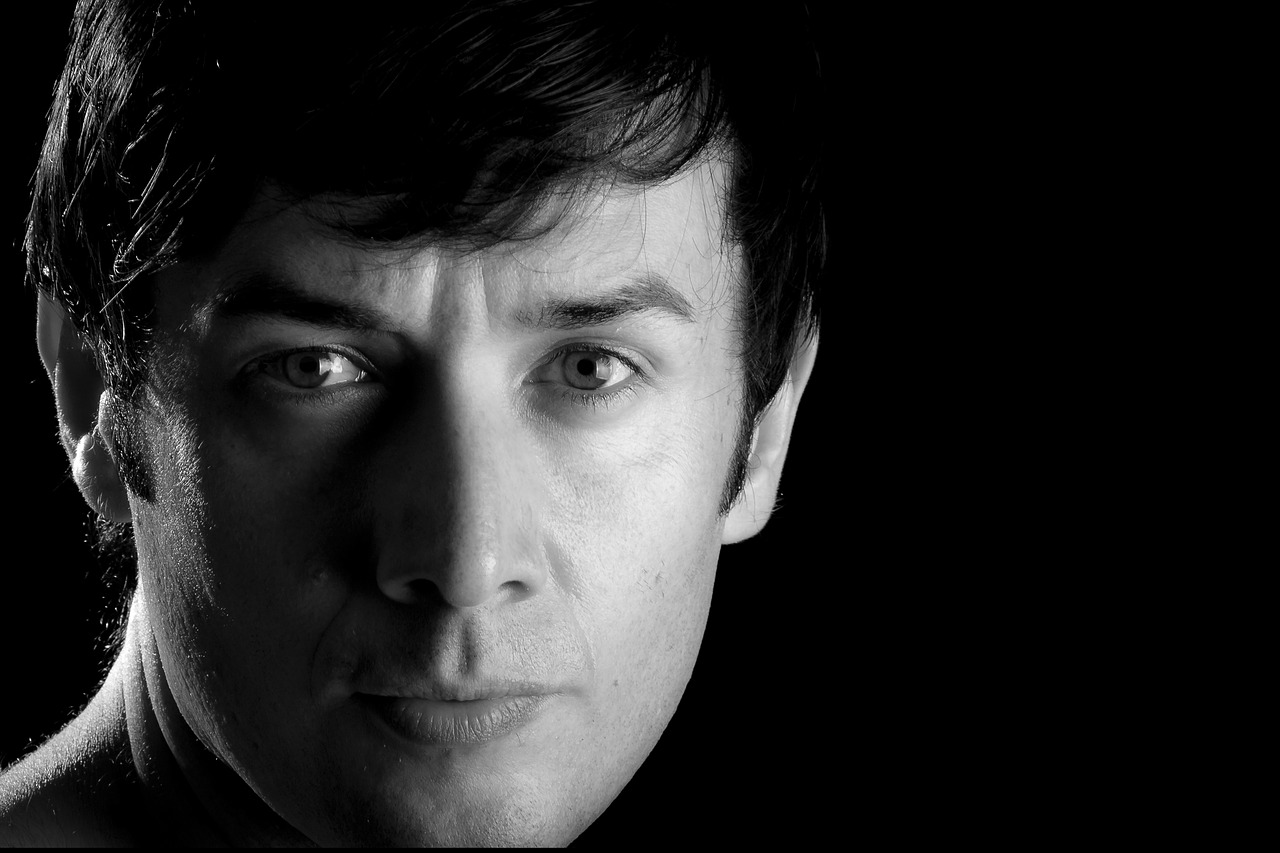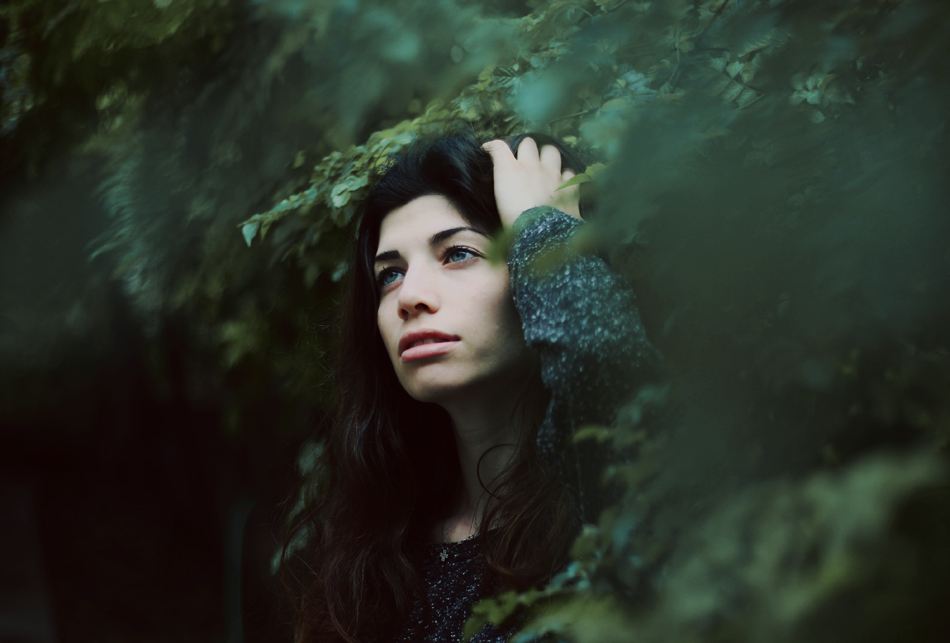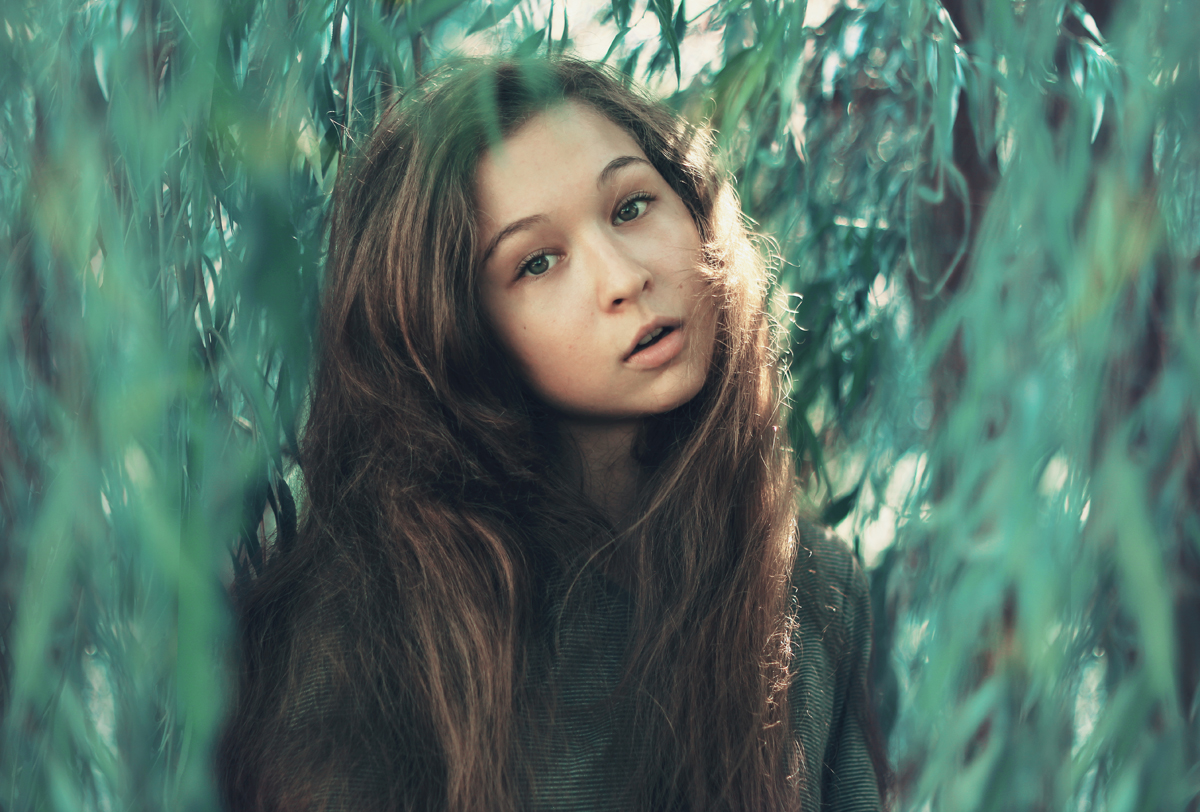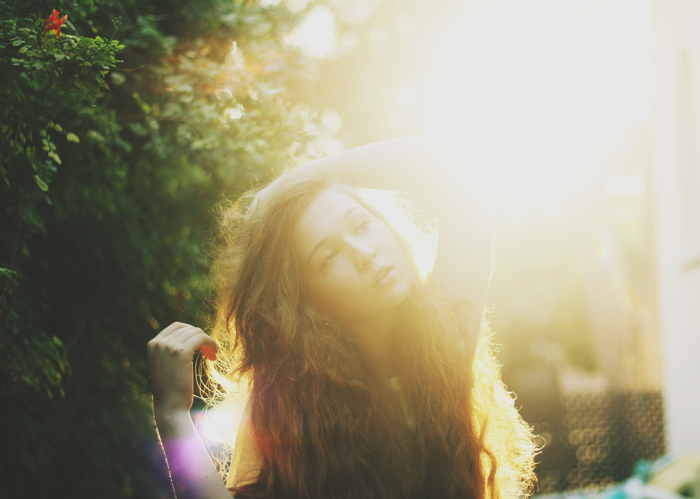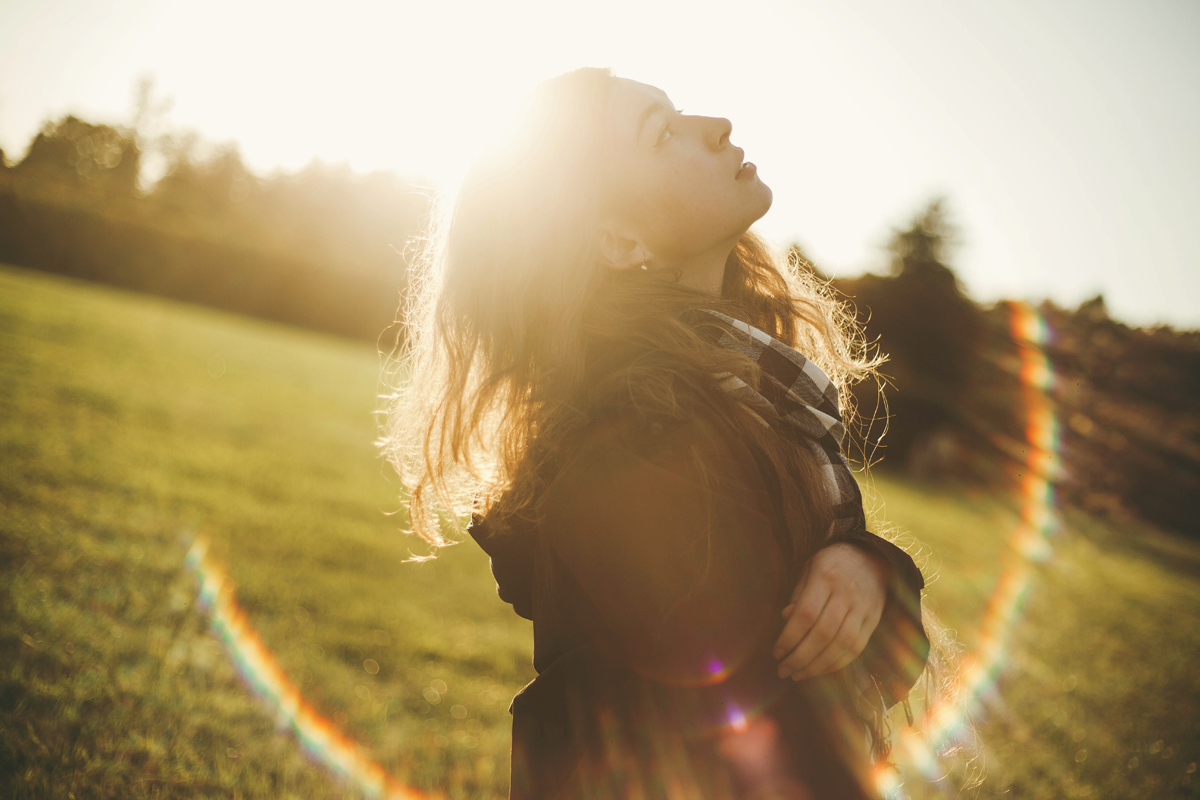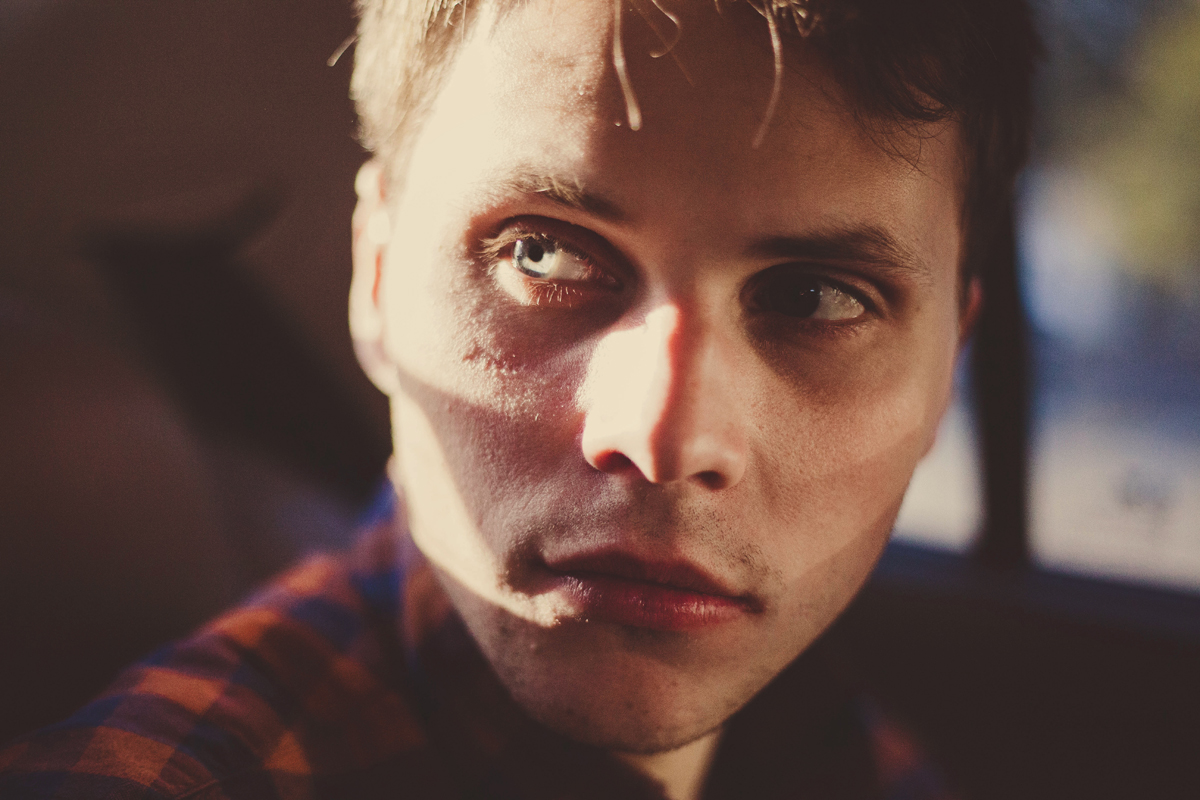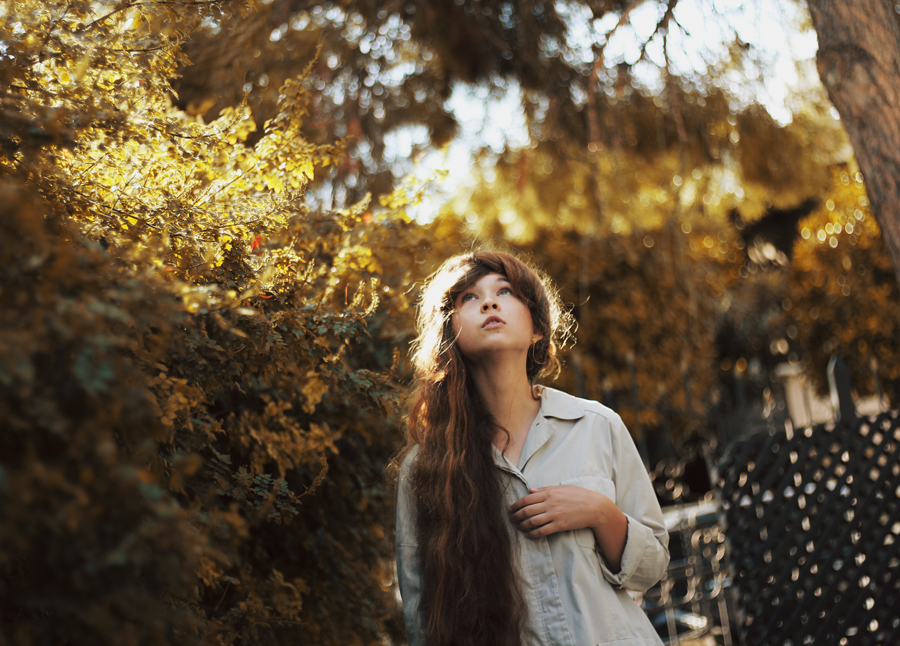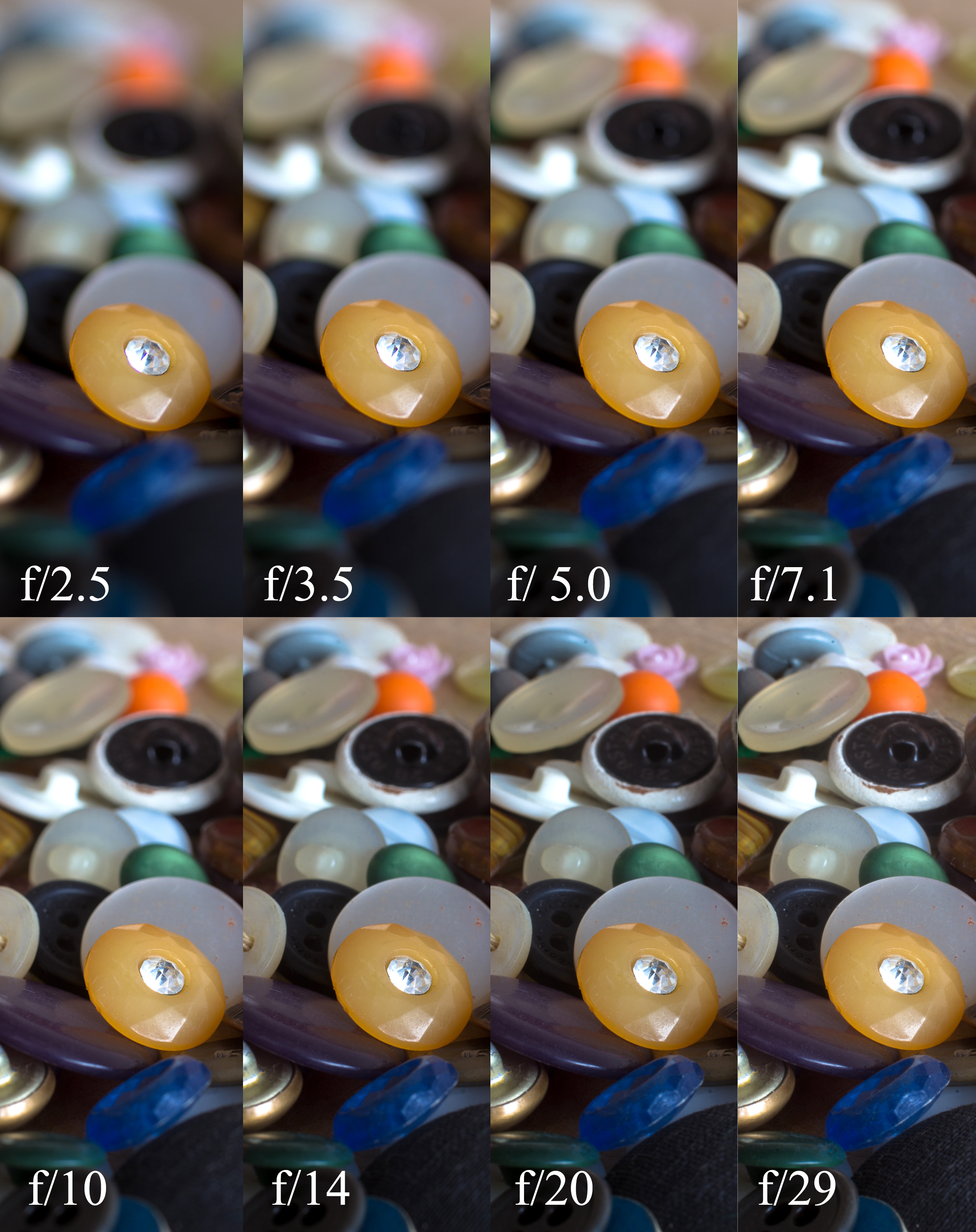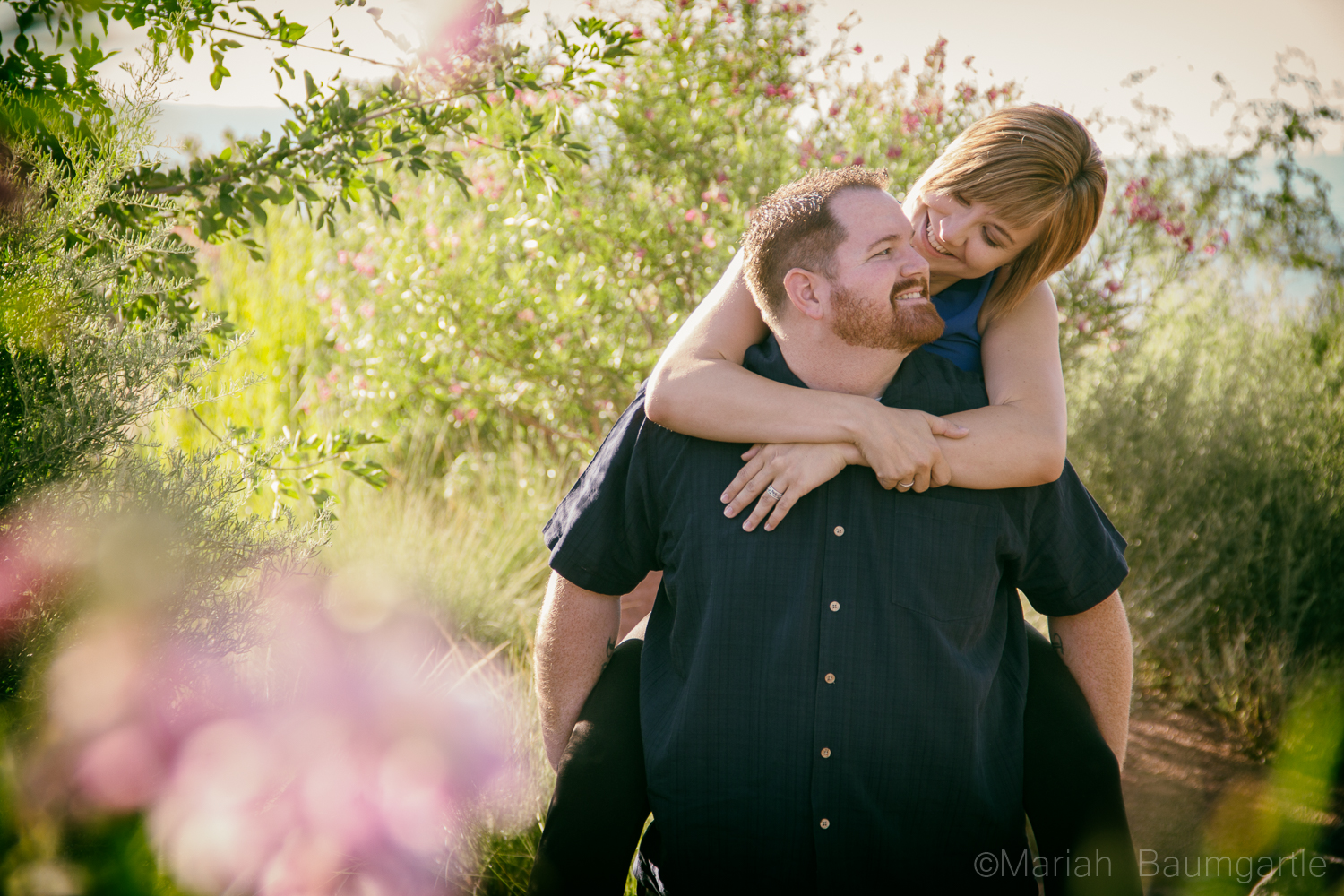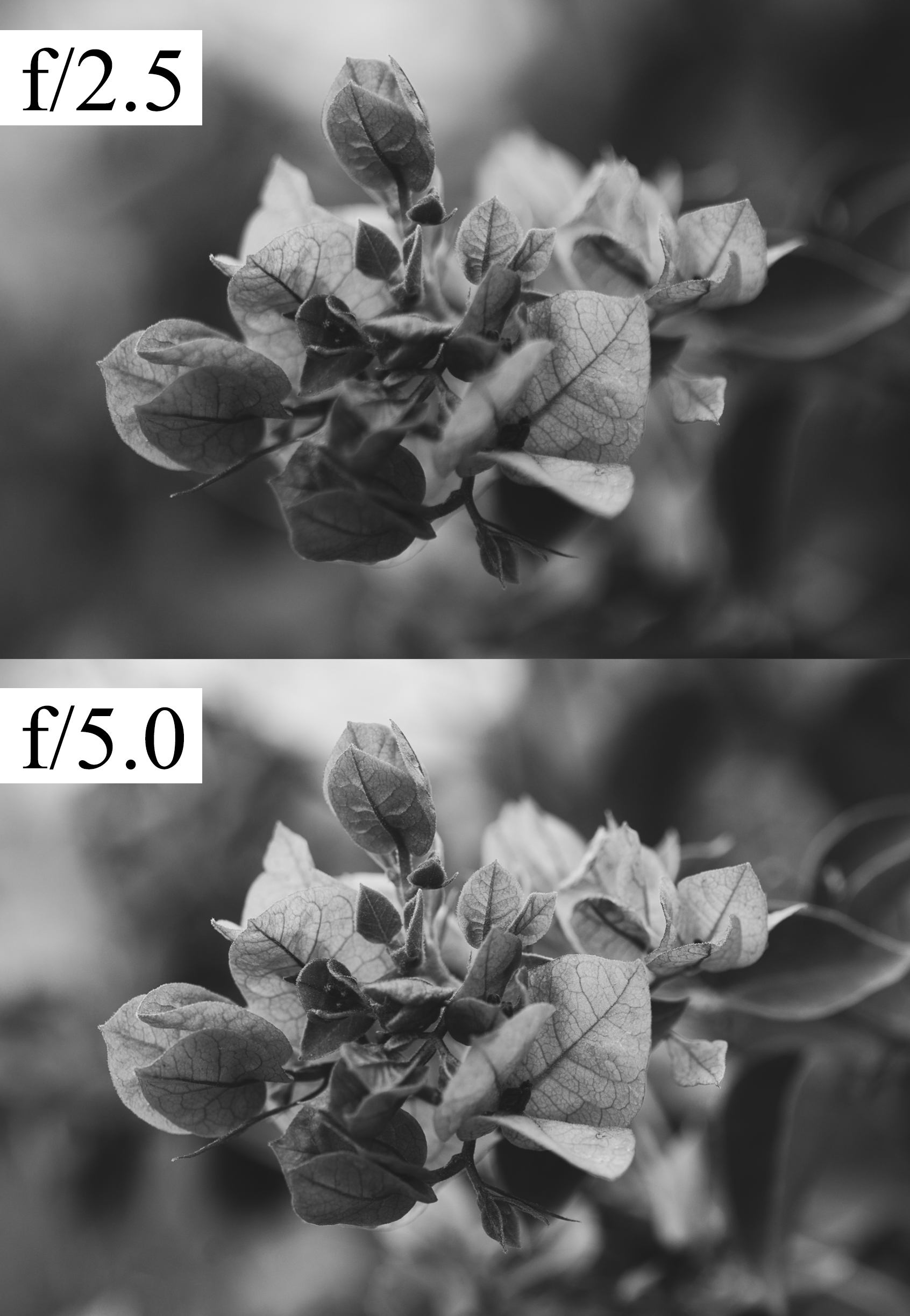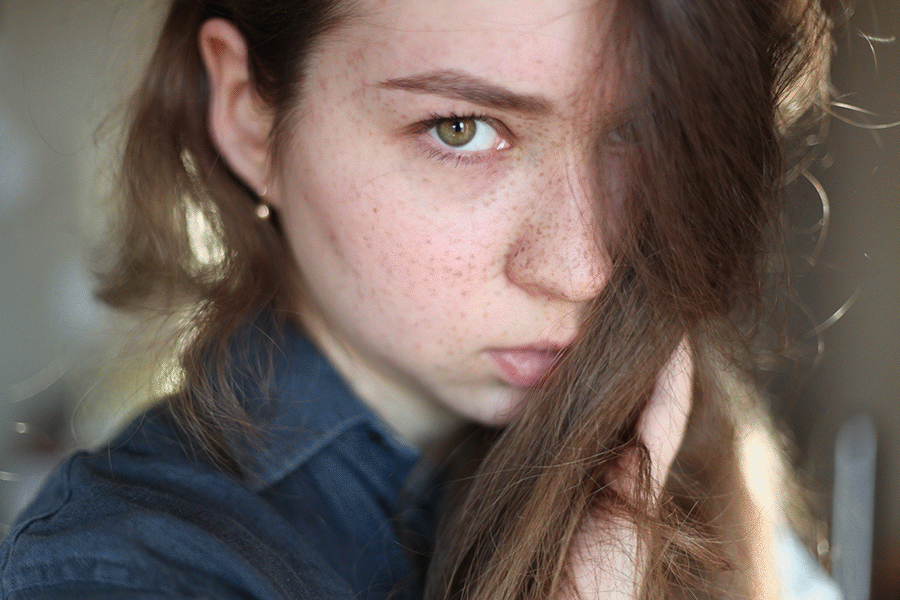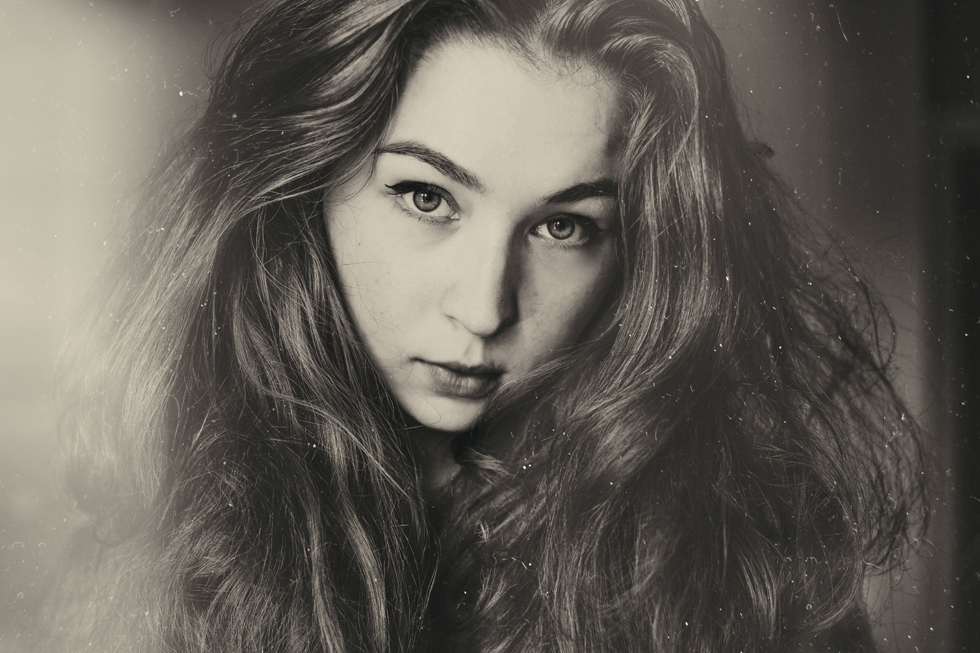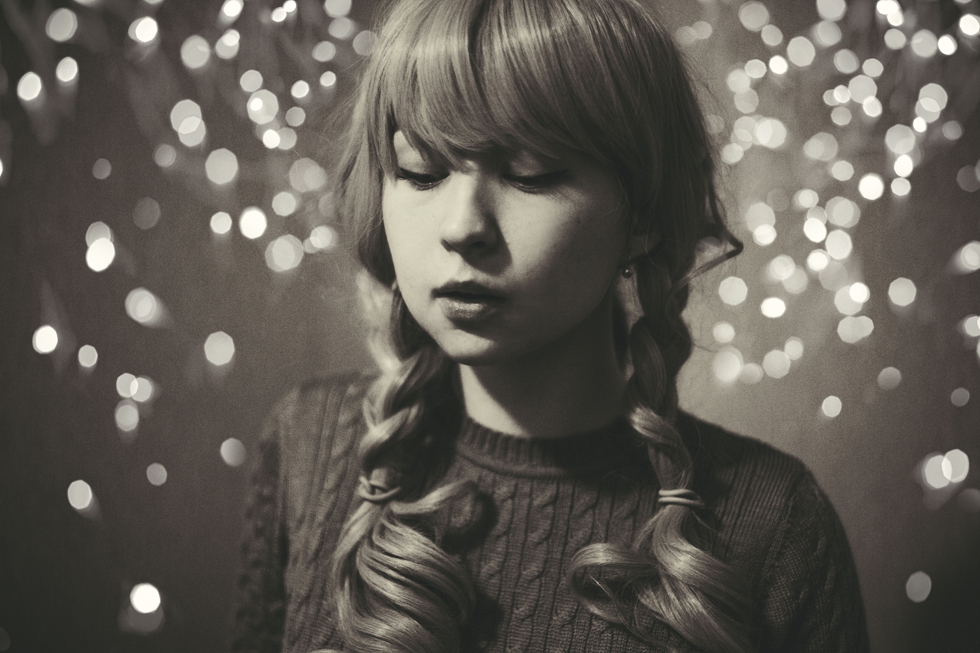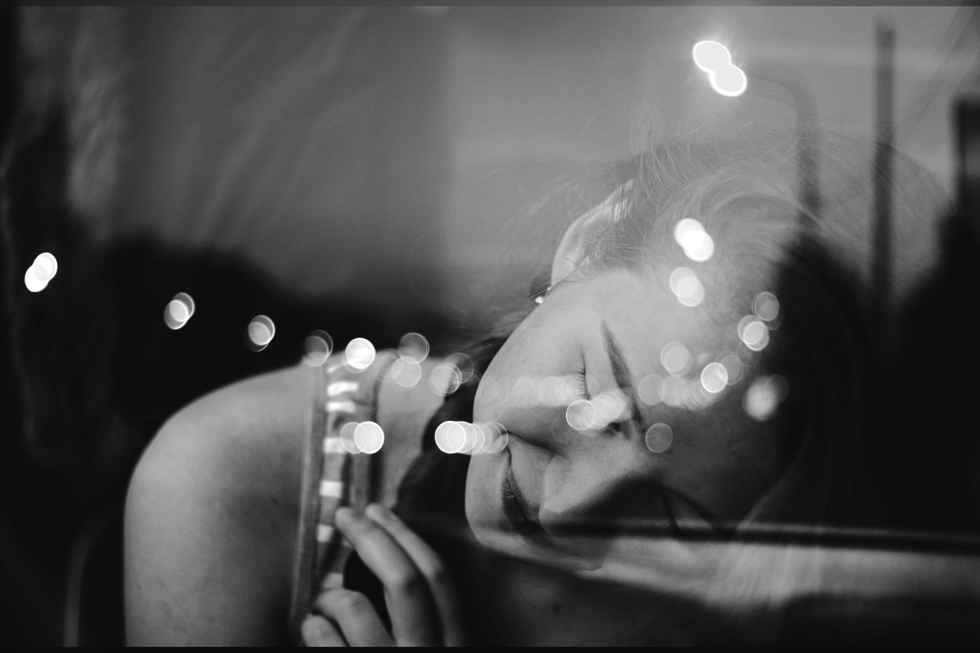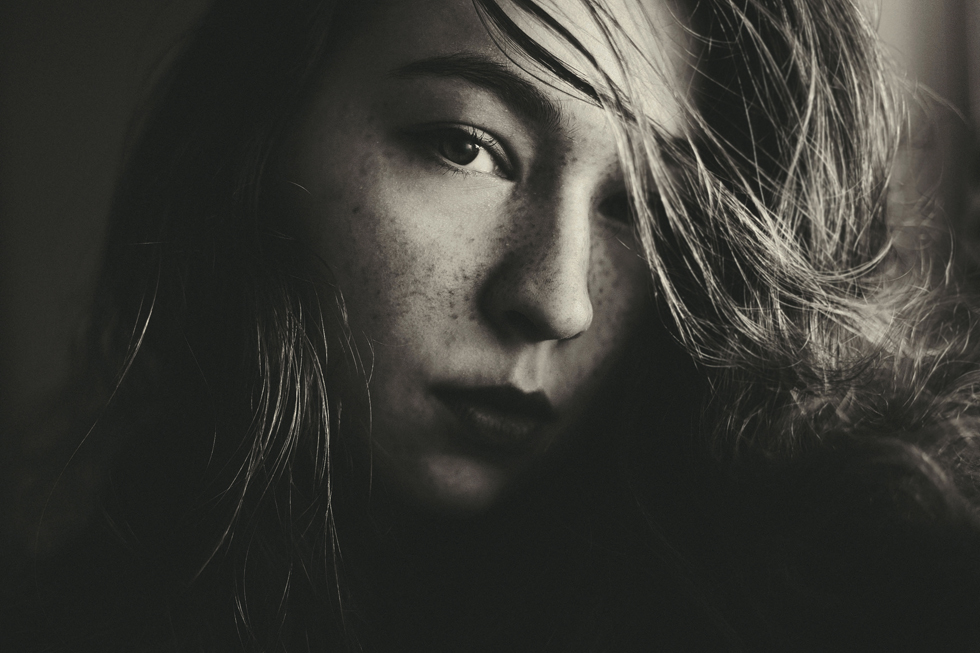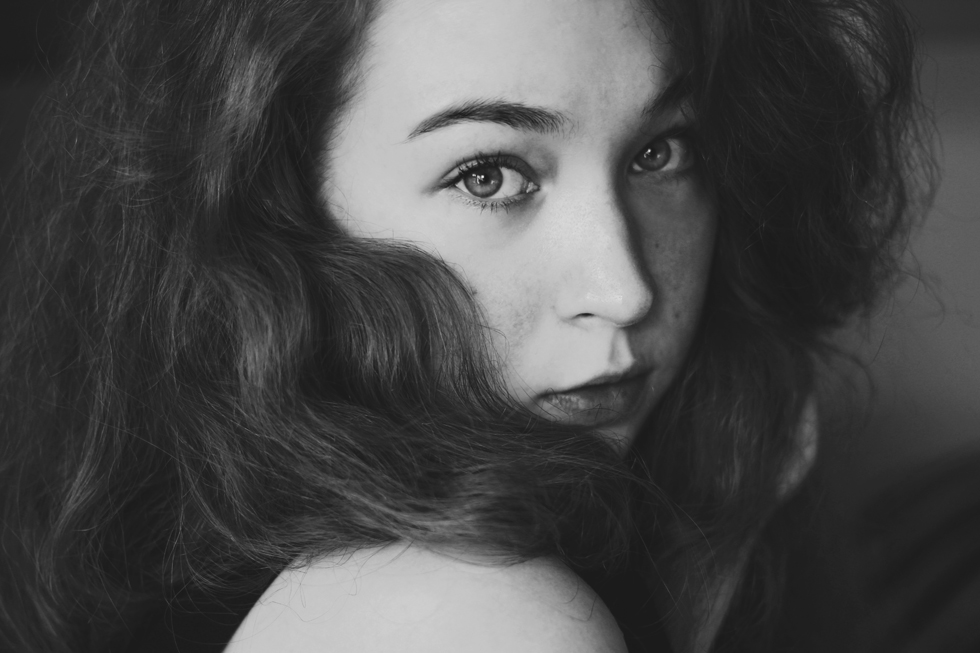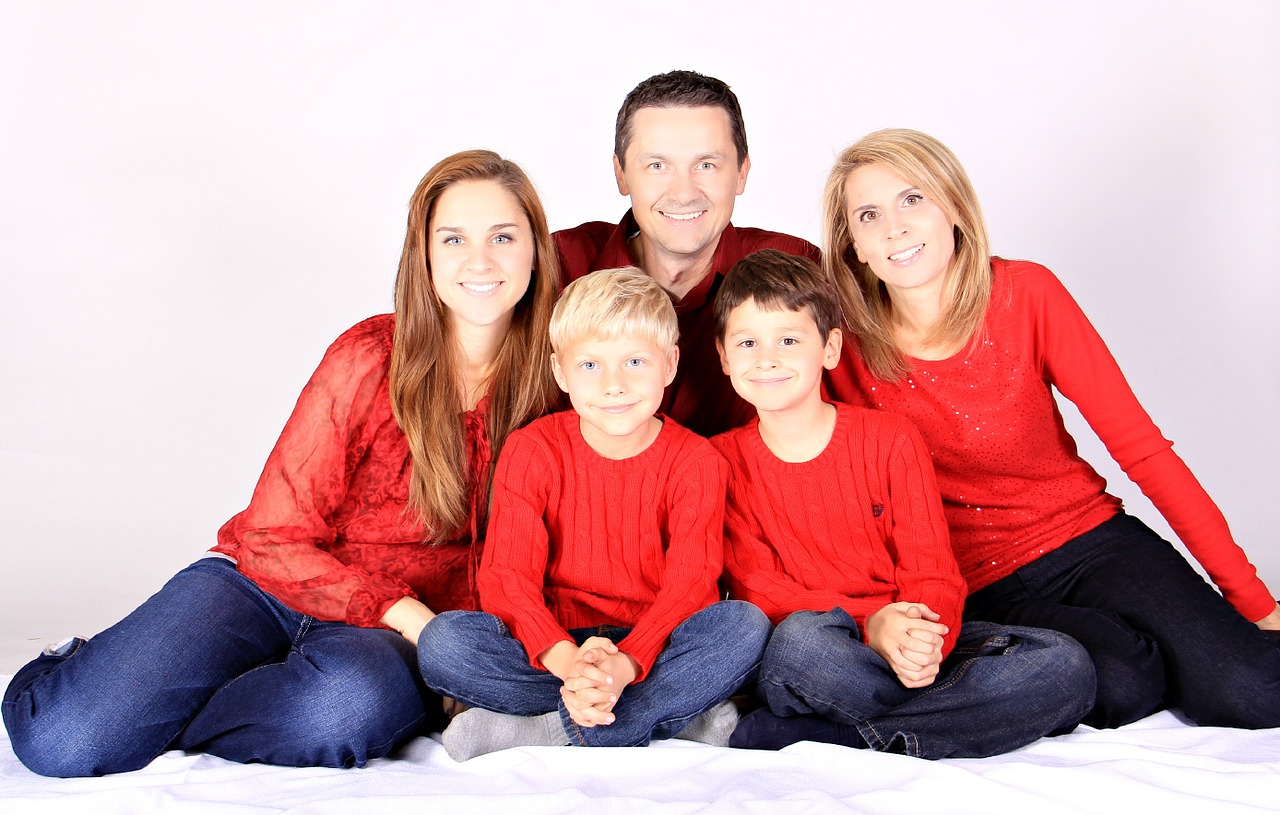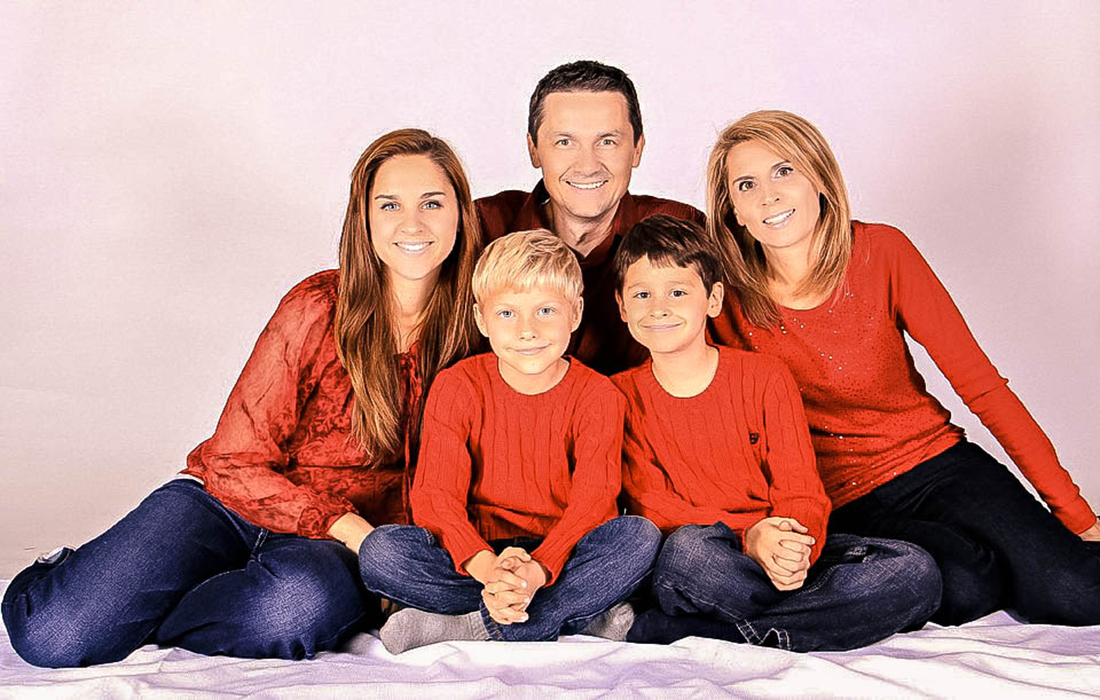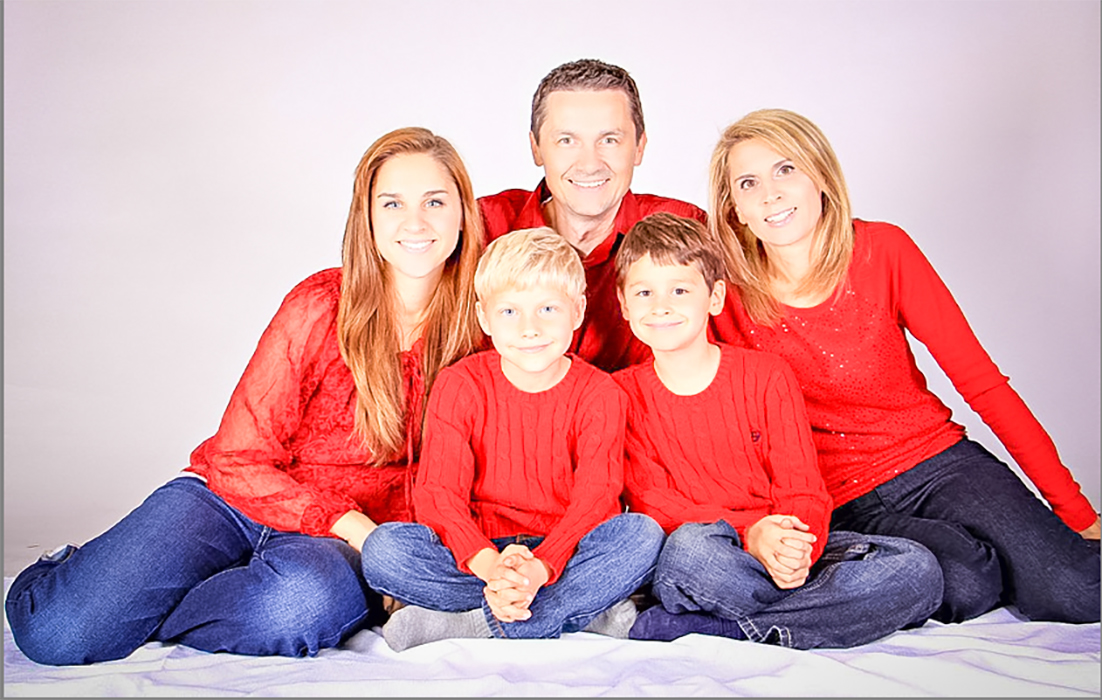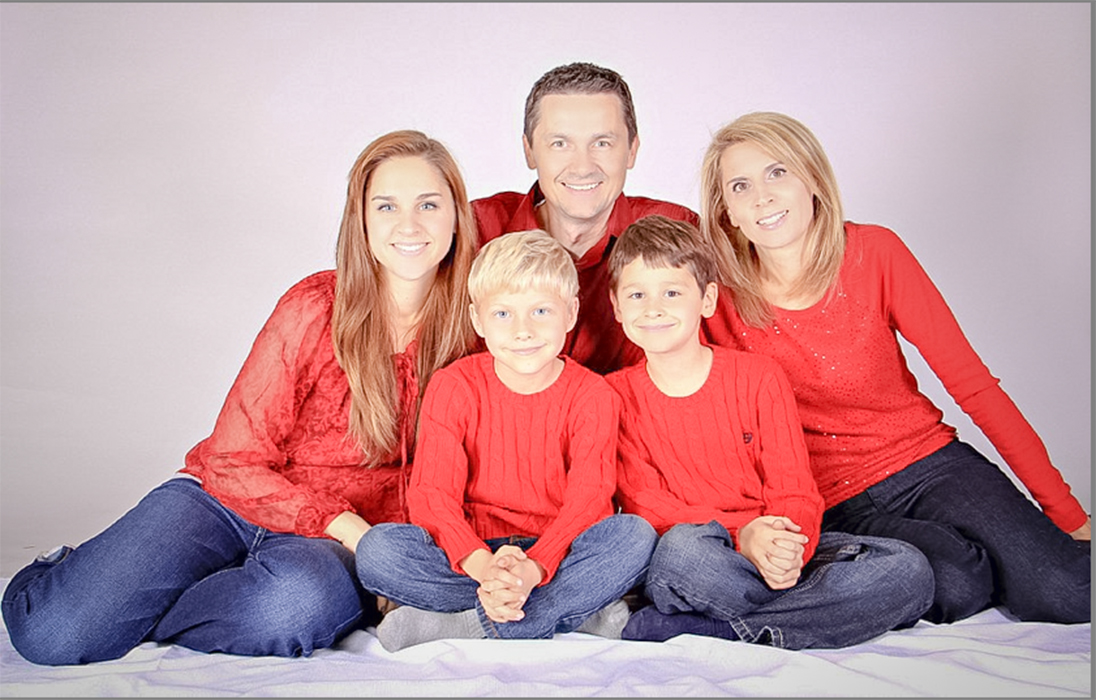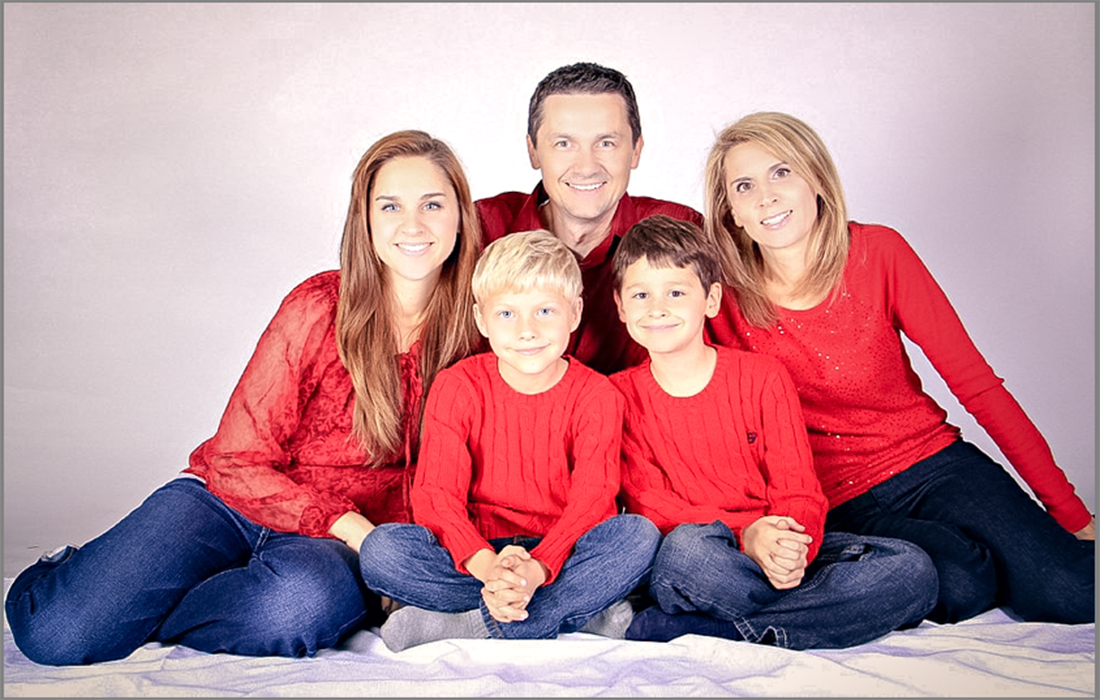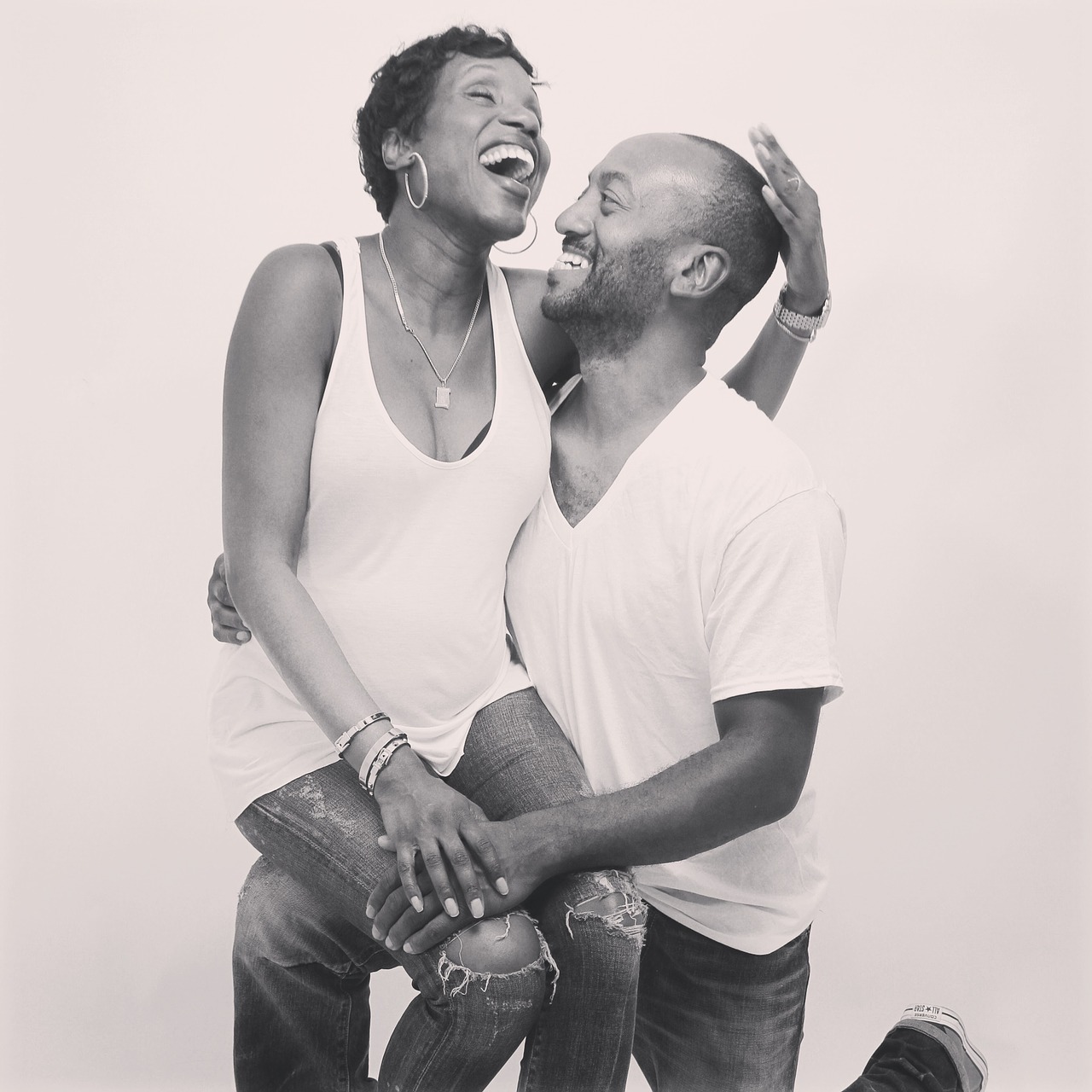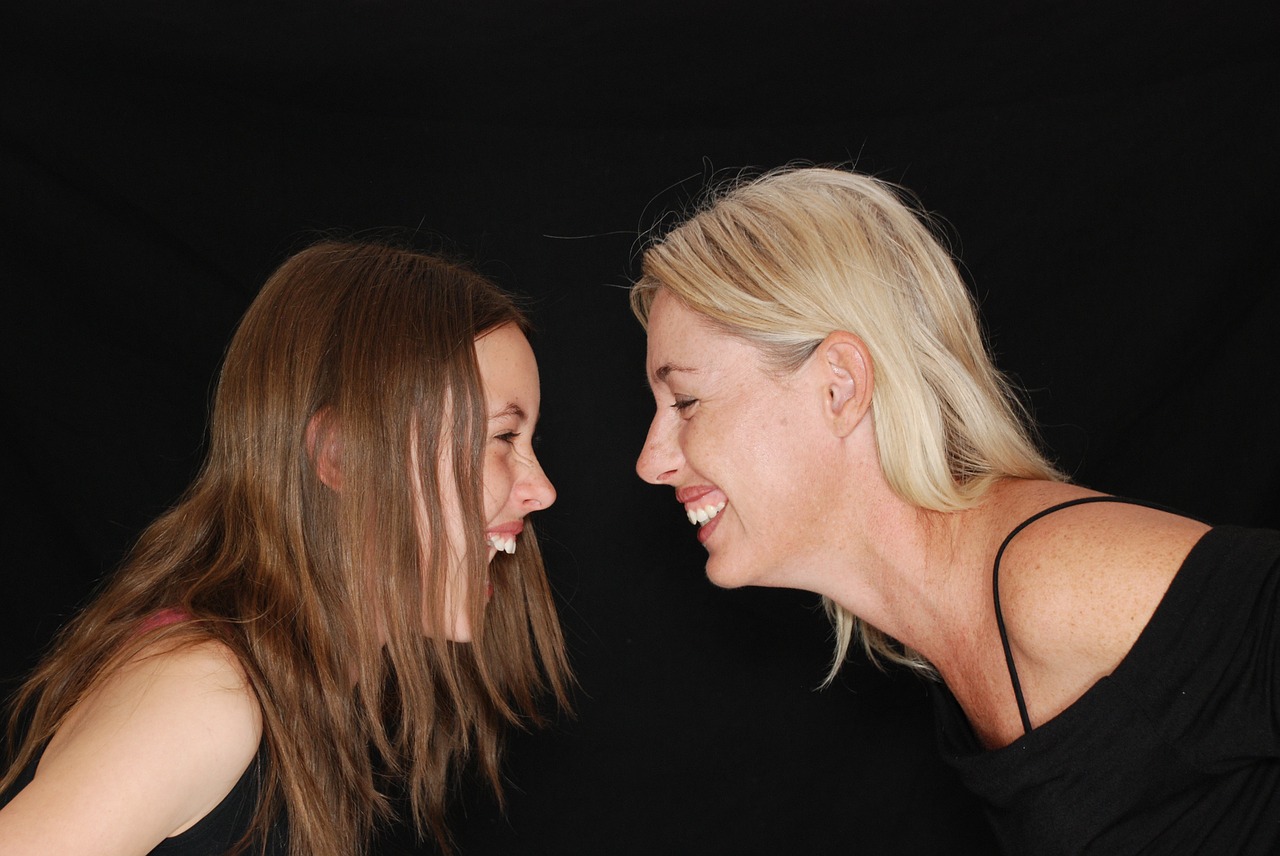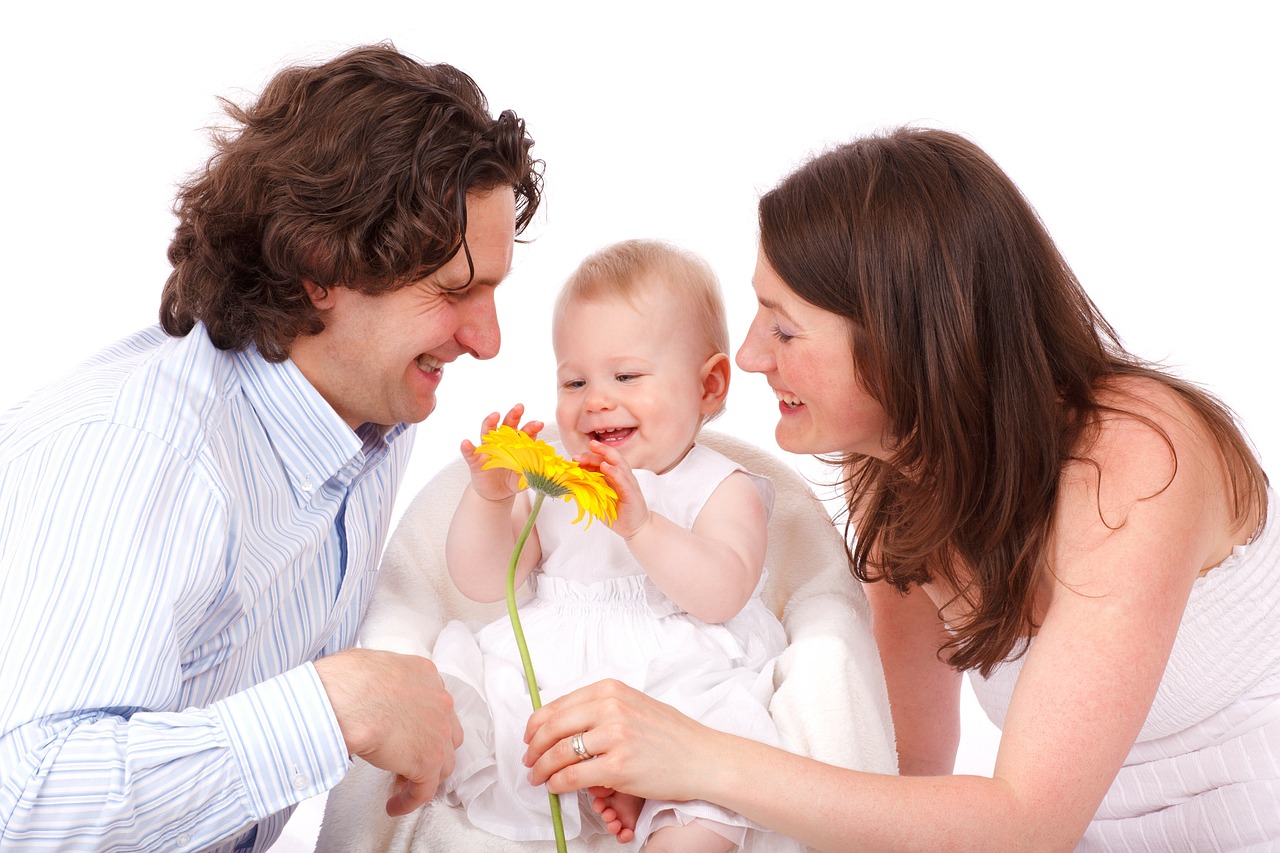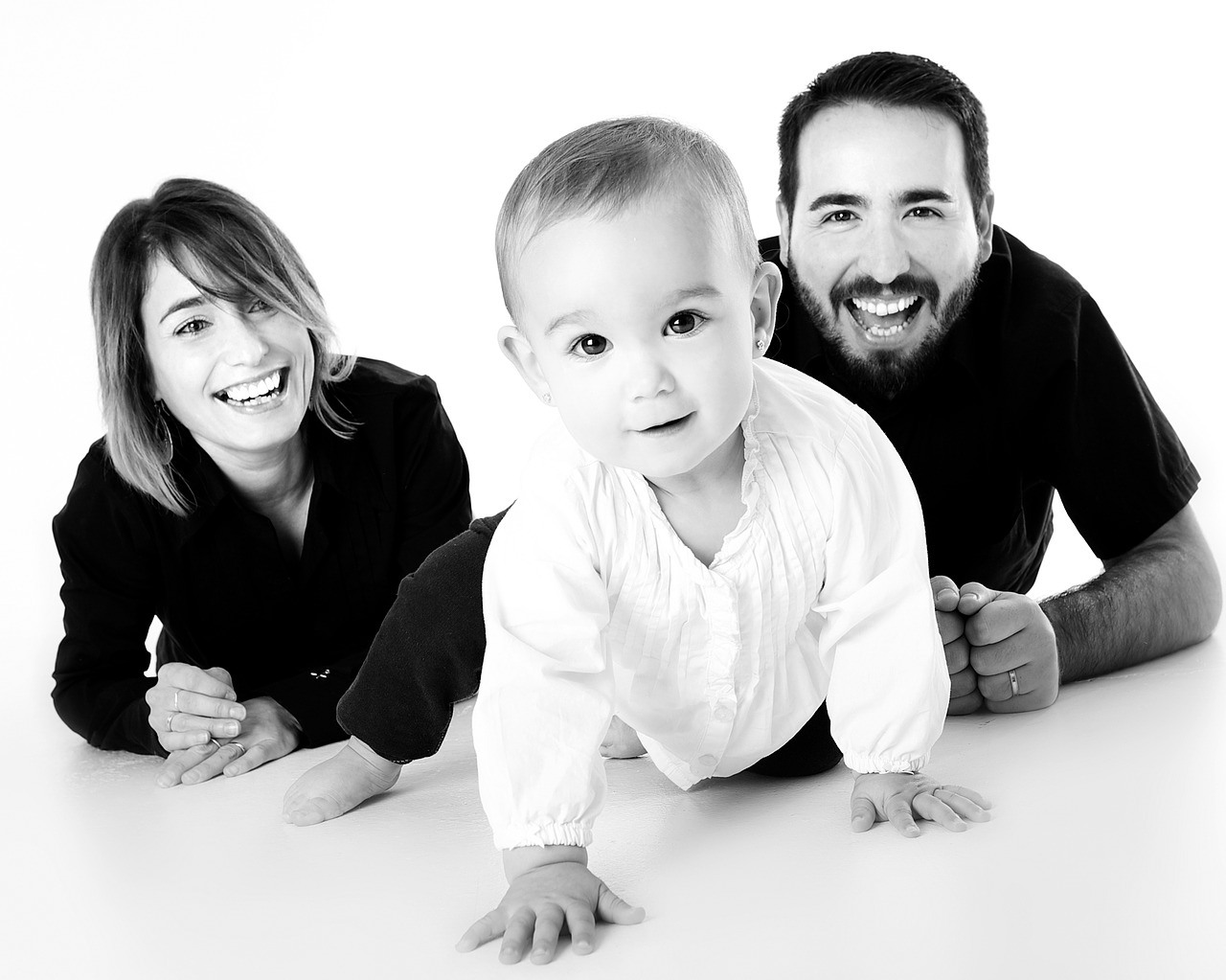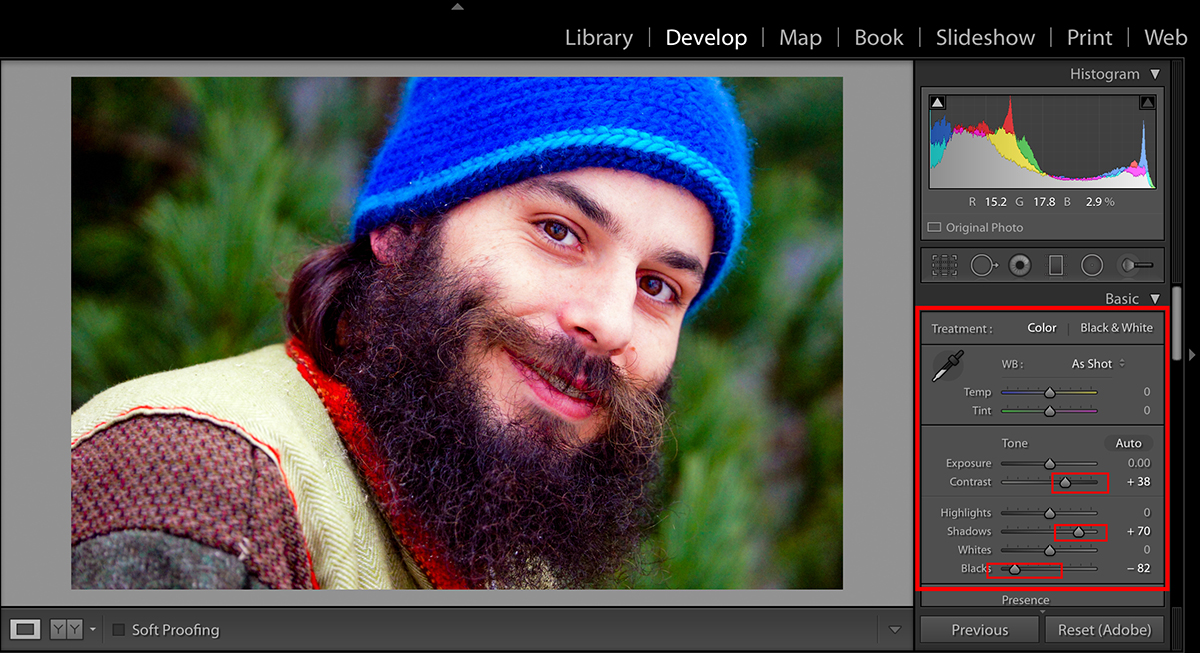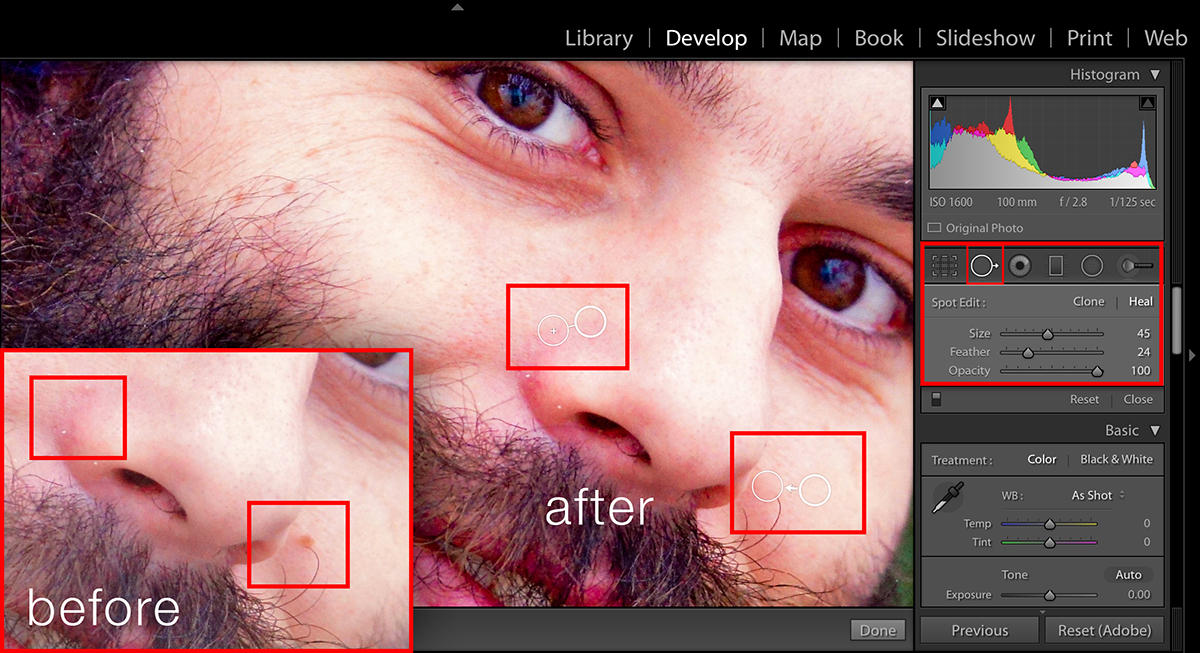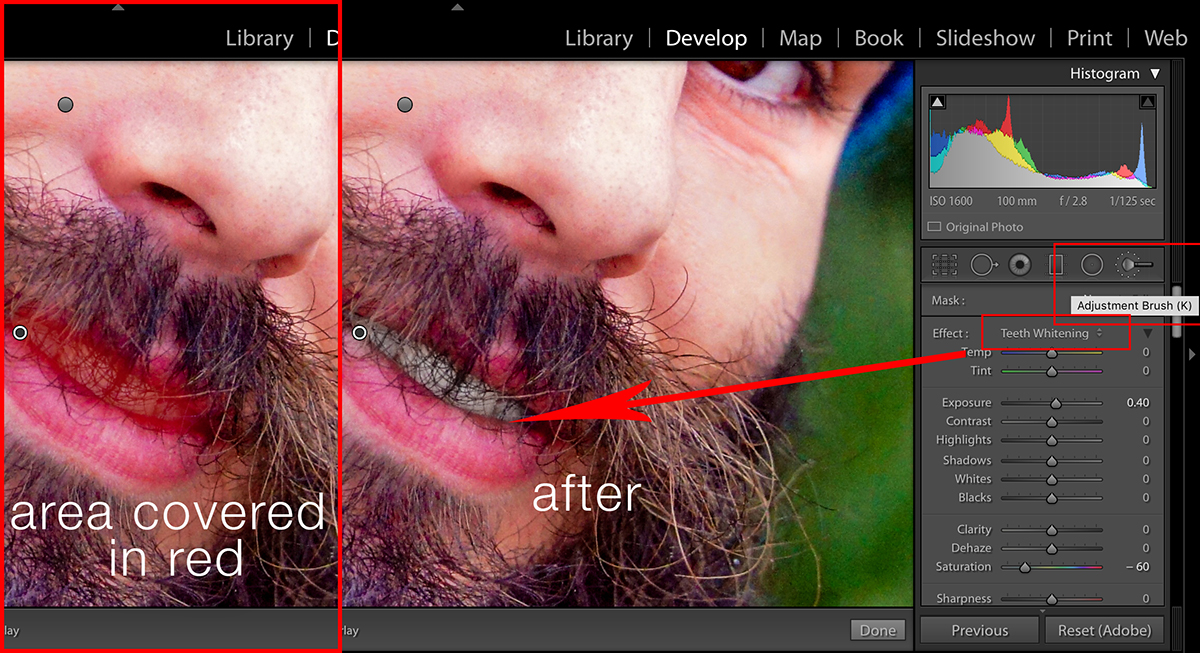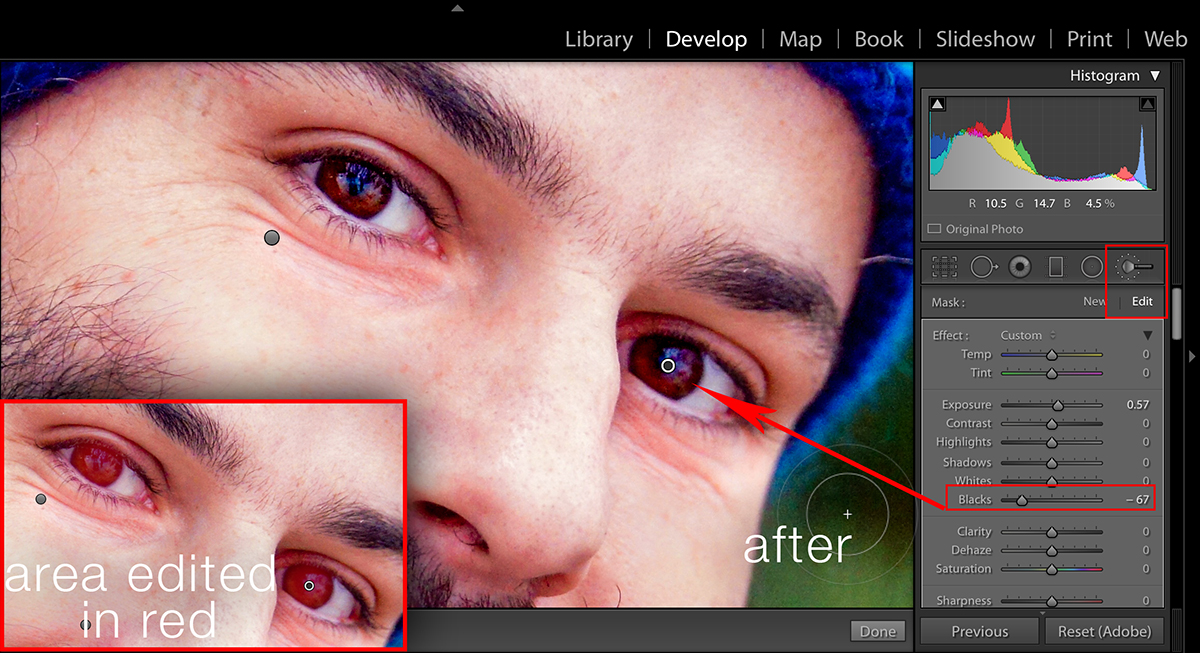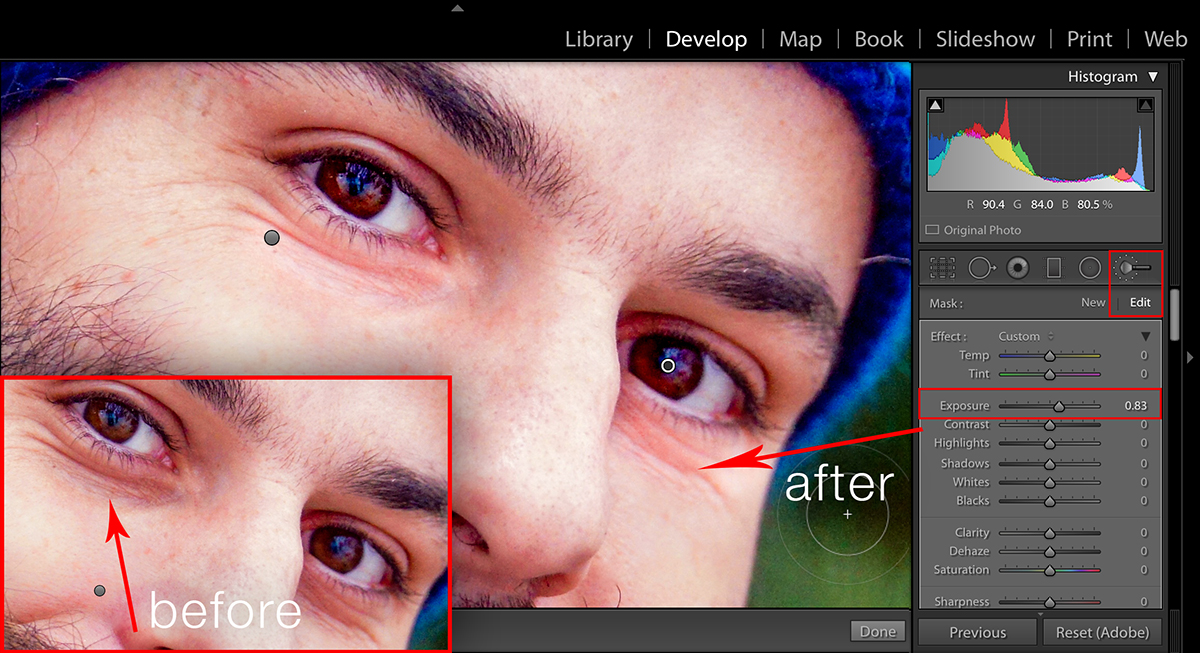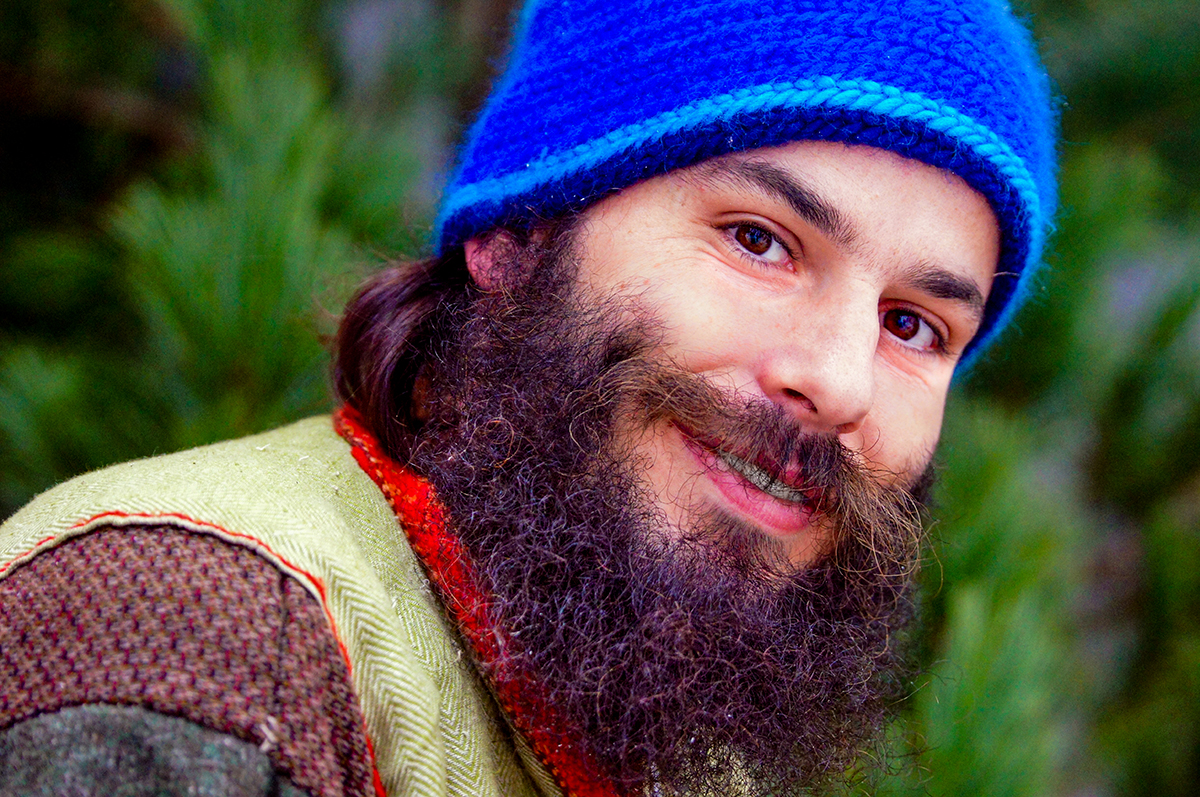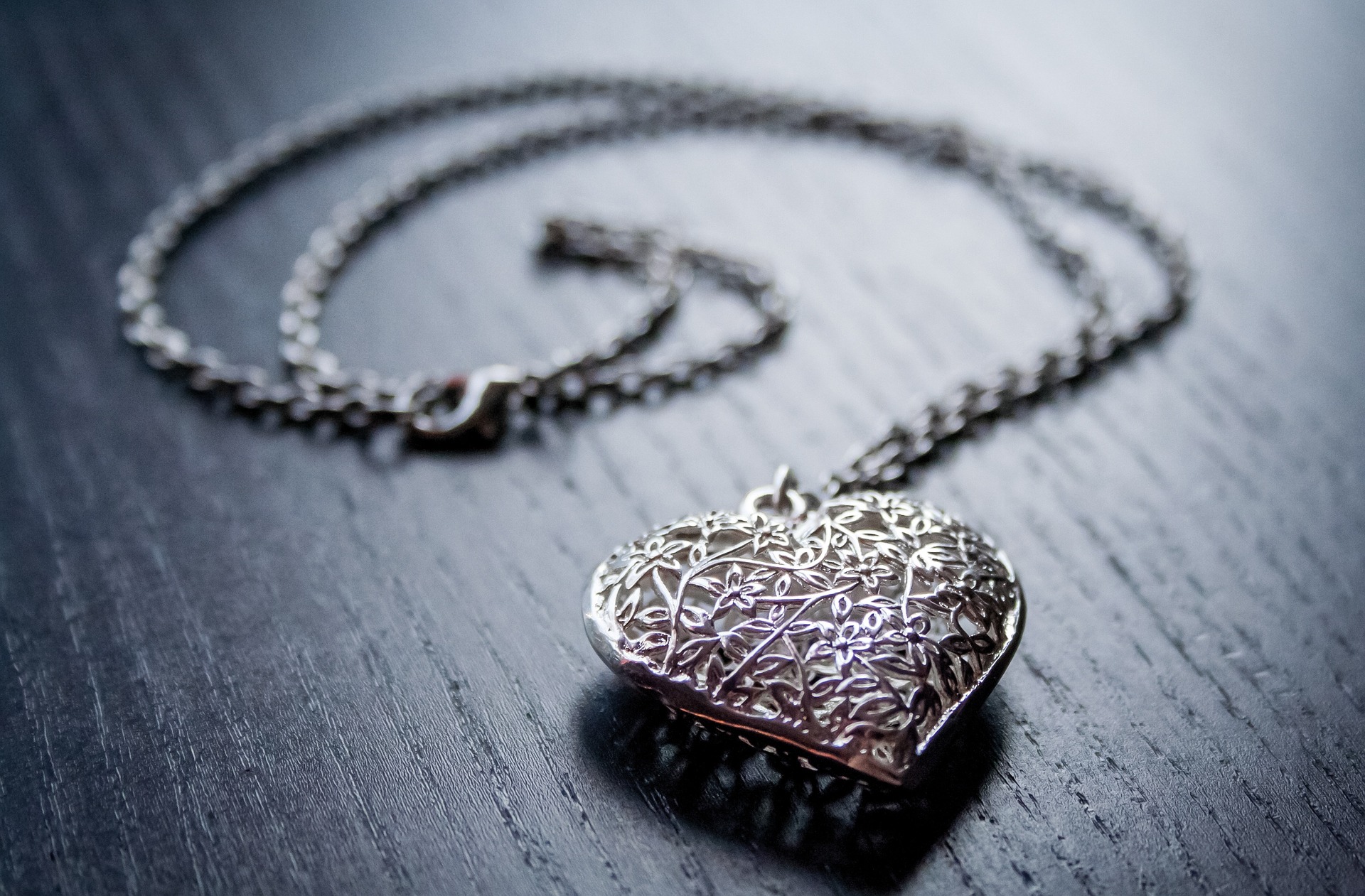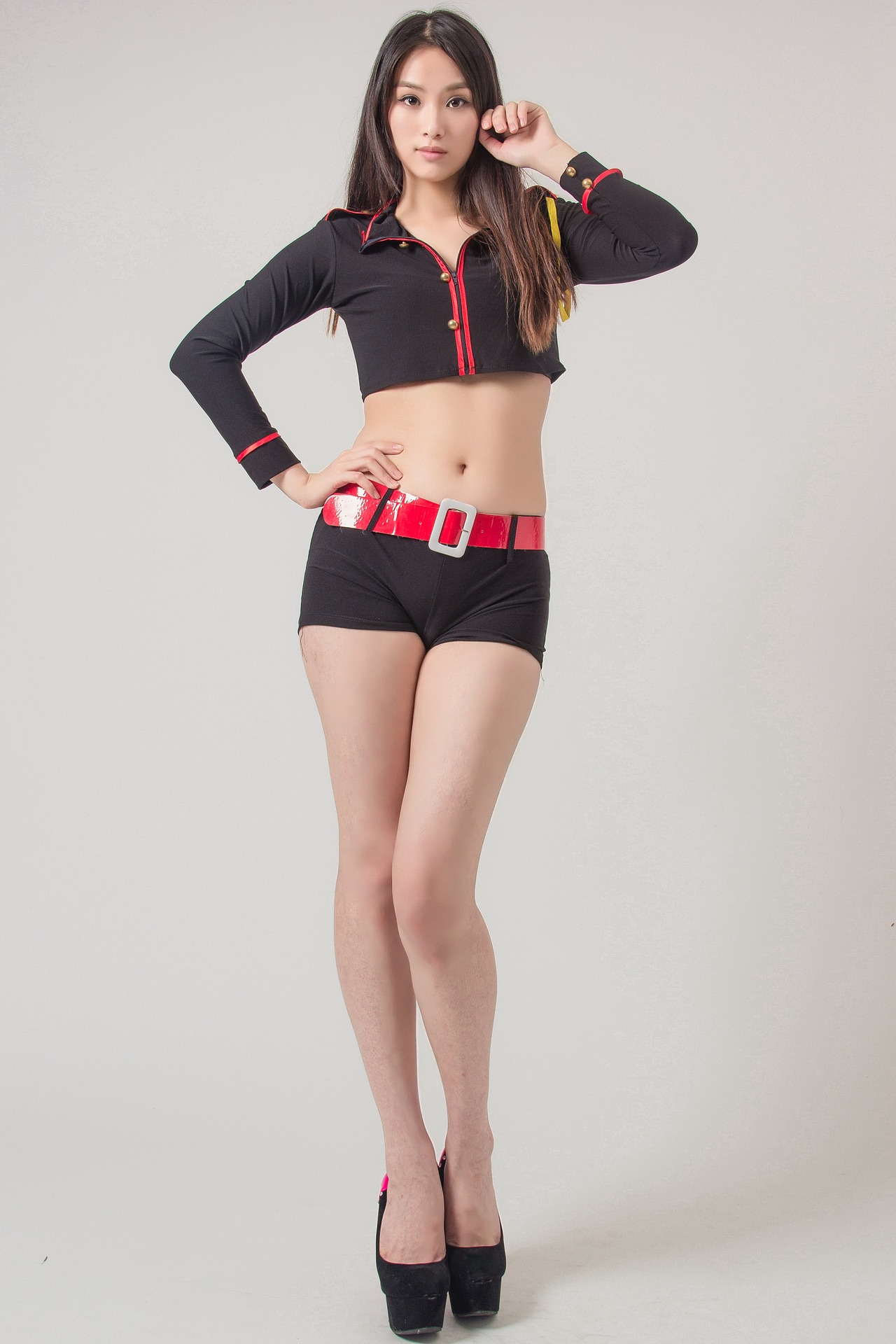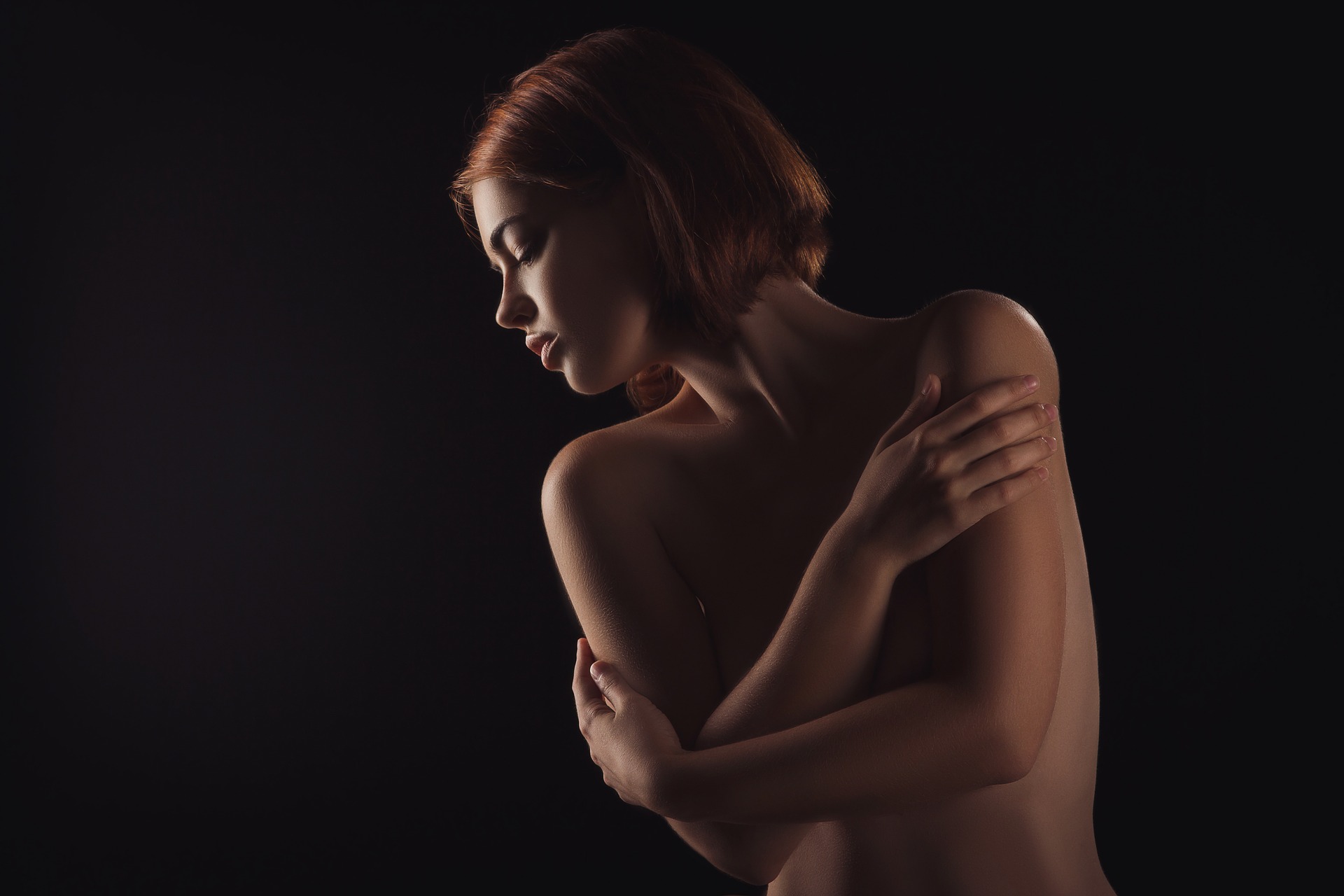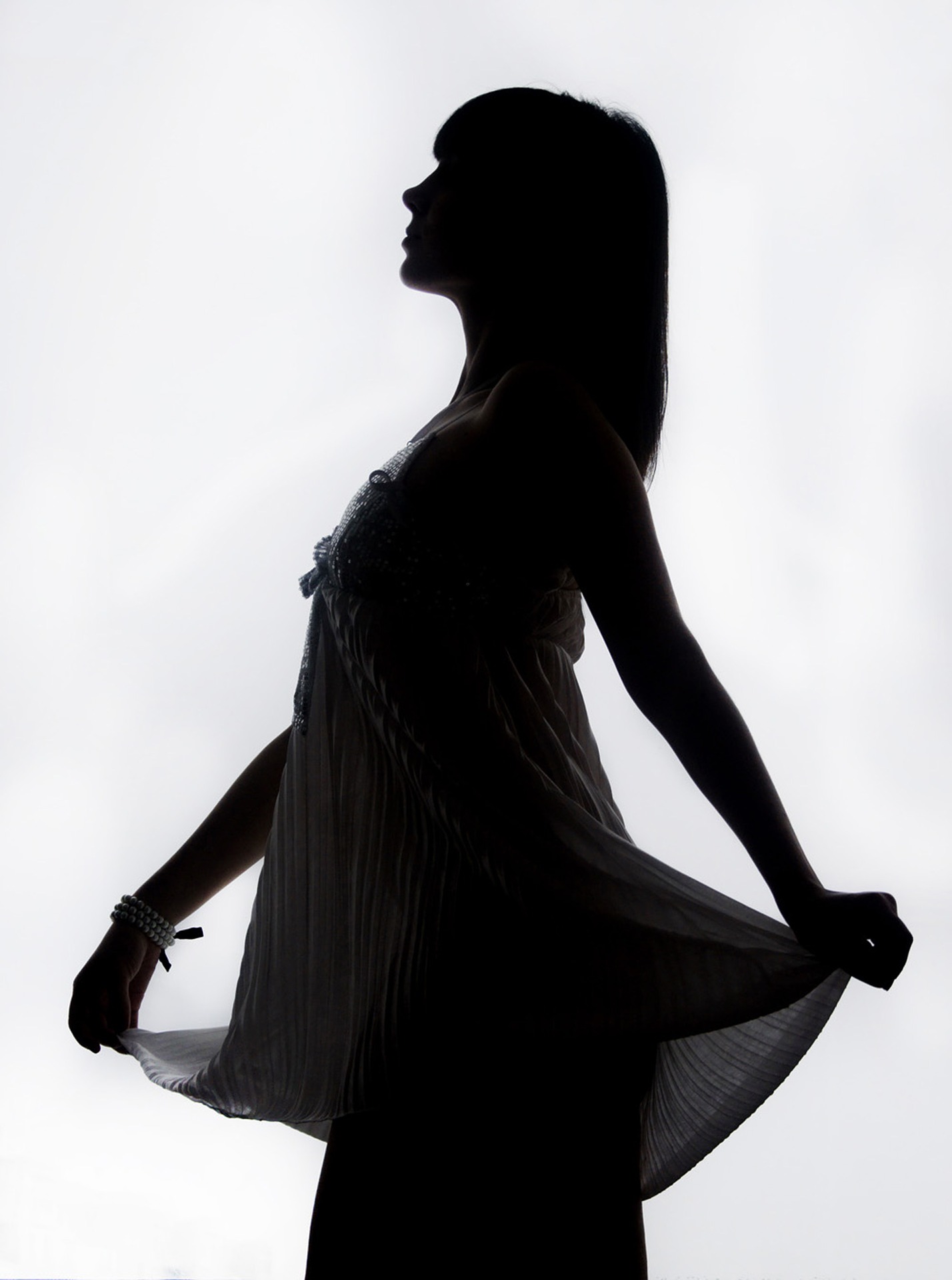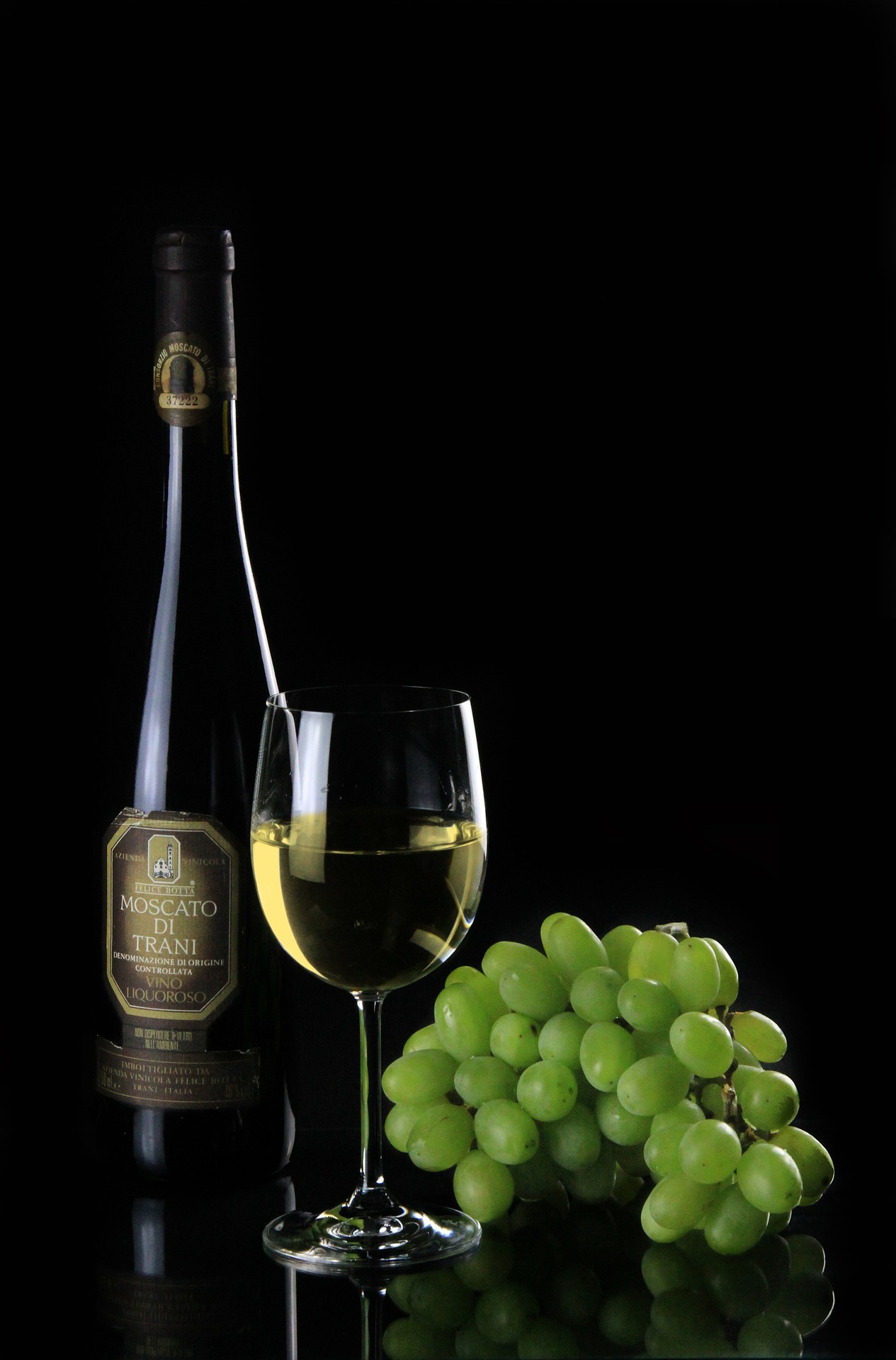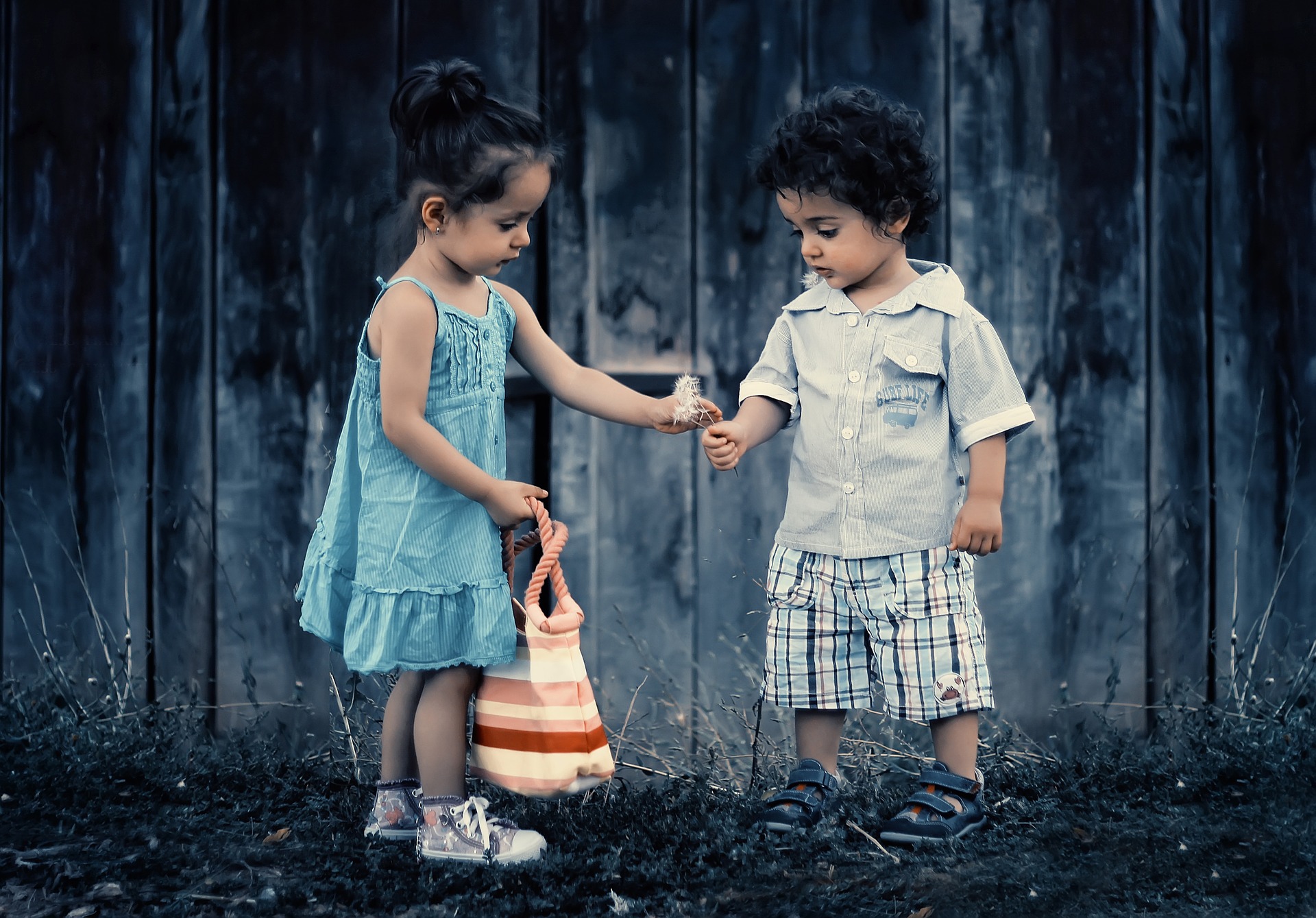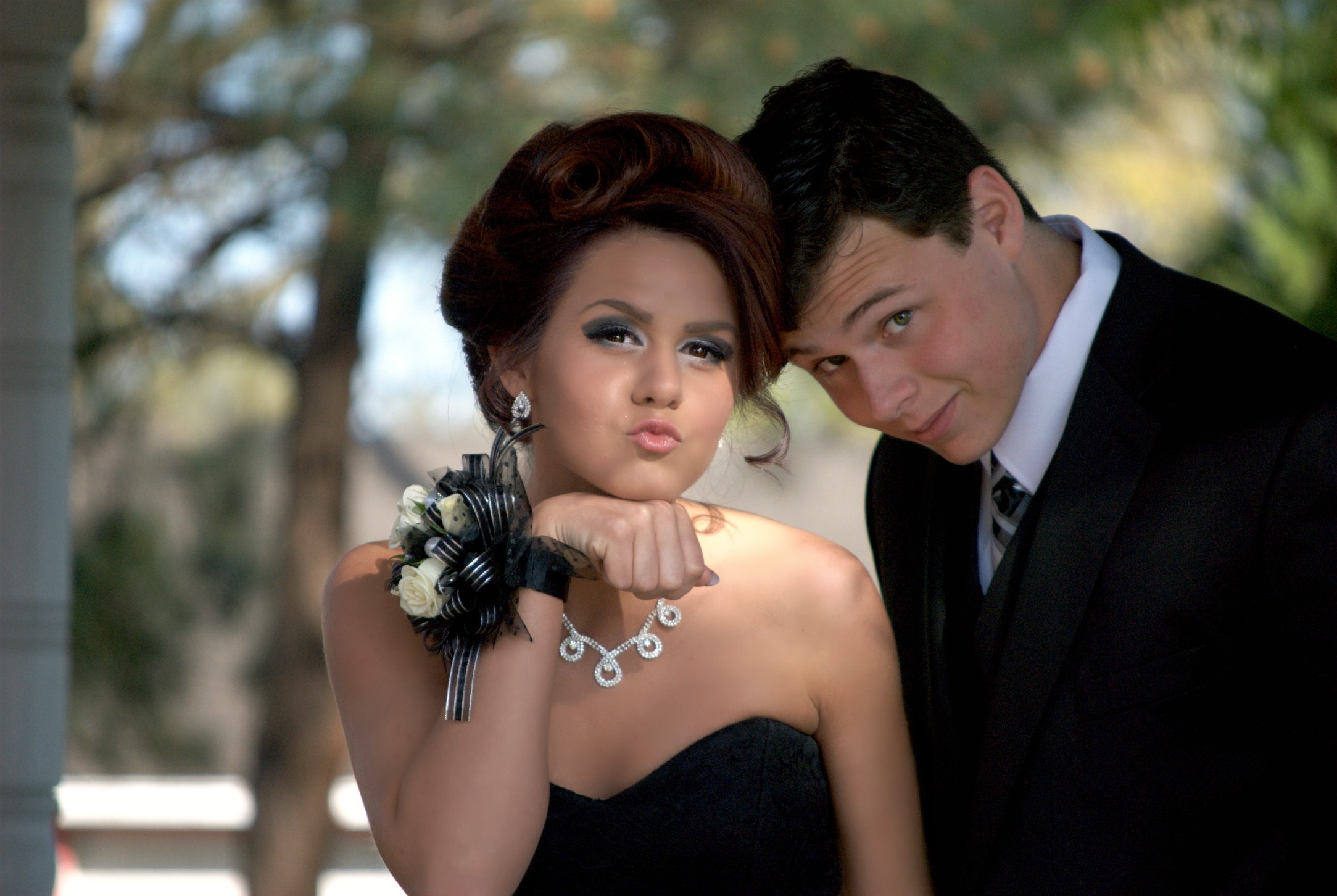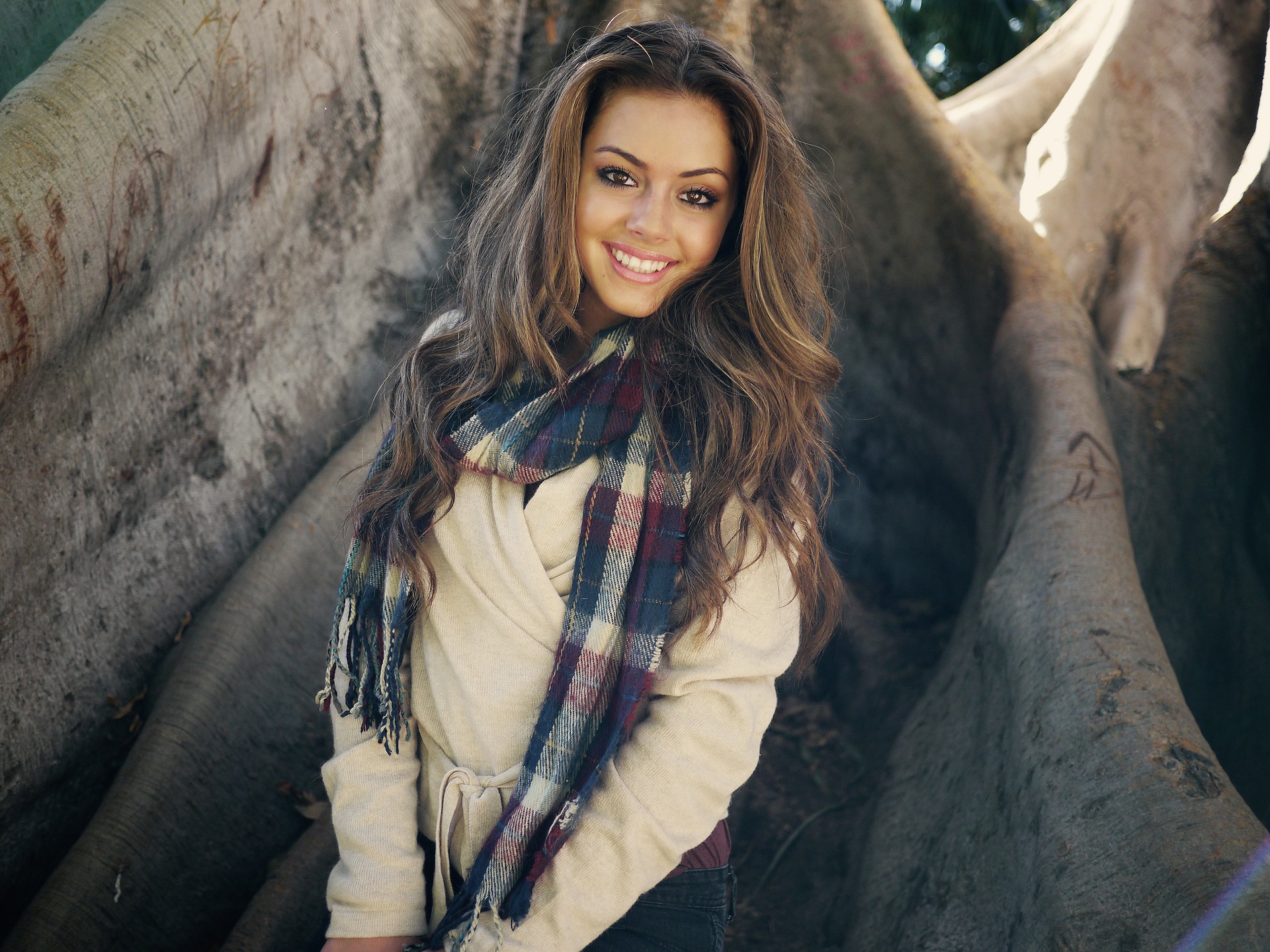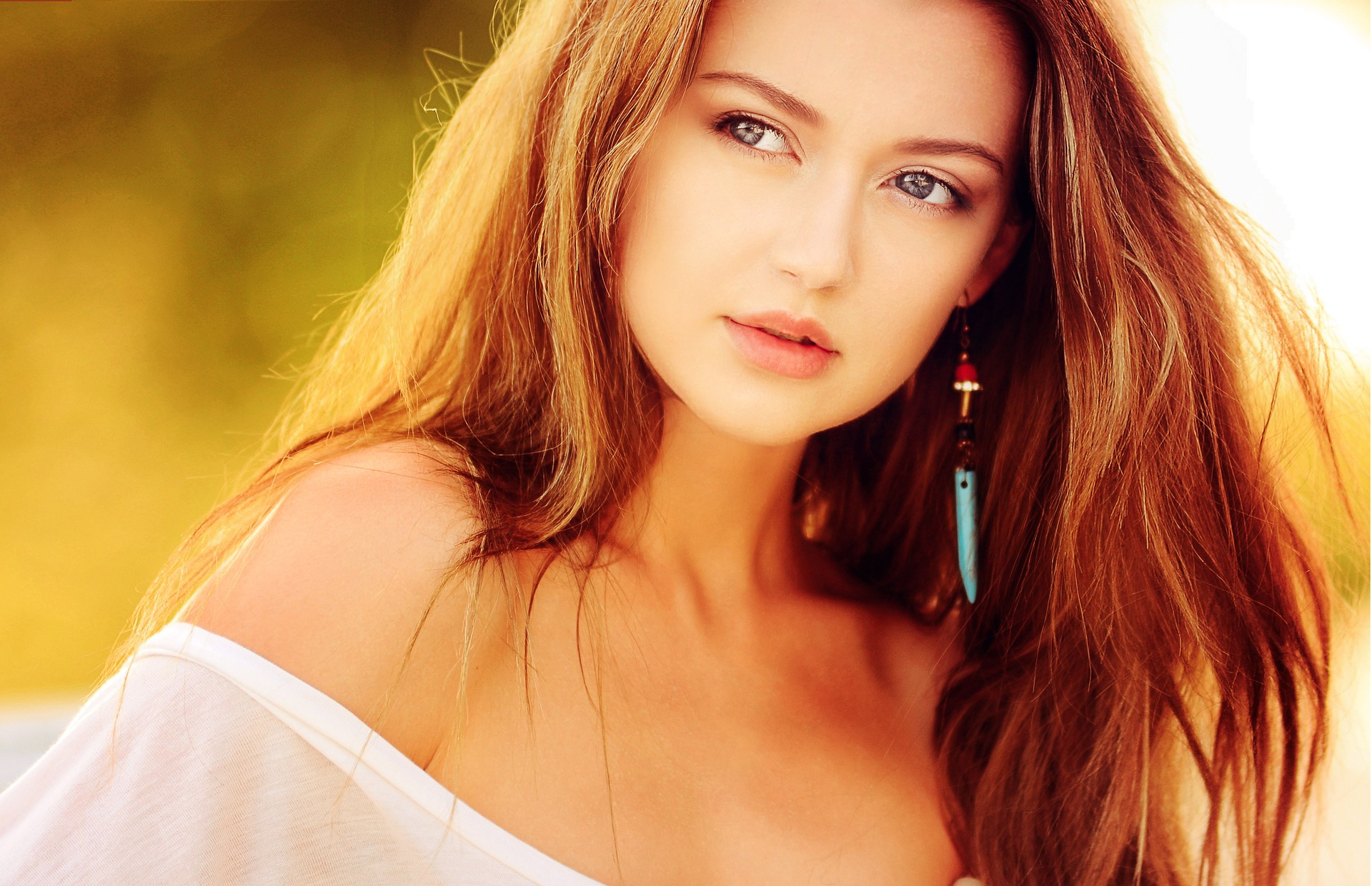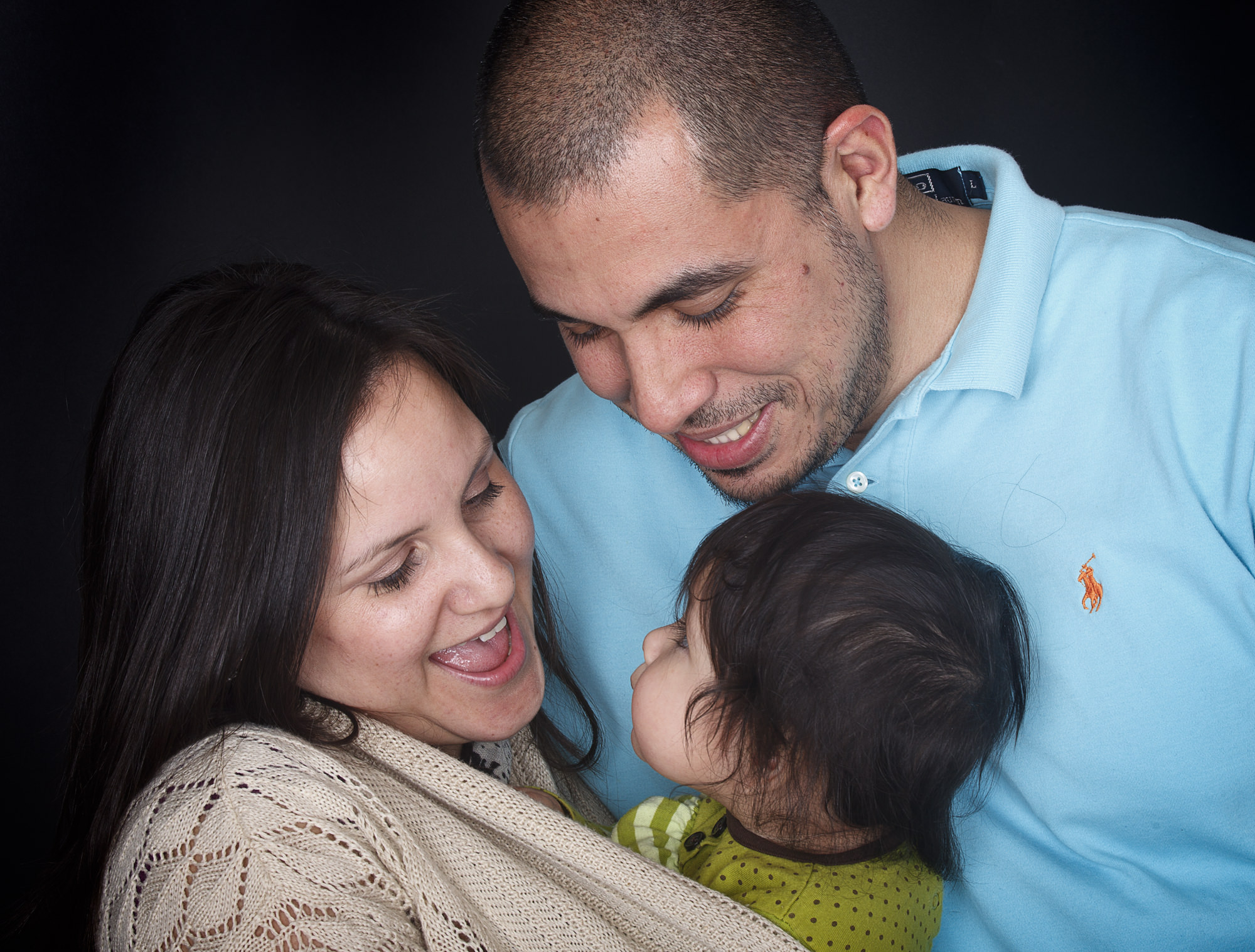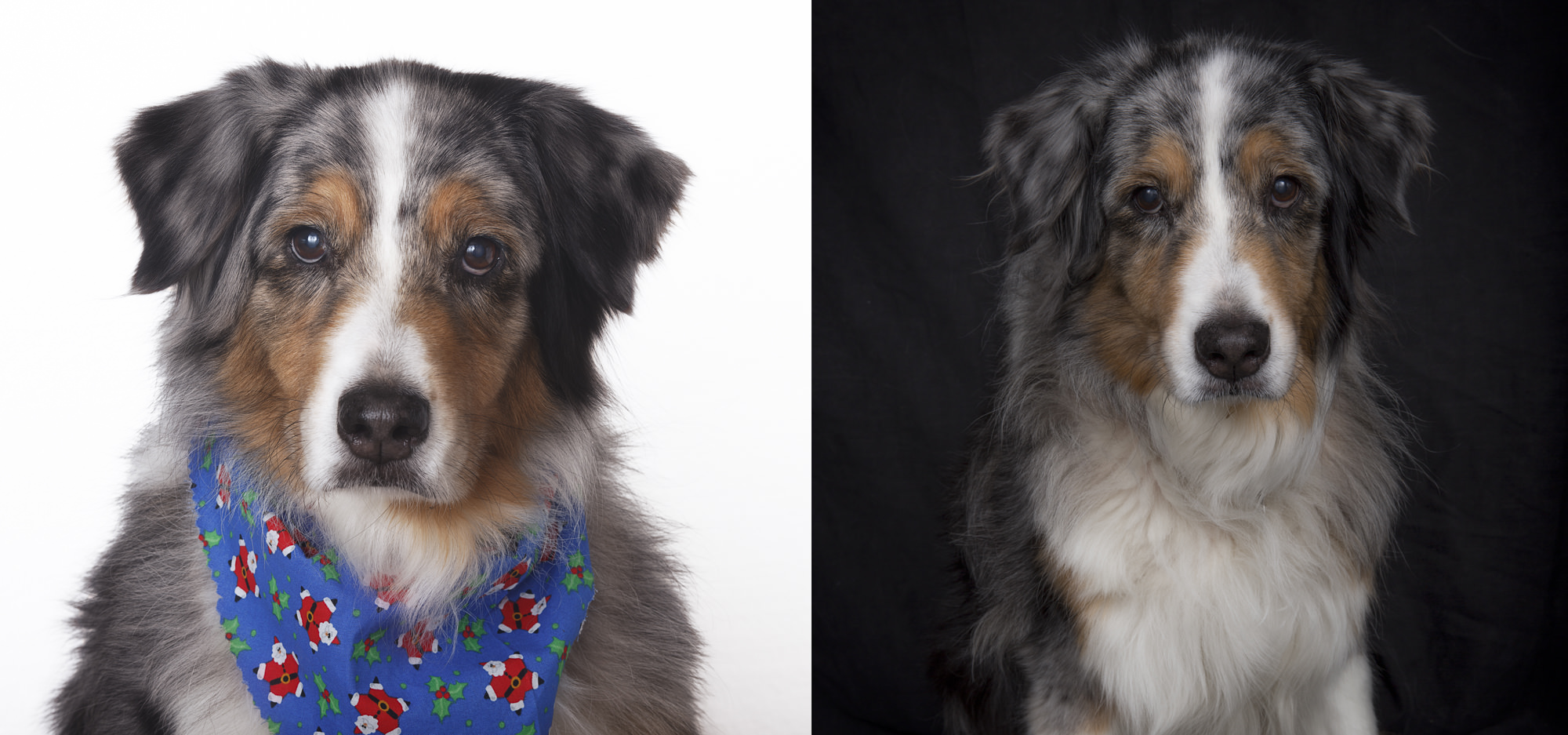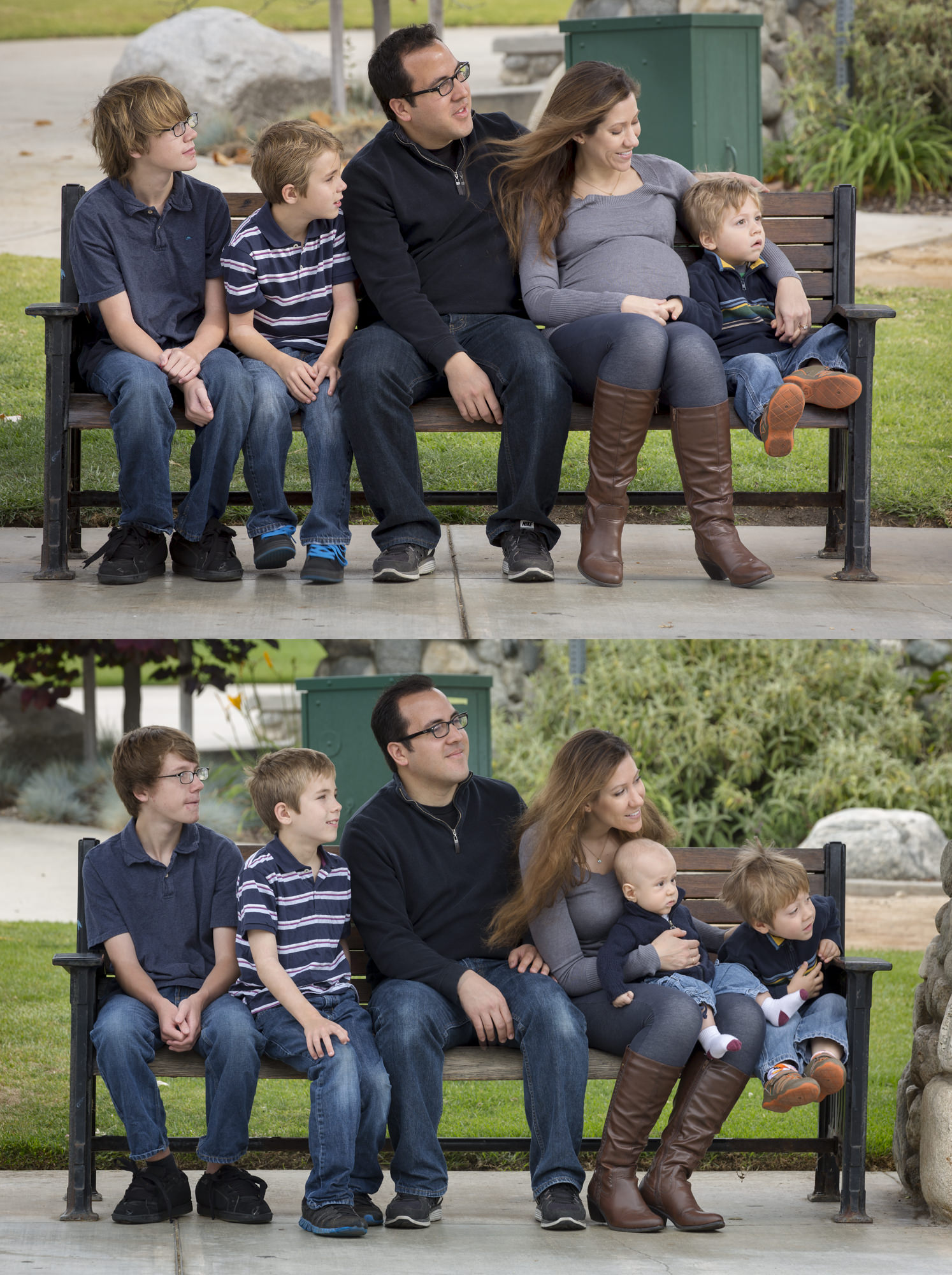It’s a given that professional photography equipment enhances every artist’s workflow and is an absolute joy to work with. However, professional tools aren’t the only things that can help you become a better photo-taker. There are many unlikely things in our homes which have the potential to add an extra touch of creativity to our work. Some obvious things, like lamps and mirrors, are often used by creatives because of their interesting ways of either creating or reflecting light. Other things, though occasionally used by artists, aren’t as popular. One of these handy little photo instruments can be found in almost every person’s kitchen: cellophane.
You might be wondering how cellophane, a transparent sheet mostly used for the preservation of food, can be used in the world of photography. You may have noticed that despite the sheet’s transparency, it can quickly become opaque when crumpled up. This haziness is ideal for the creation of enchanting photographs of all types. Whether you’re photographing animals, people, or something entirely different, cellophane can help you experiment with textures and clarity. This experimentation will compel your mind to absorb new ways of thinking creatively. In turn, these innovative ways of thinking will allow you to become a better, more observant, and more open-minded photographer with a bountiful supply of initiative.
Cellophane can be used in limitless ways, depending on your imagination. Though the following tips will help you look at photography from a creatively peculiar point of view, don’t stop there. Let these ideas be the foundation for even more fascinating and striking ideas.


Using cellophane to take photographs with blurred edges
If you want your images to be sharp with a vignette of blurriness, cut your cellophane into a square that’s a little larger than your camera lens. Afterward, proceed to cut a hole in the center of the square – its size depends on how unclear you want the edges to be. The smaller the cut in the center, the blurrier your image will appear and the more challenging it will be to get sharp results. Once you’re happy with the results, wrap the cellophane square around your lens, making sure that the cut-out hole is placed roughly at the center of the lens.
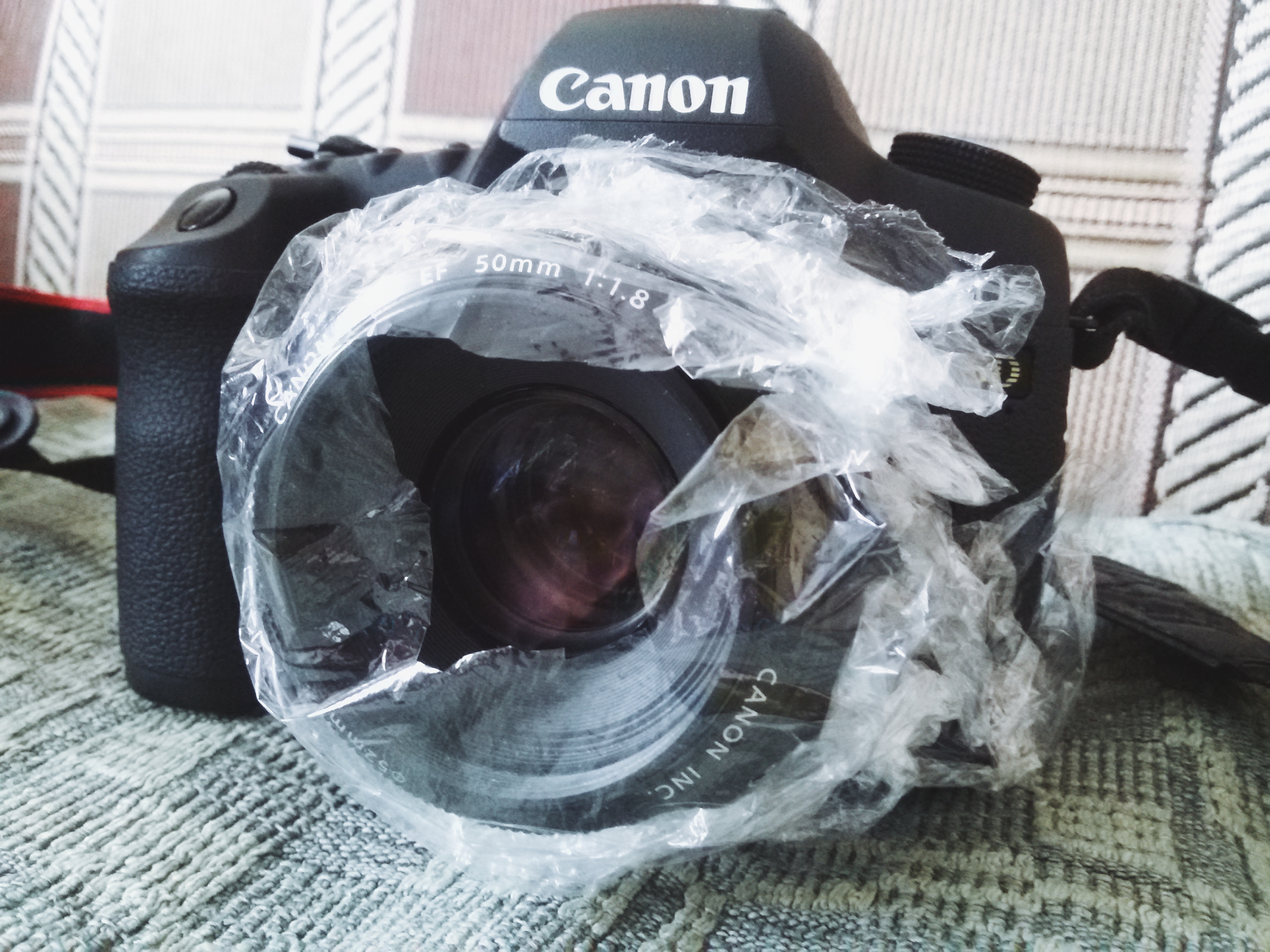
Something to keep in mind is that it might be difficult to focus your lens manually due to the tightly wrapped cellophane. To make focusing easier, don’t wrap the cellophane square around your entire lens and leave some space for your fingers to change the focus. Though using tape is optional, it could prevent the cellophane from constantly falling off. Remember that it doesn’t have to be perfect or visually appealing since the effect itself is the most important part.
Using cellophane to take unclear yet dreamy photographs
To create photographs that are beautifully textured yet slightly unclear, cover your lens with cellophane in the same way as the previous method, but without the cut-out hole. Again, wrap it in such a way that will give you the opportunity to manually focus your lens. If you use auto-focus, loosely wrap the cellophane around your lens to give it enough space to find the right sharpness. The effect will make your photographs look like they were taken straight out of a dream. A certain level of sharpness will remain, though everything will be covered in a pleasant layer of cellophane fog.
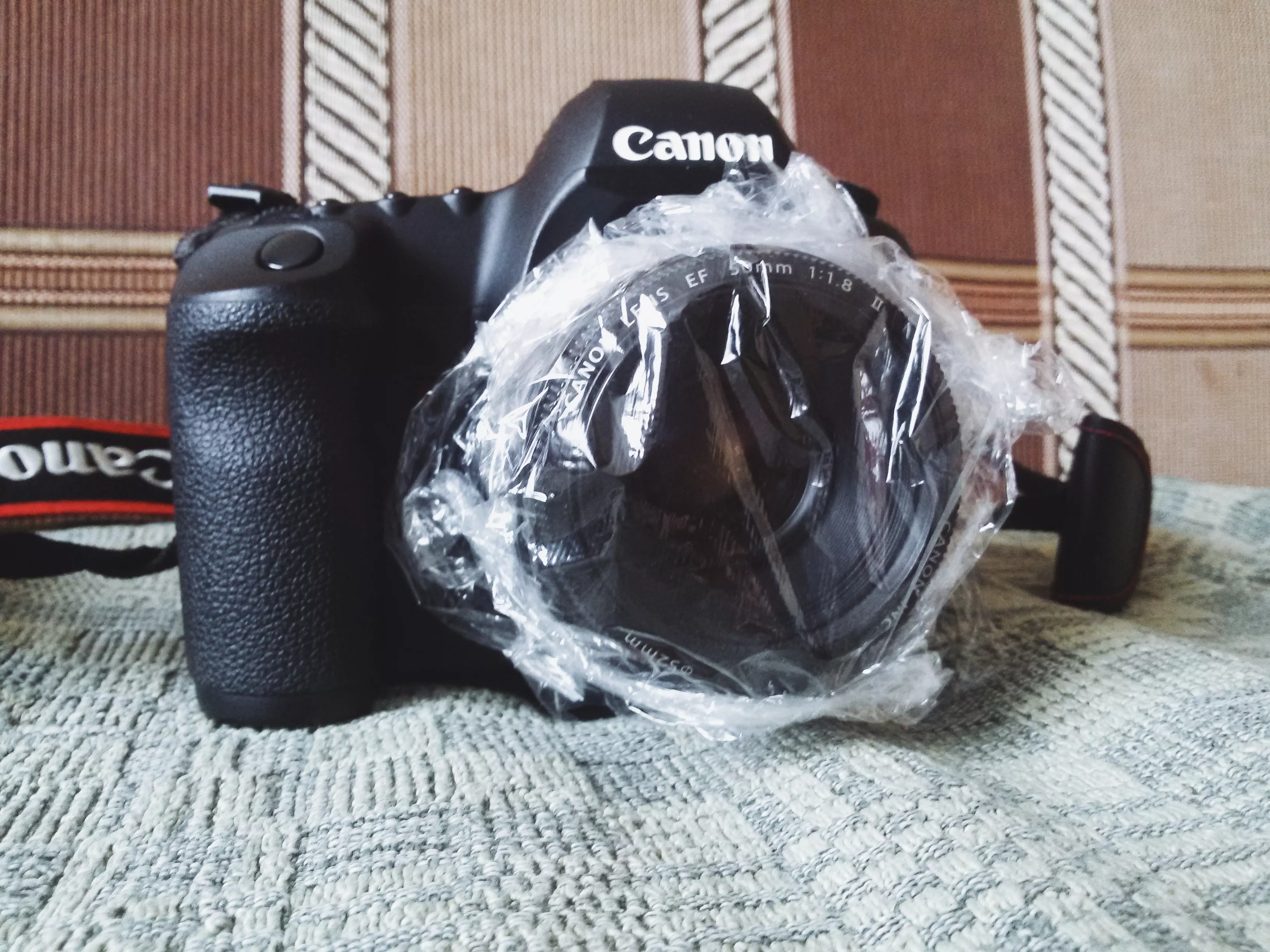
If you want to be even more creative, combine freelensing with cellophane. This will result in unique and charming photographs. For more interesting results, crumple up the cellophane before using it. Adding textures to editing programs like Photoshop will further enhance your shots. If you use Lightroom, make sure to apply your favorite preset for even more stunning results. Using all of these tools and features will transform your images into works of art you’re proud of.
 This portrait is a combination of cellophane, free textures, and a Lightroom preset.
This portrait is a combination of cellophane, free textures, and a Lightroom preset.
The beauty of cellophane is its unpredictability. For photographers who are interested in experimenting creatively, this is an exciting chance to grow and to learn new things. No matter what genre of photography you cherish most, use cellophane during one of your shoots. The results might surprise you, teach you new things, or show you a completely new way of looking at photography. Whatever happens, you will be closer to becoming a more experimental and open-minded photographer.
Happy shooting!


